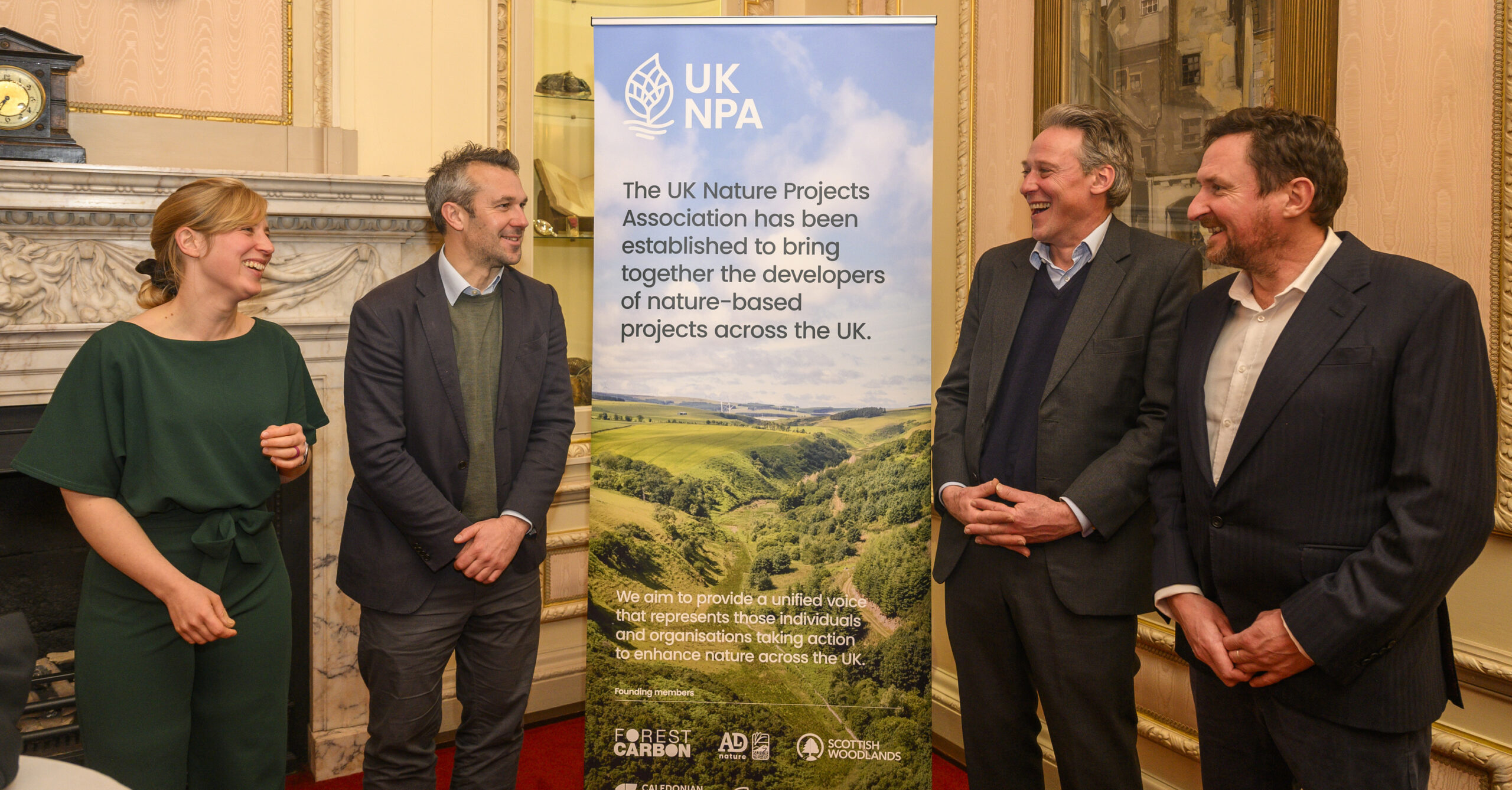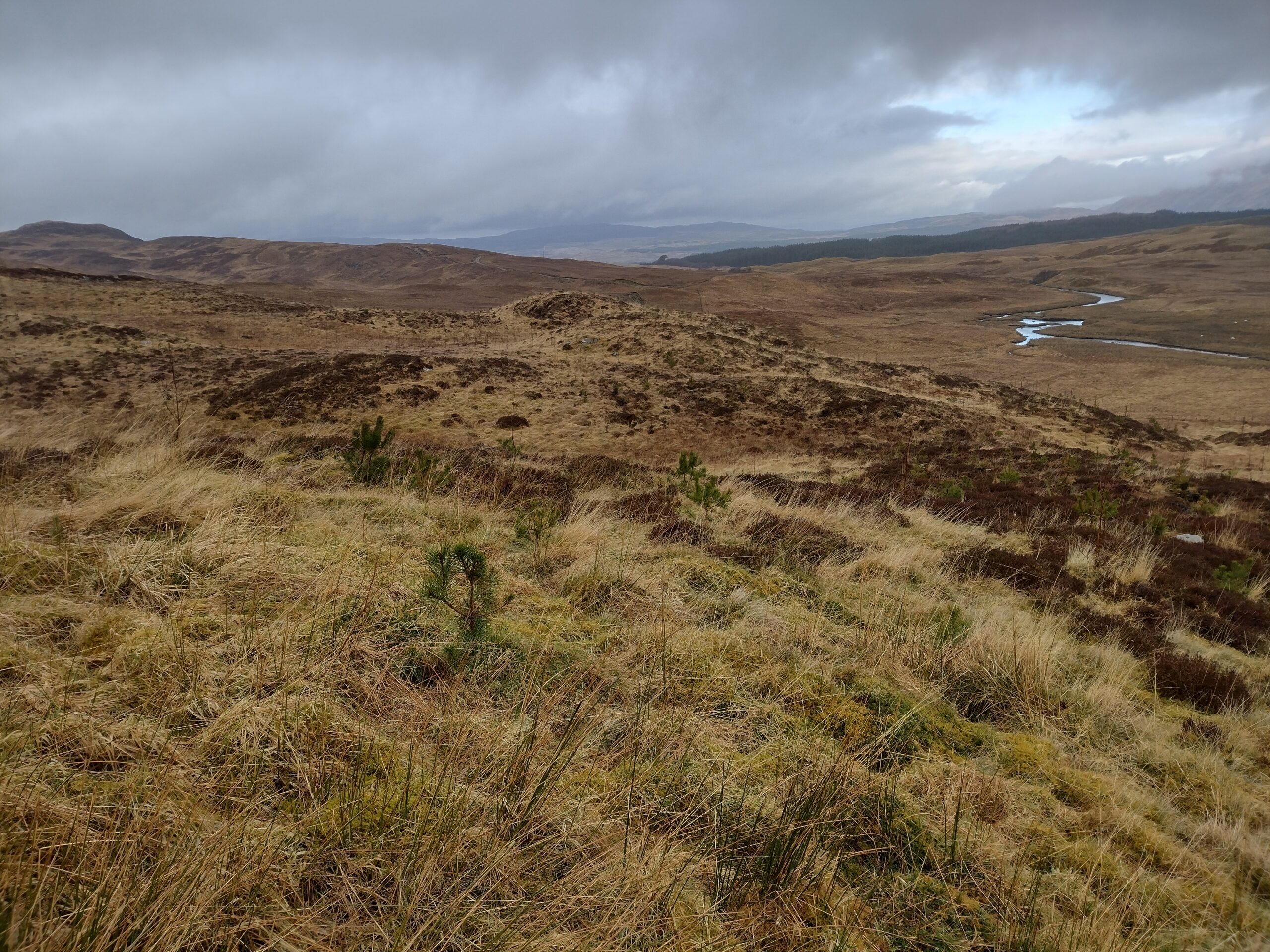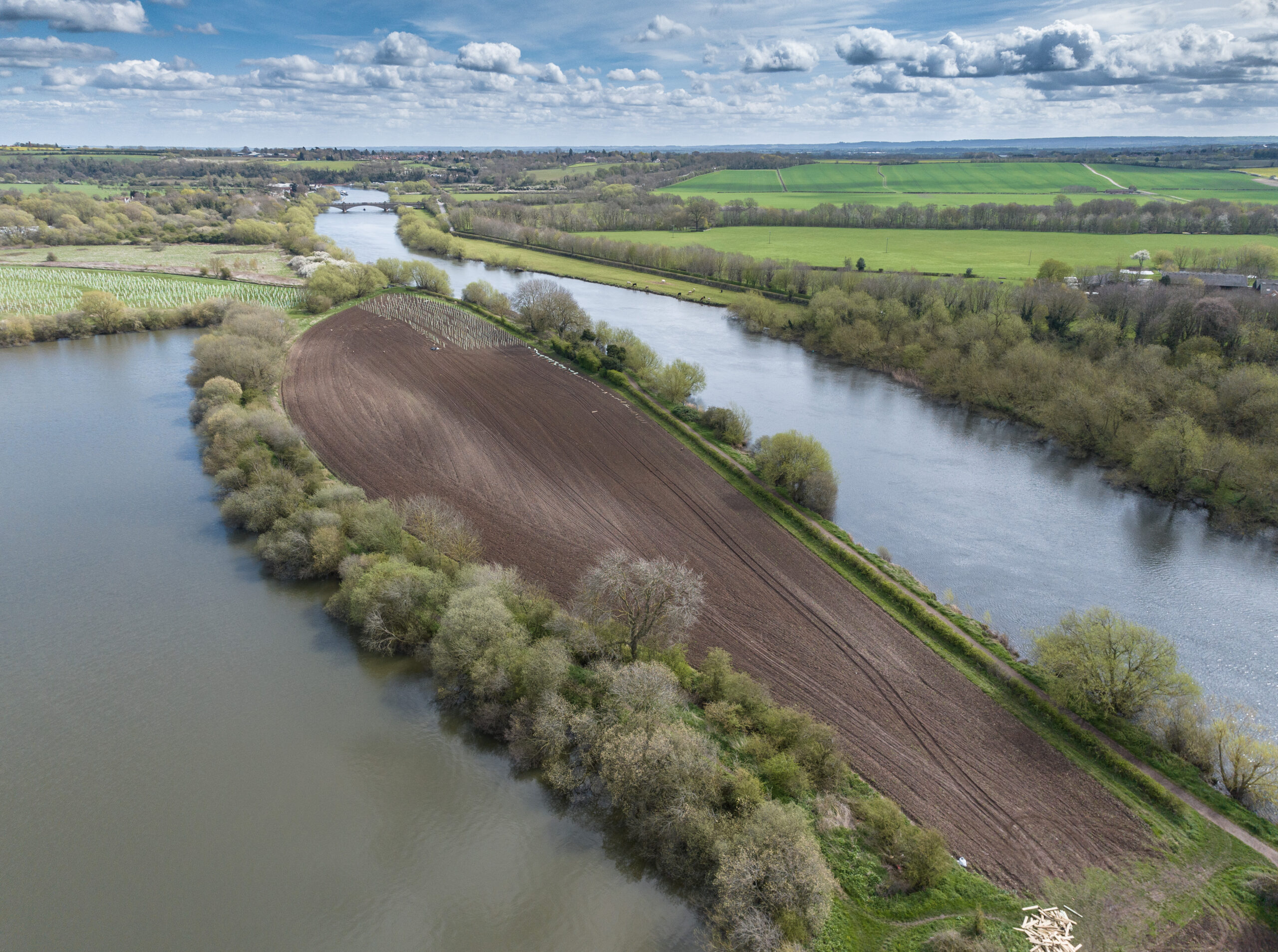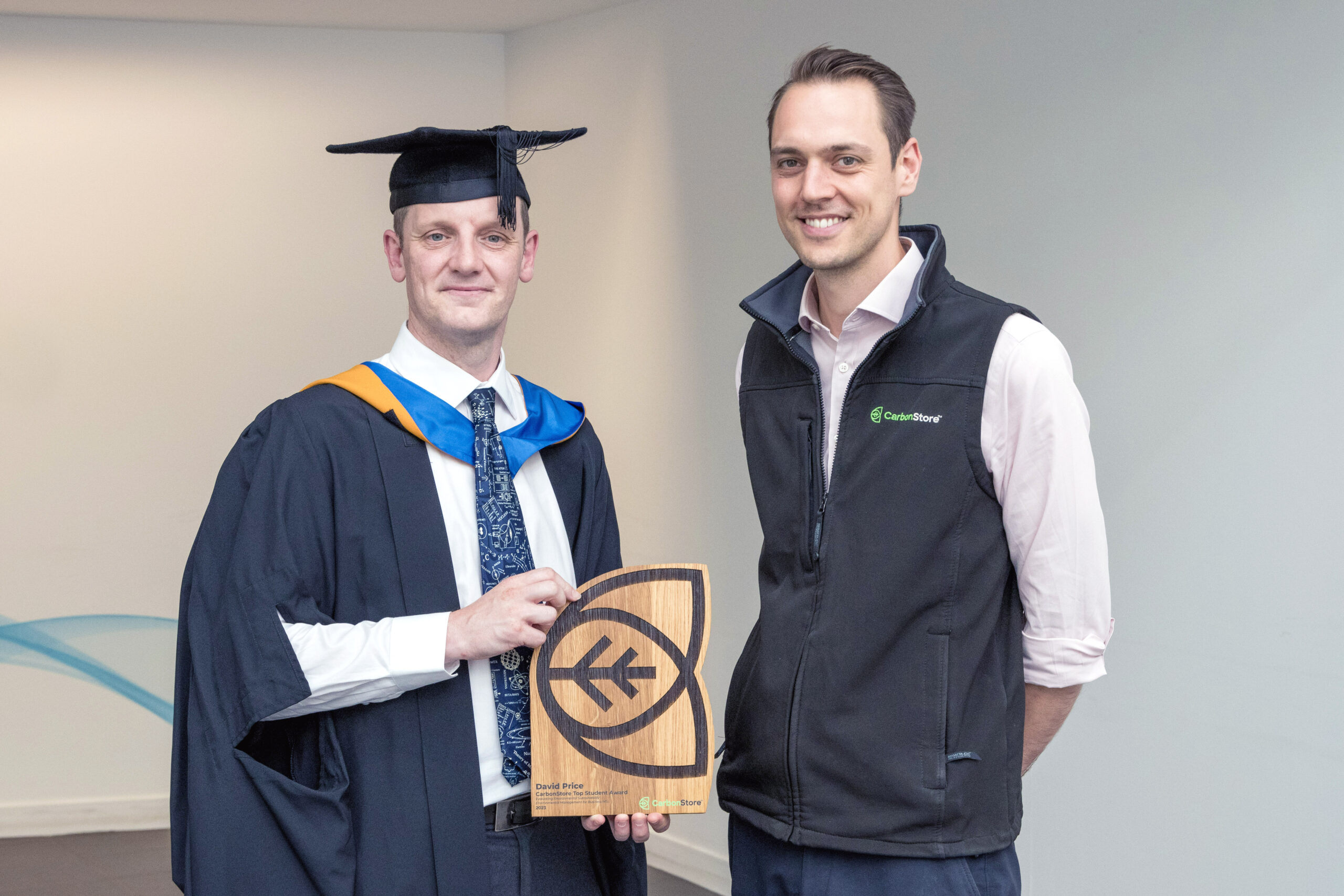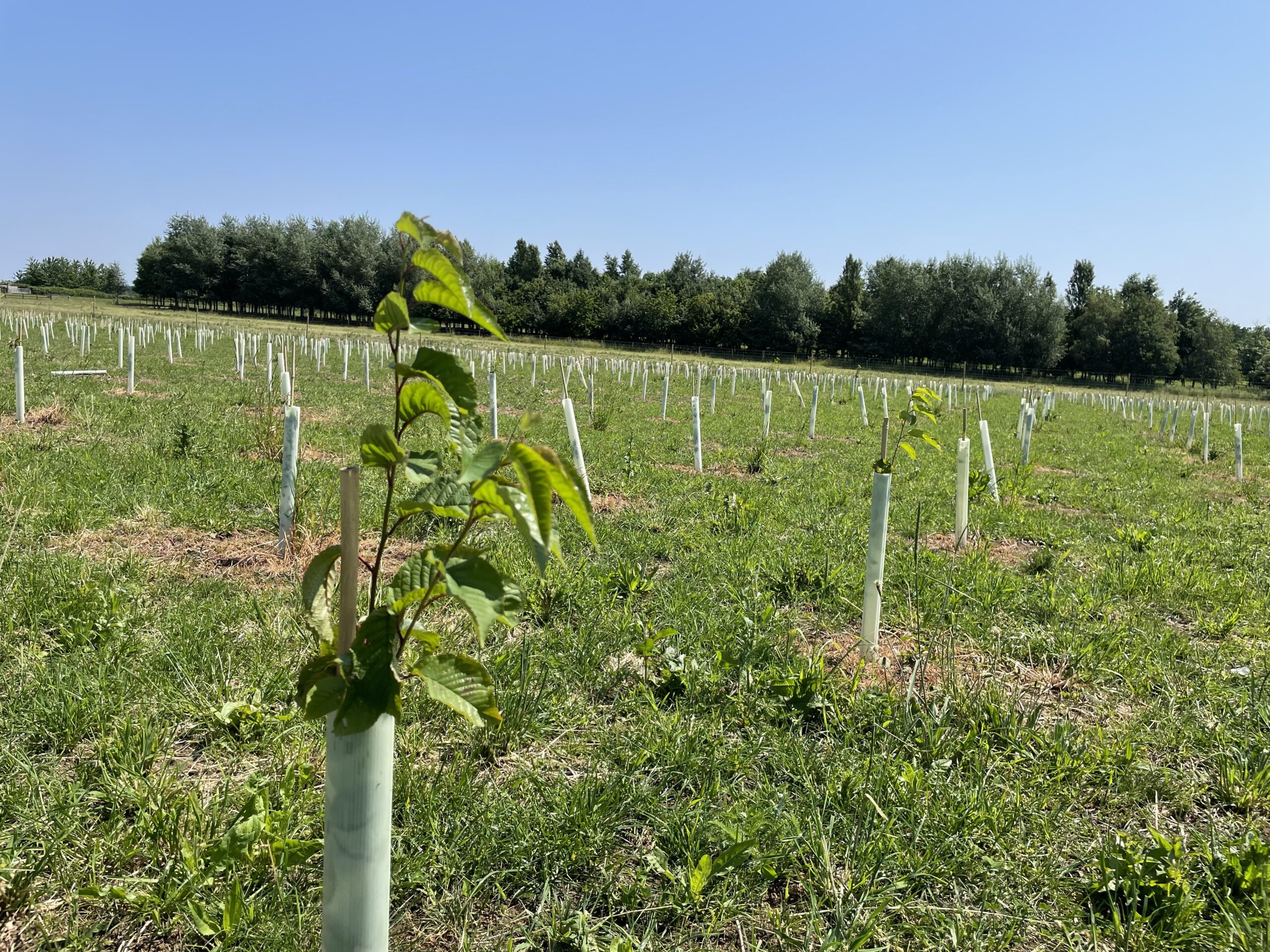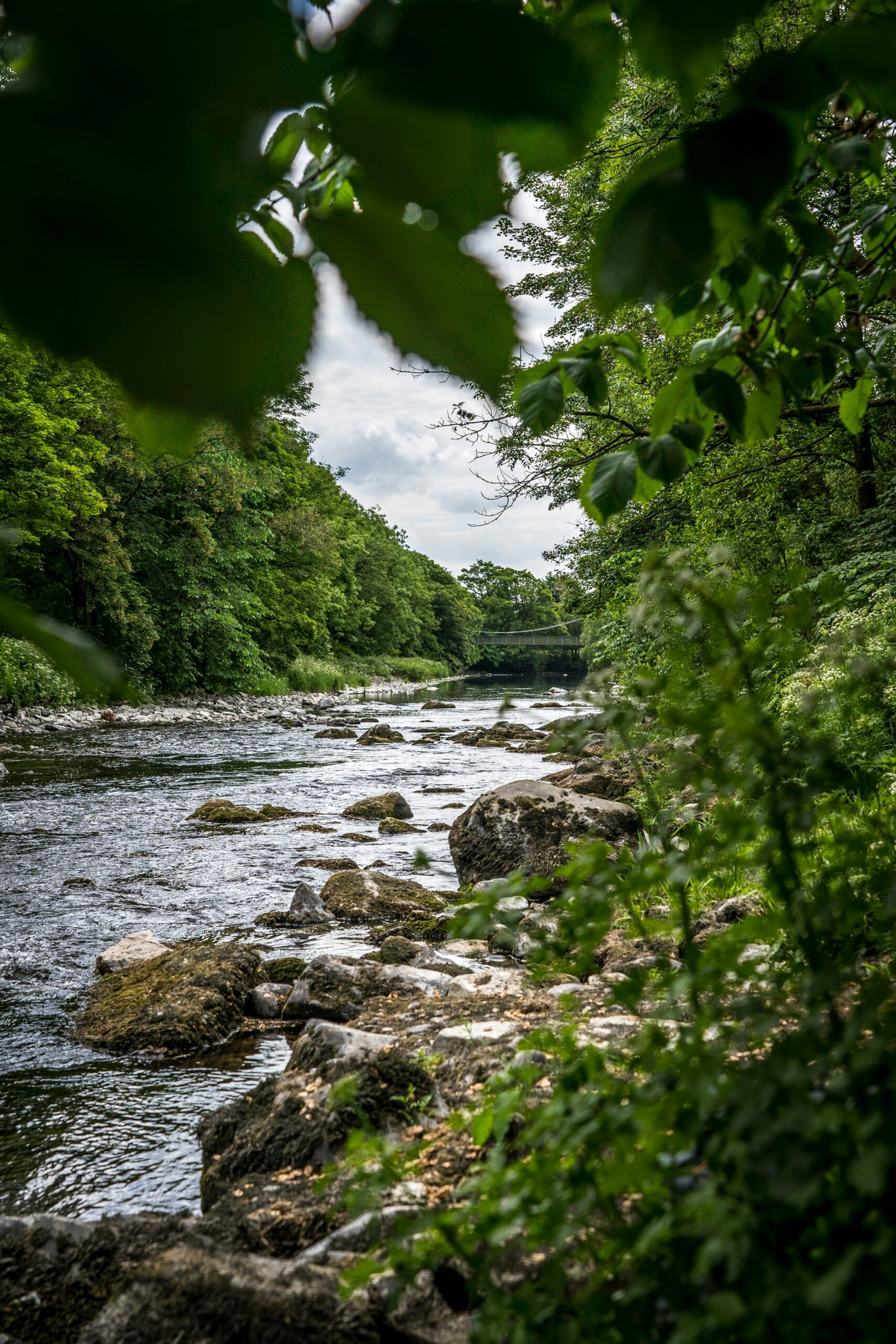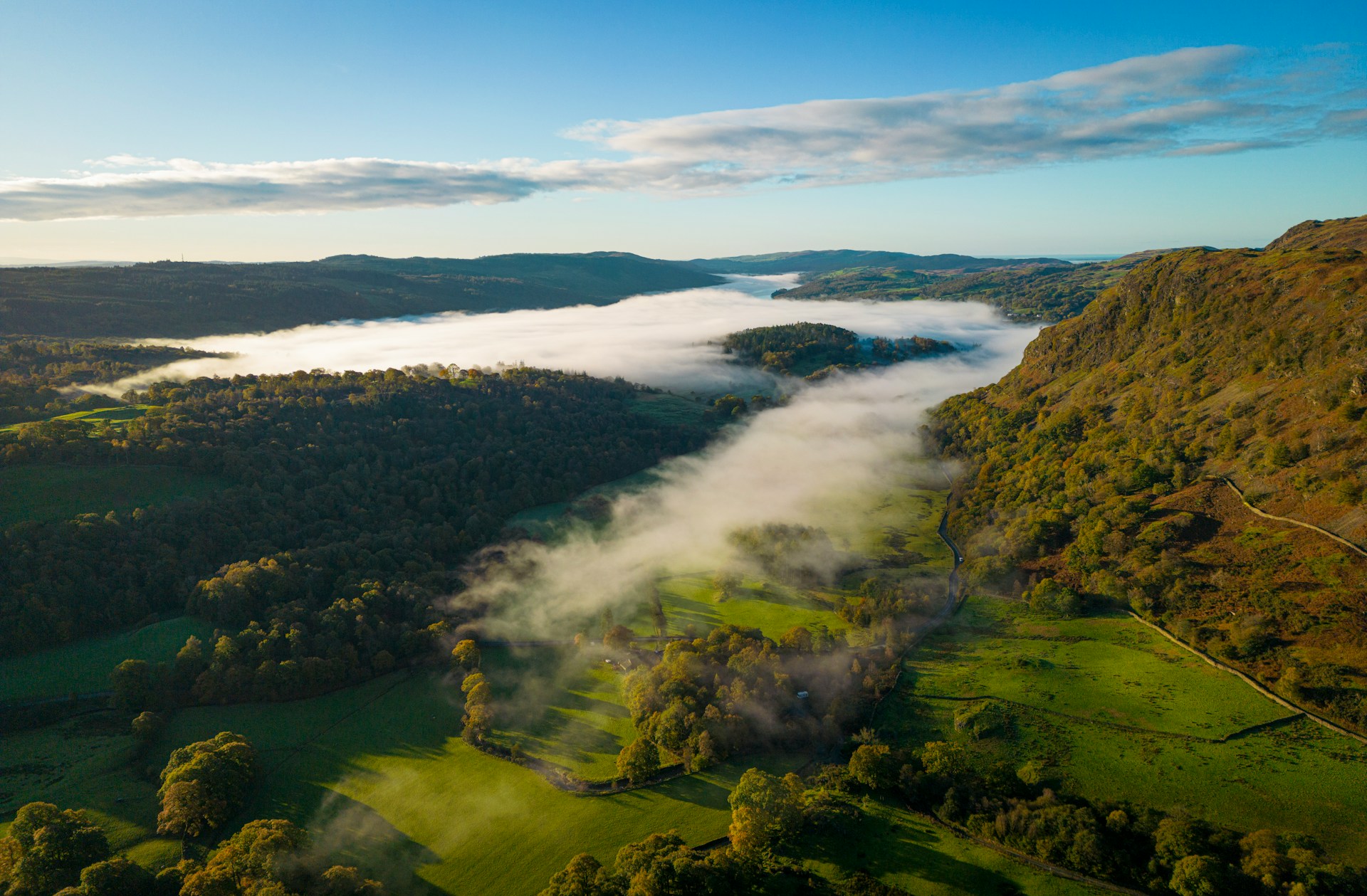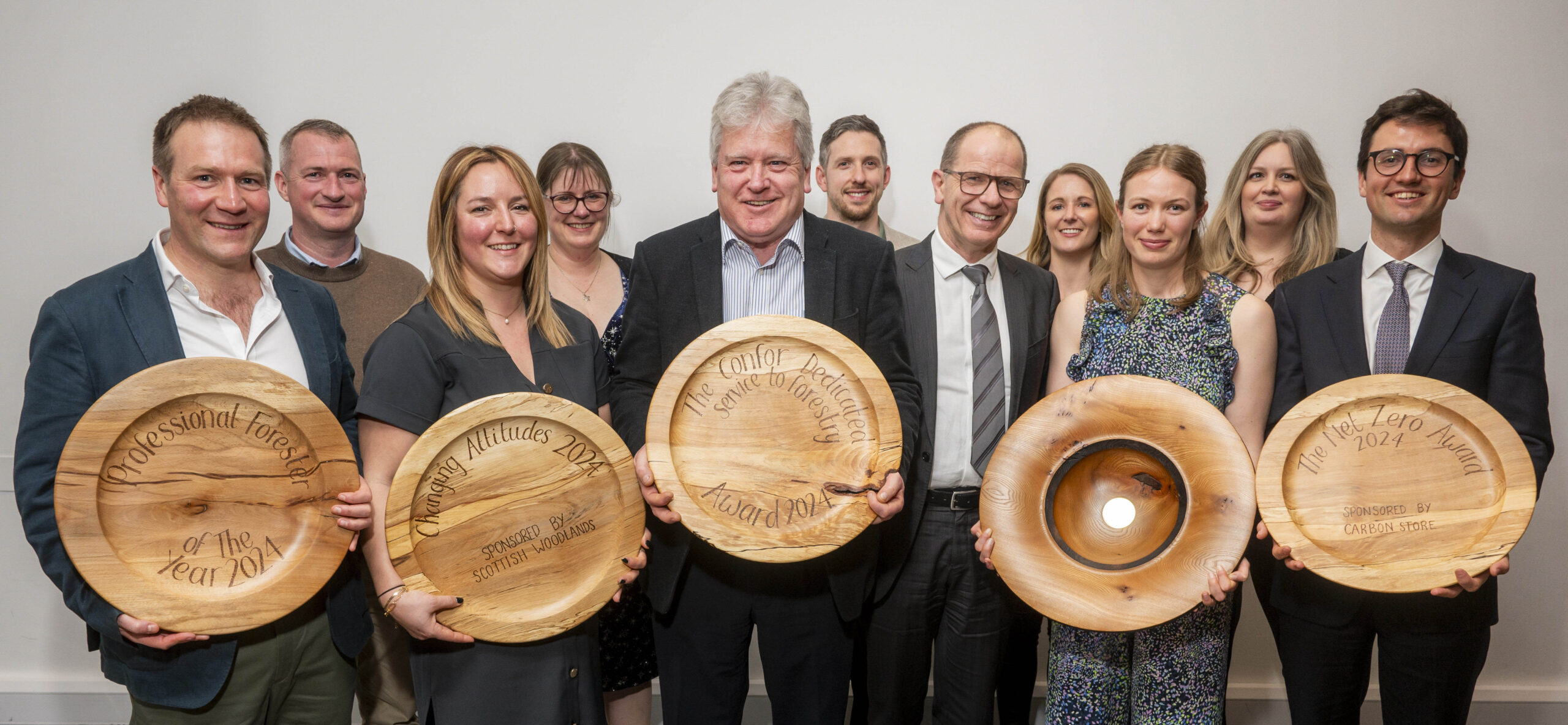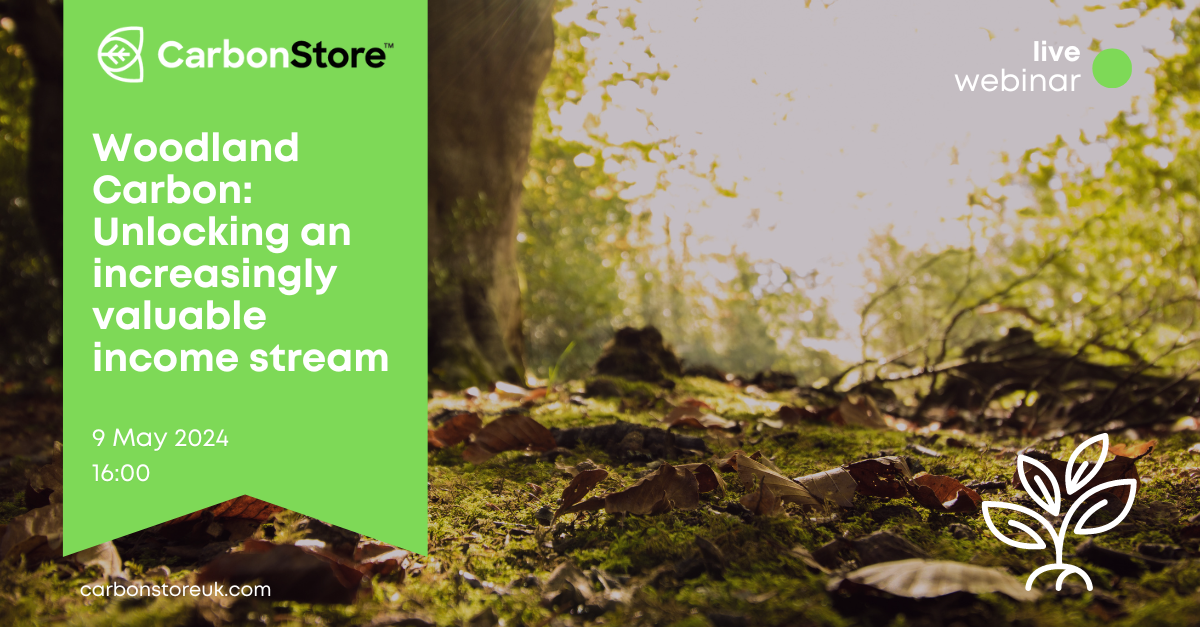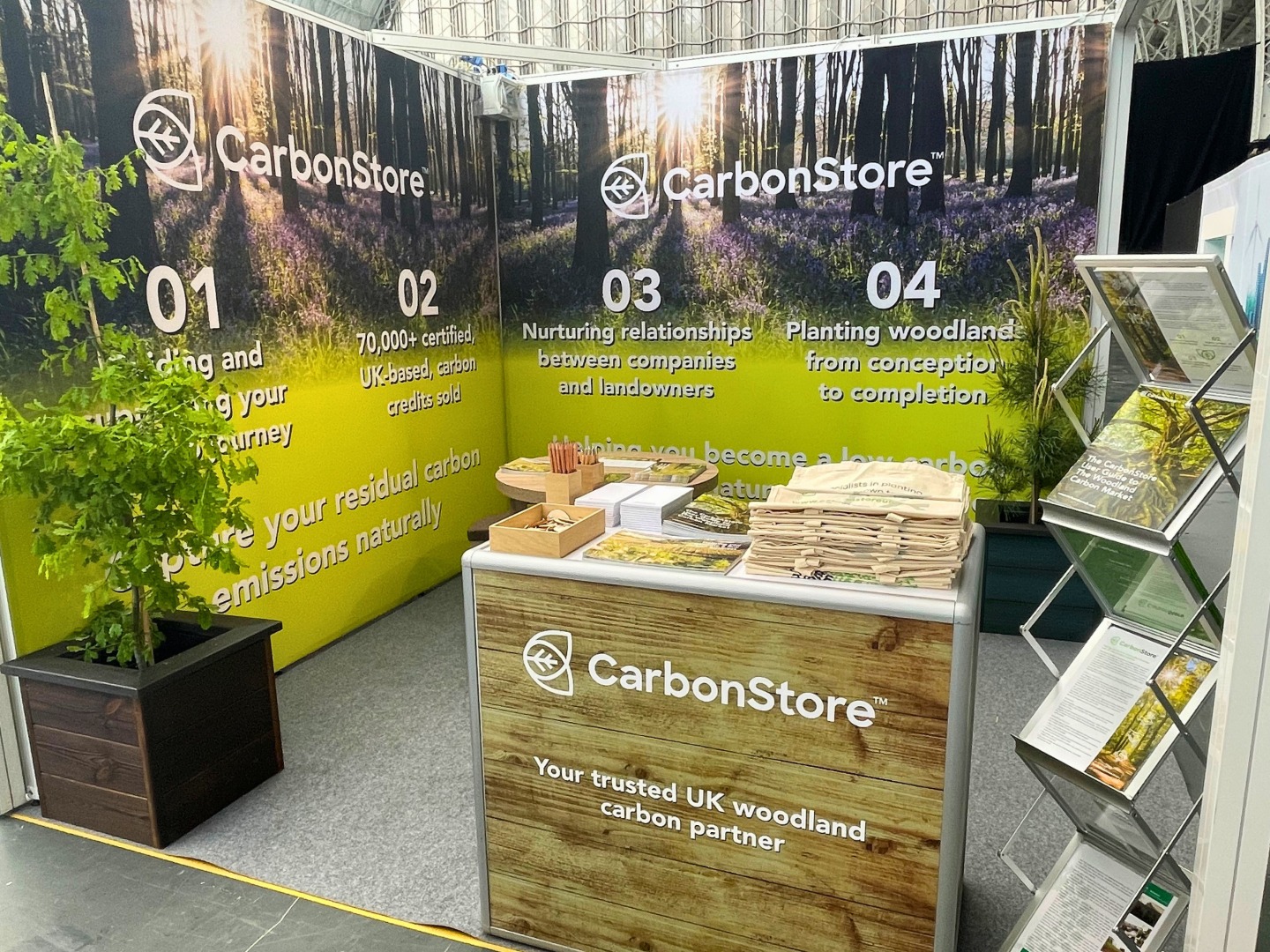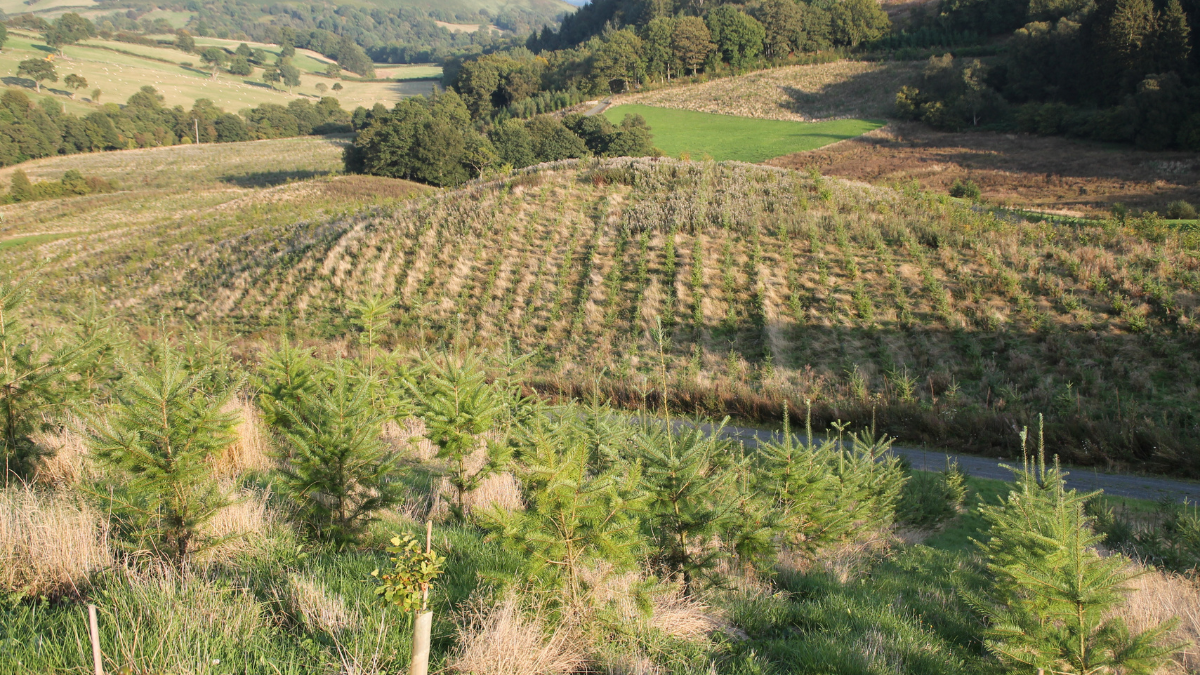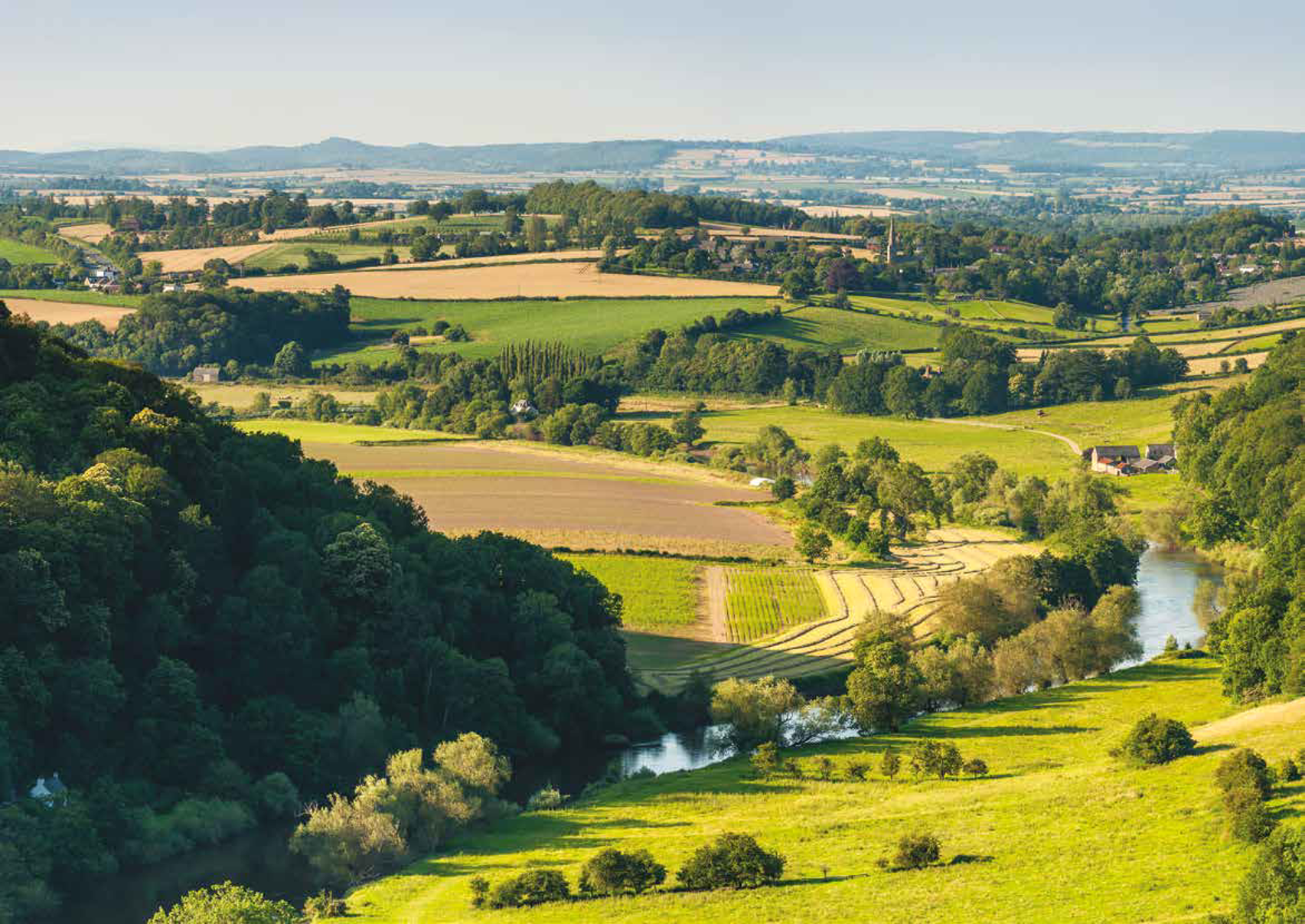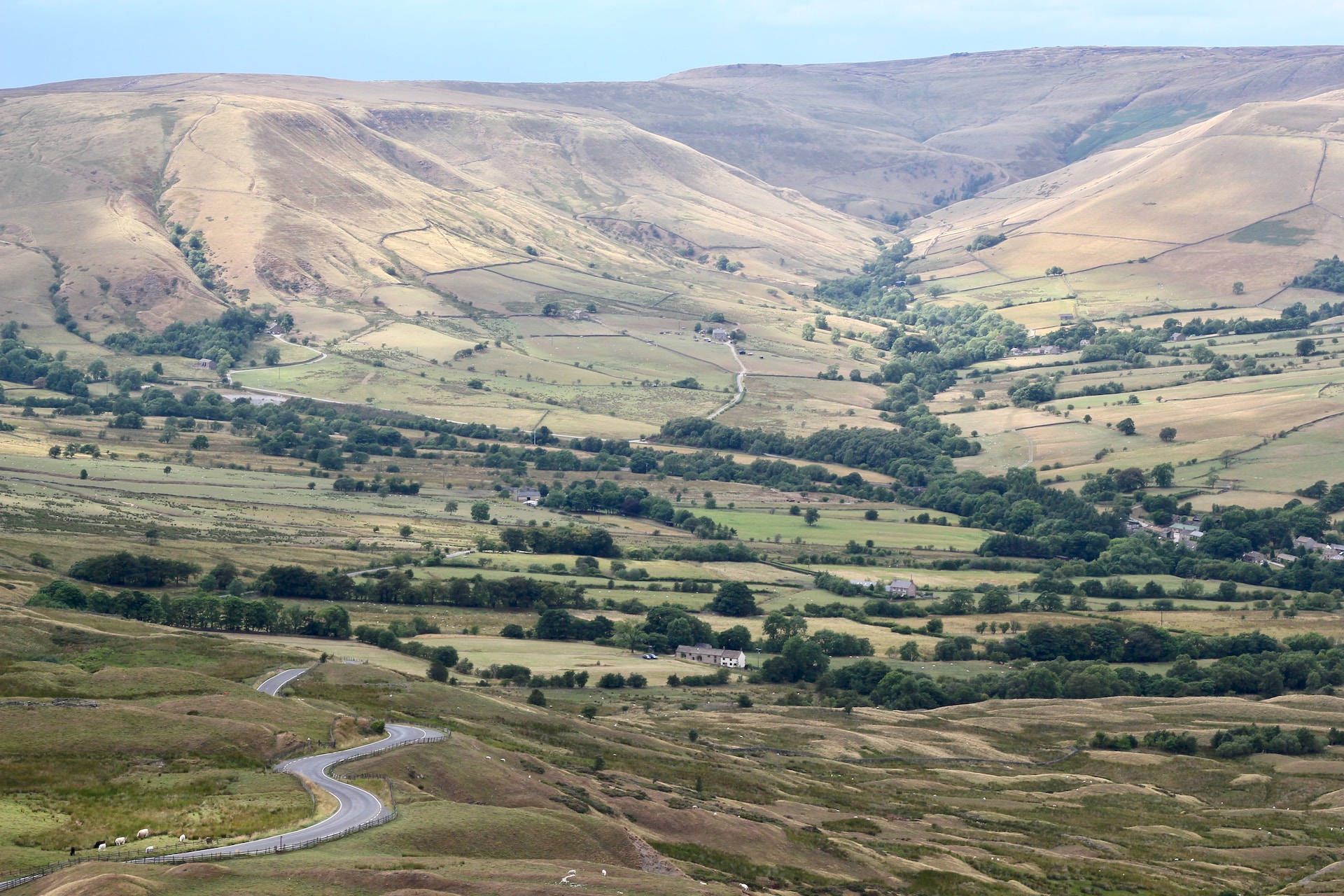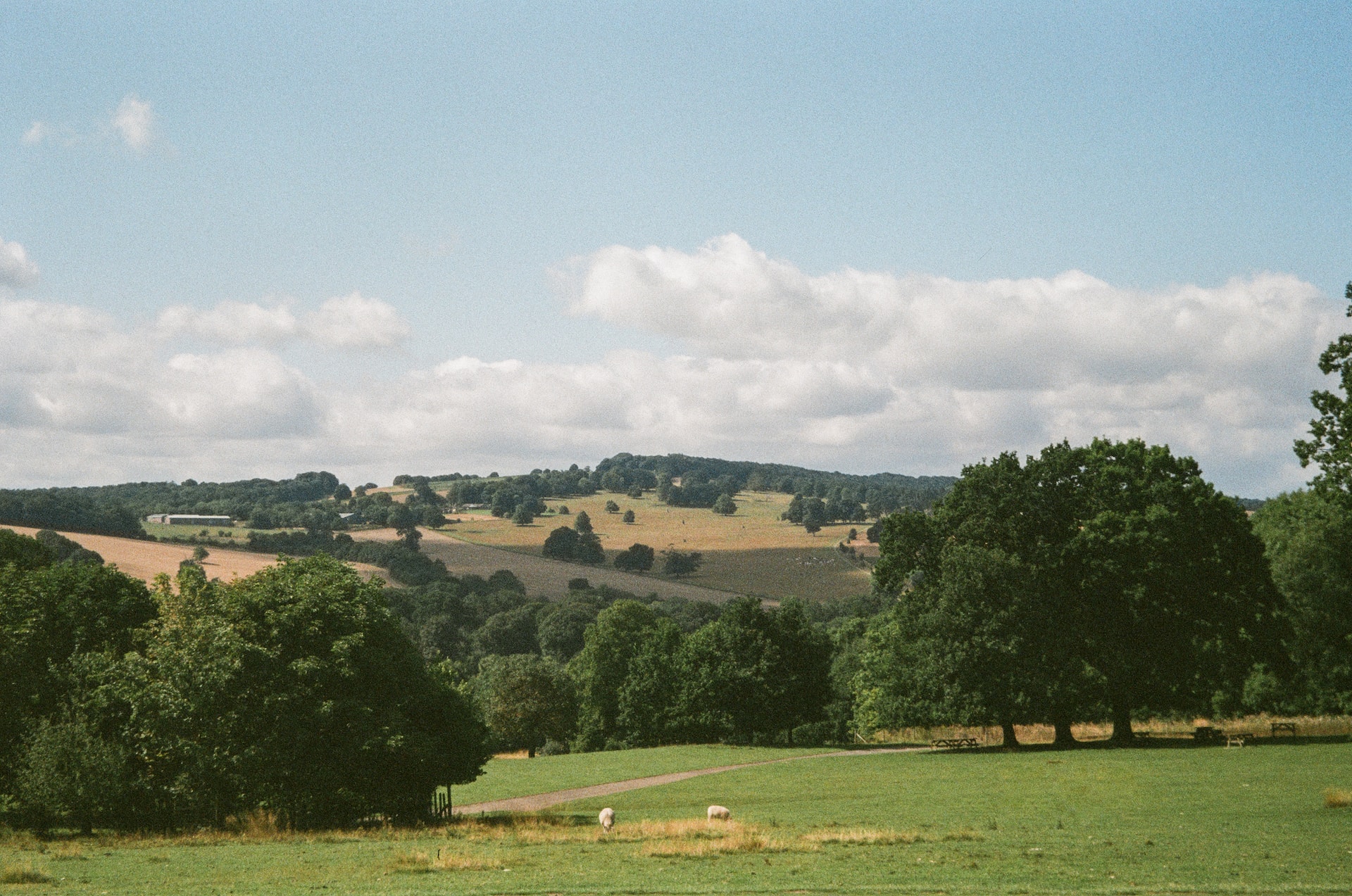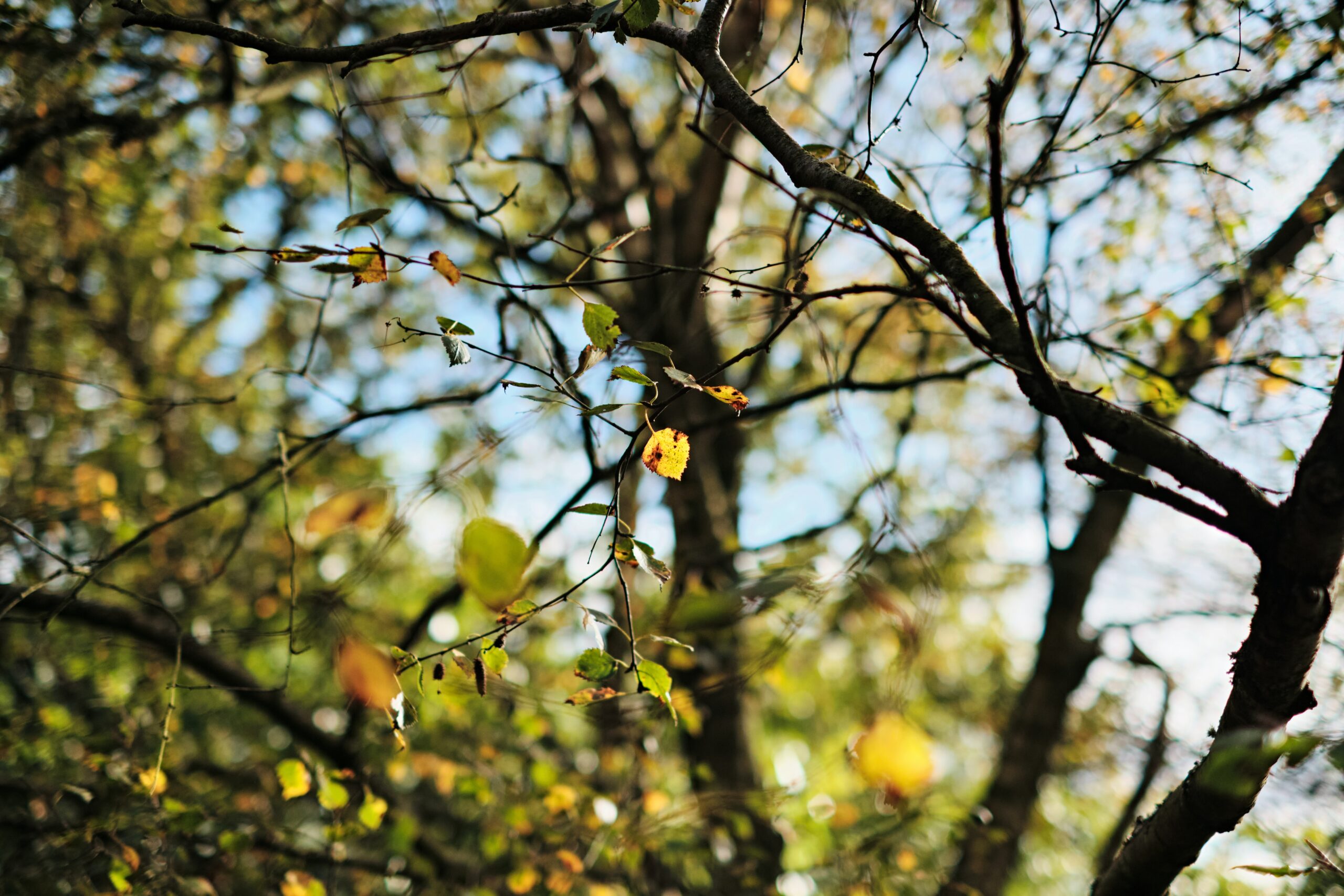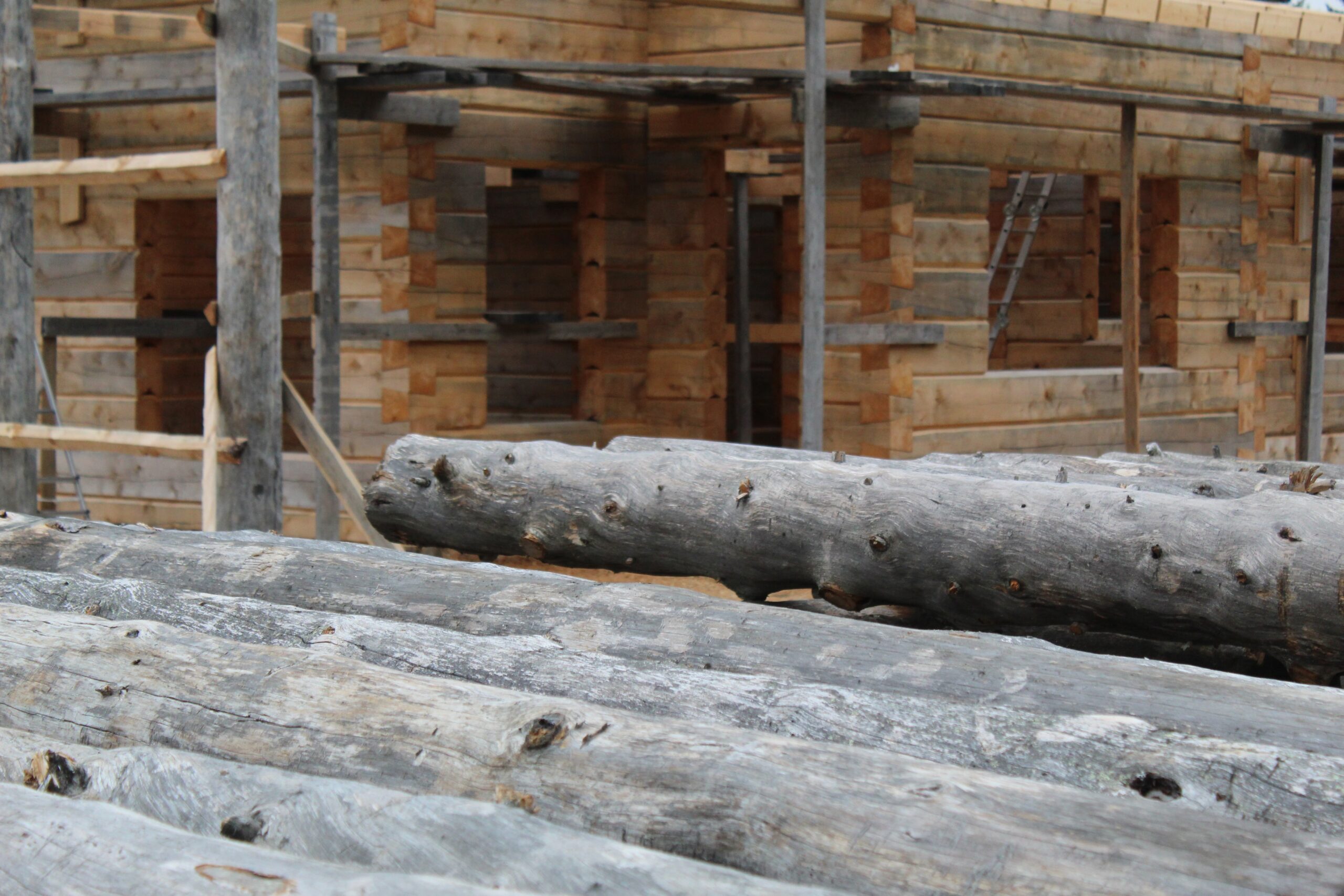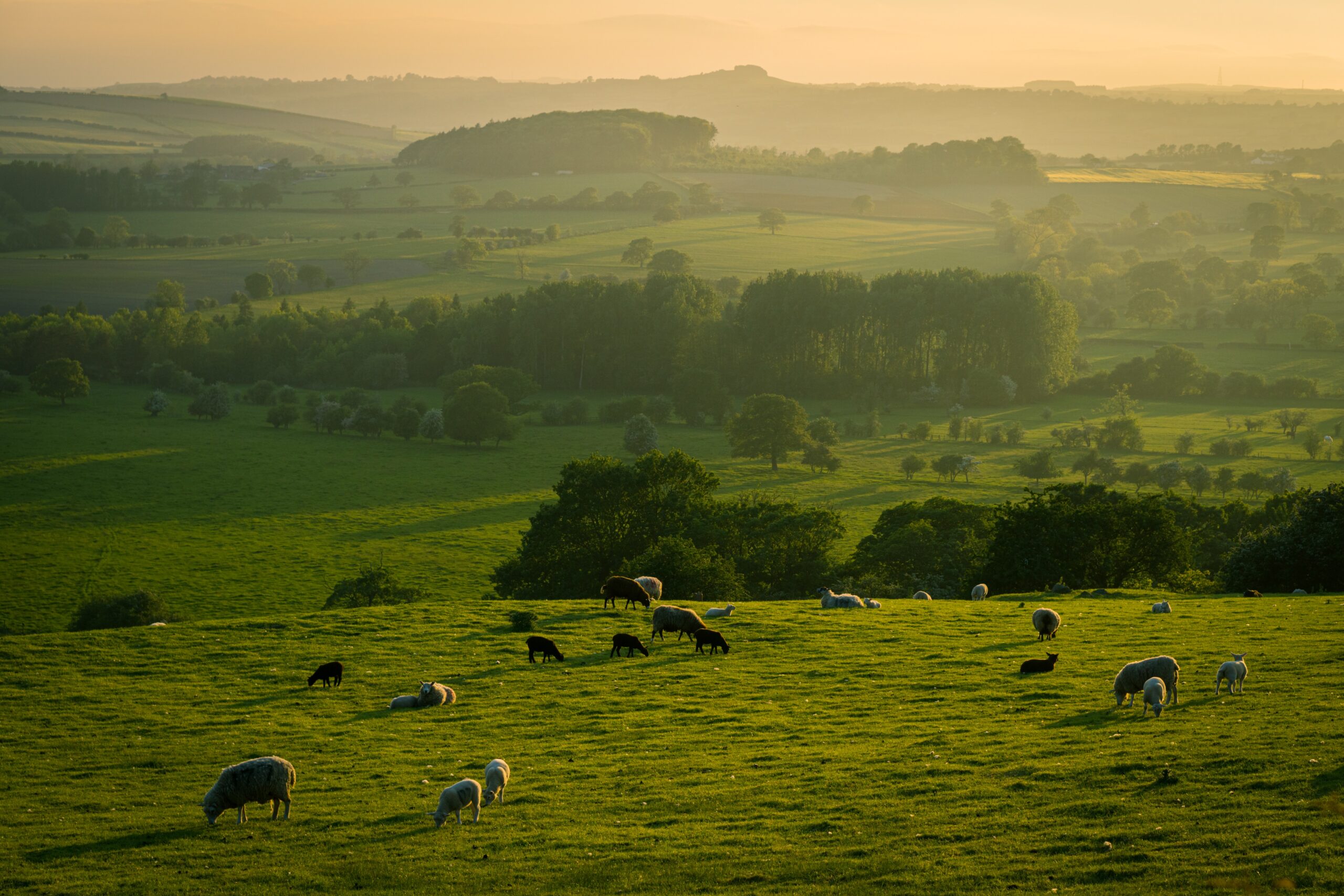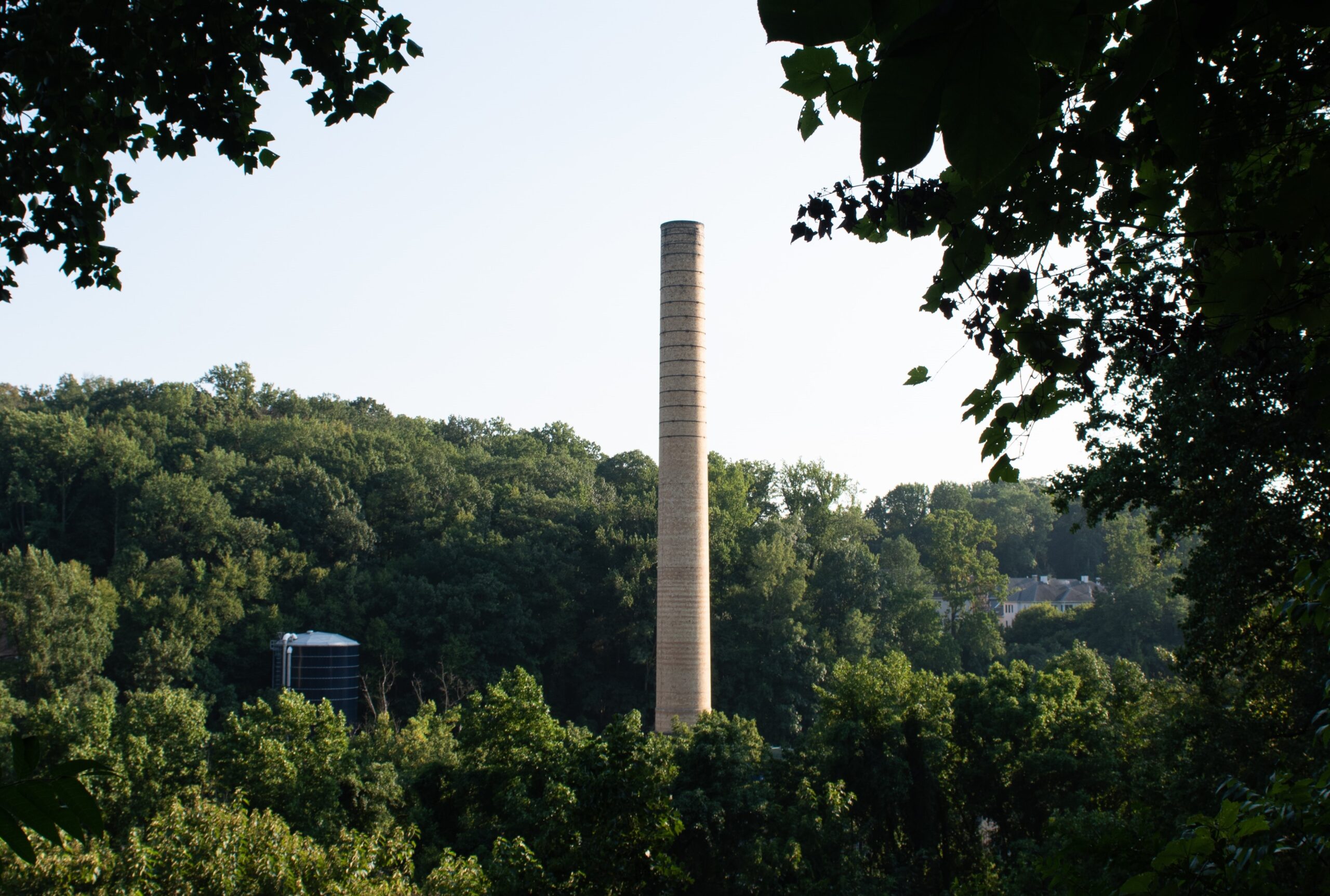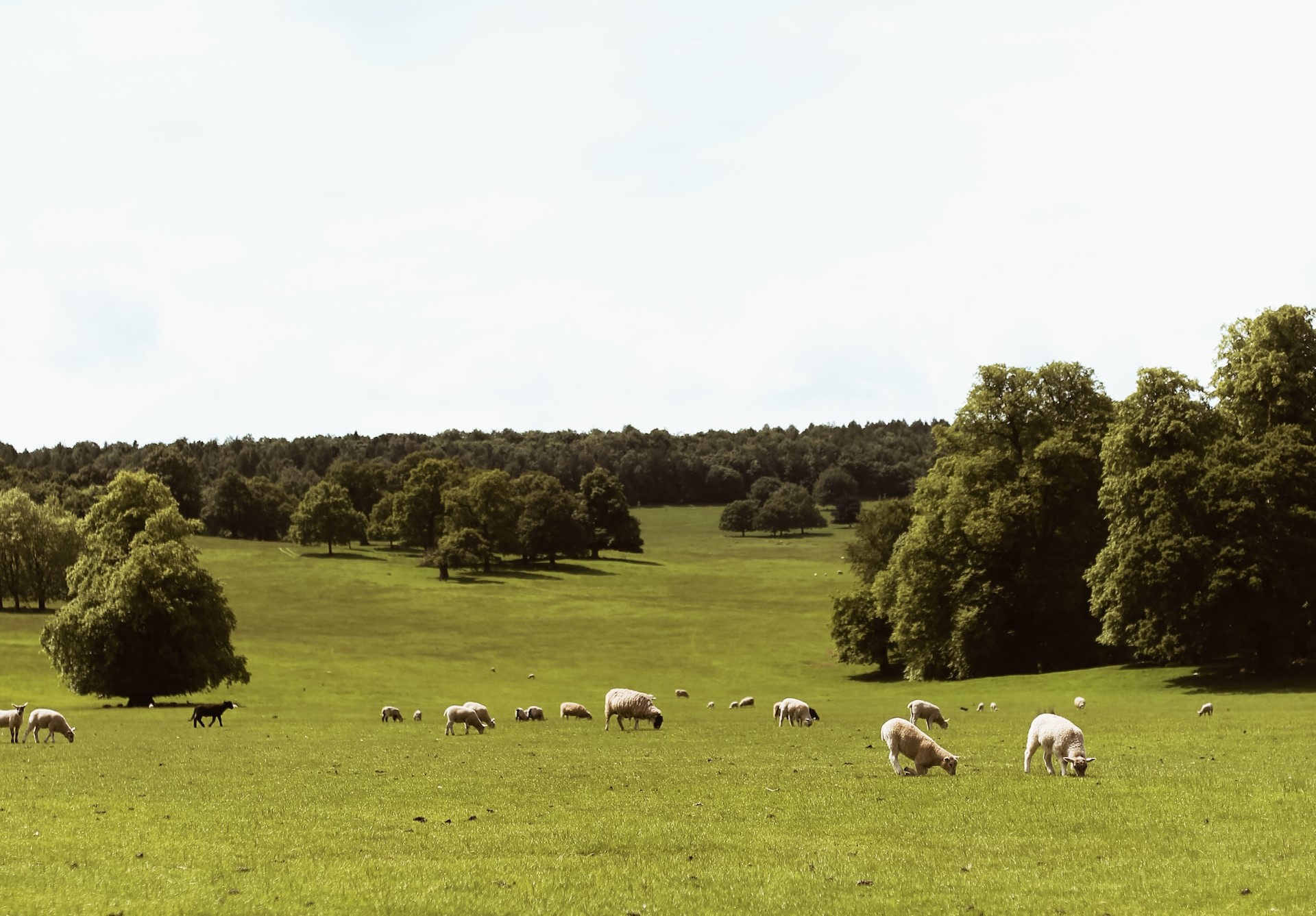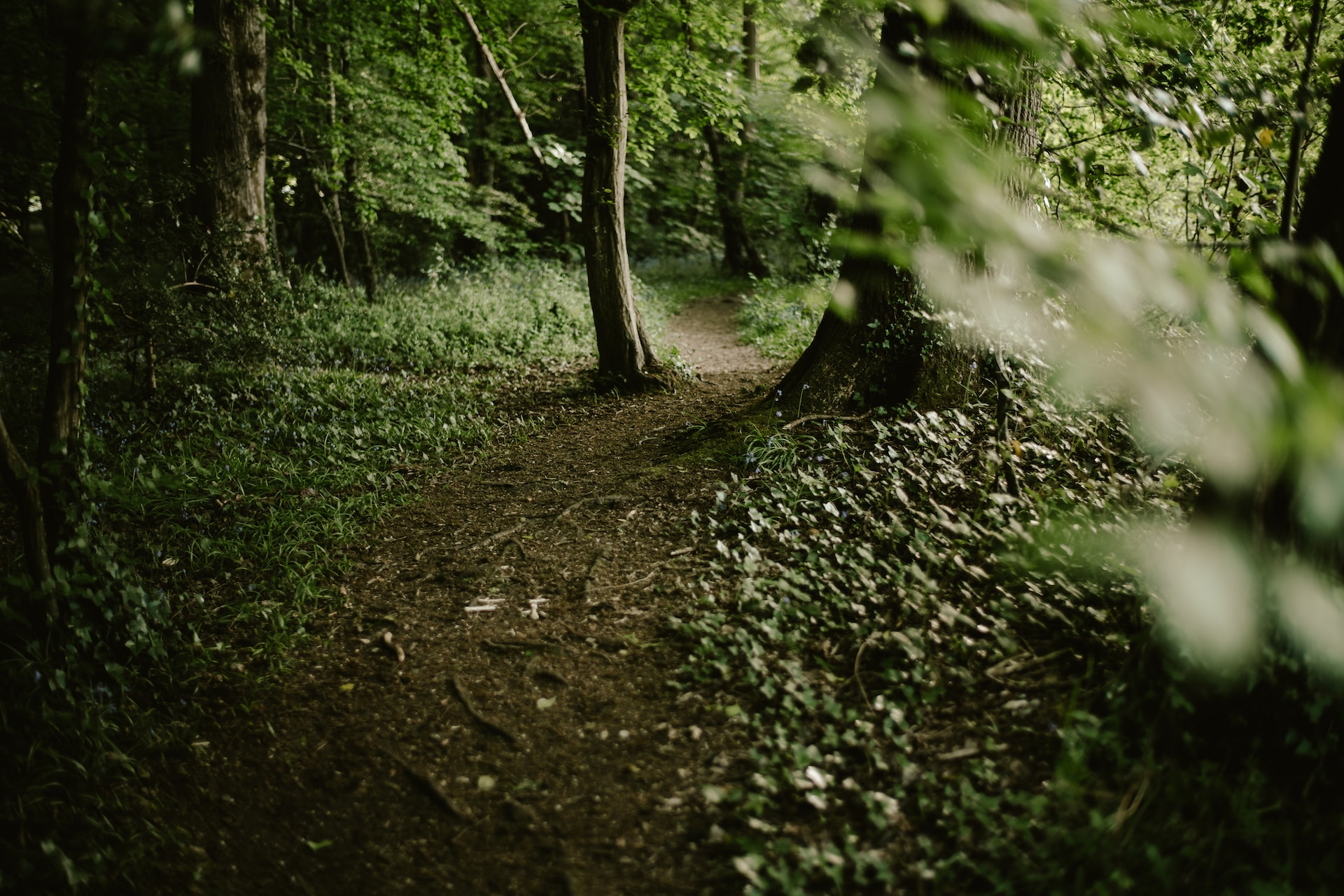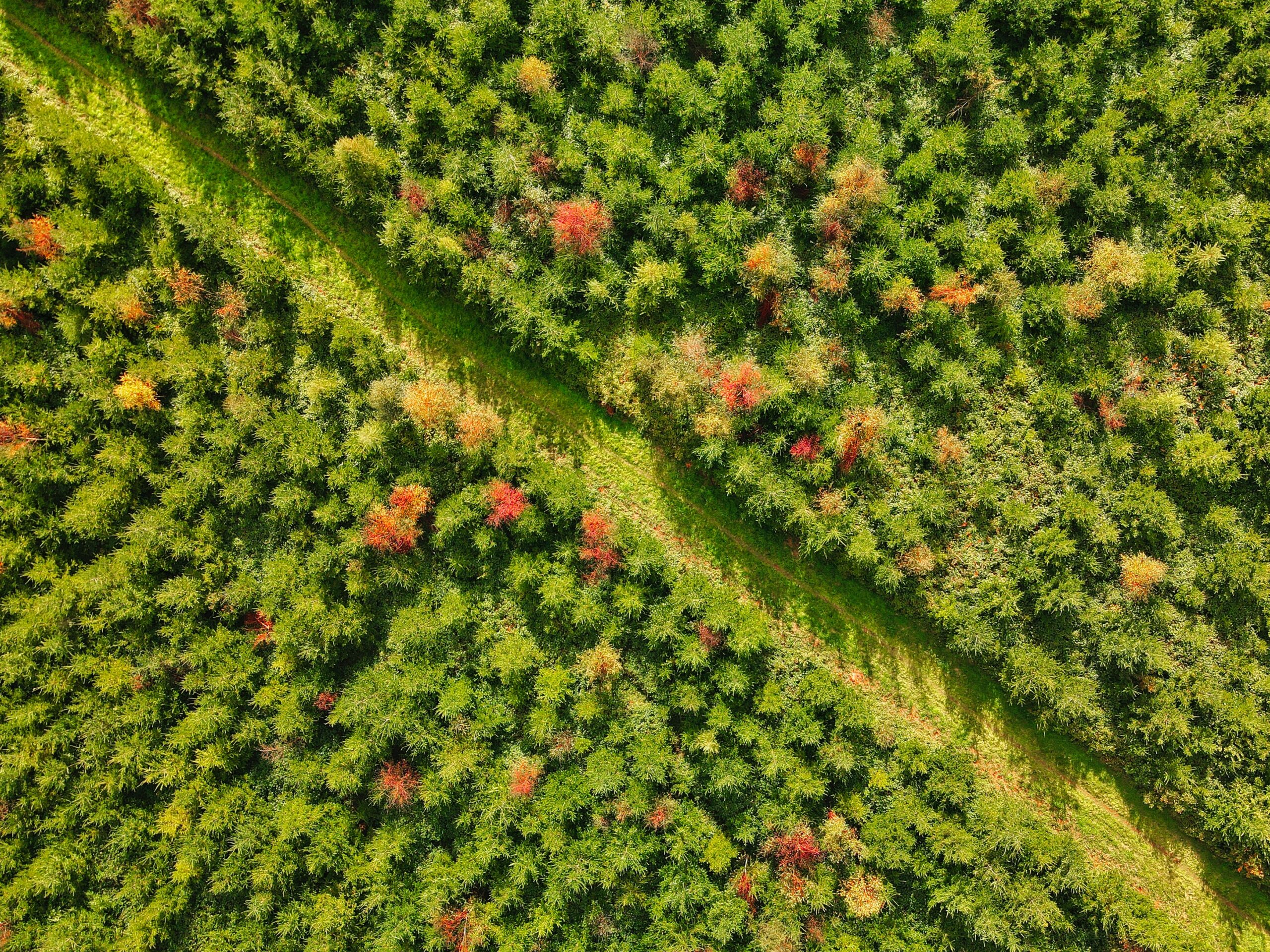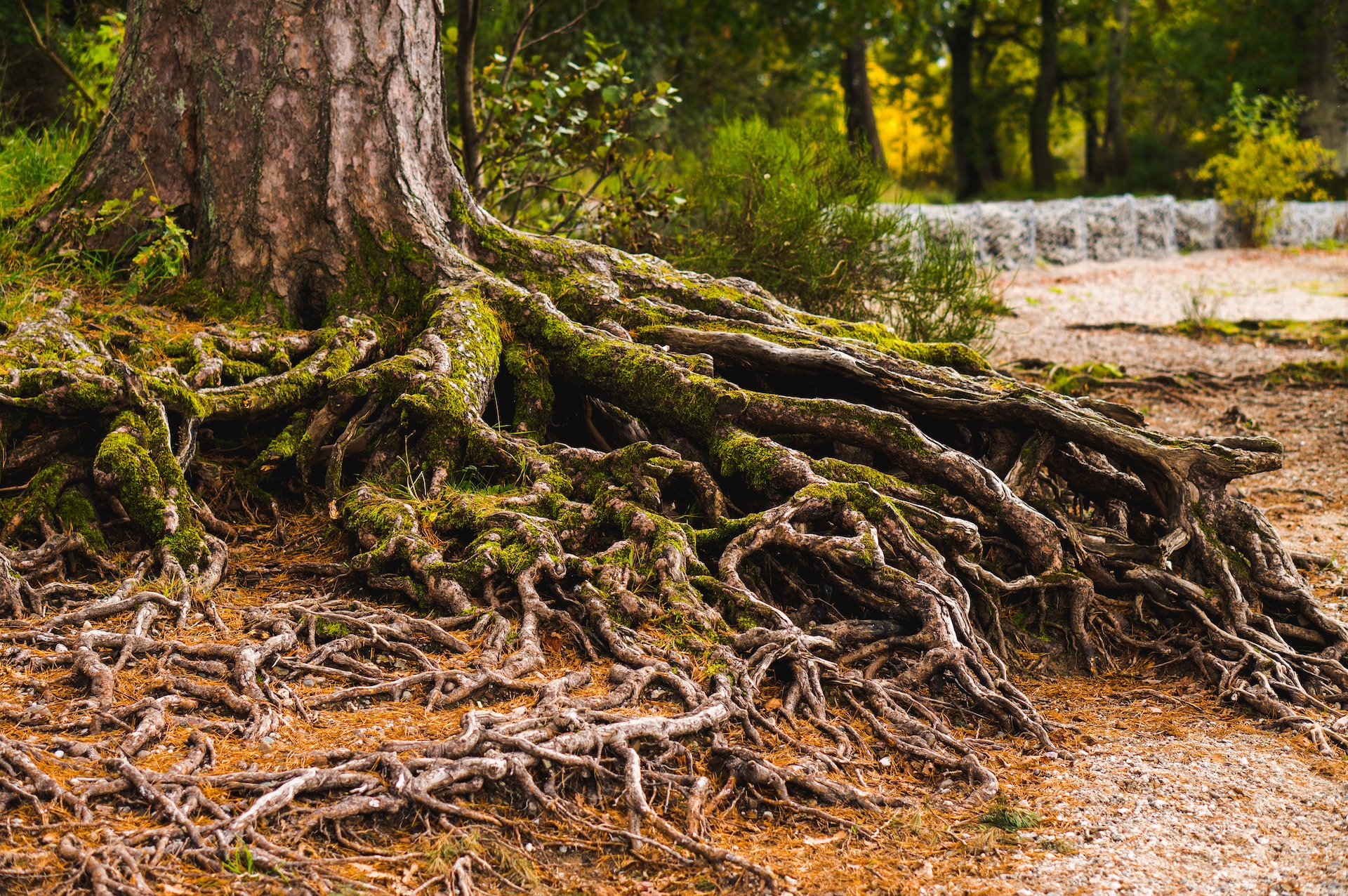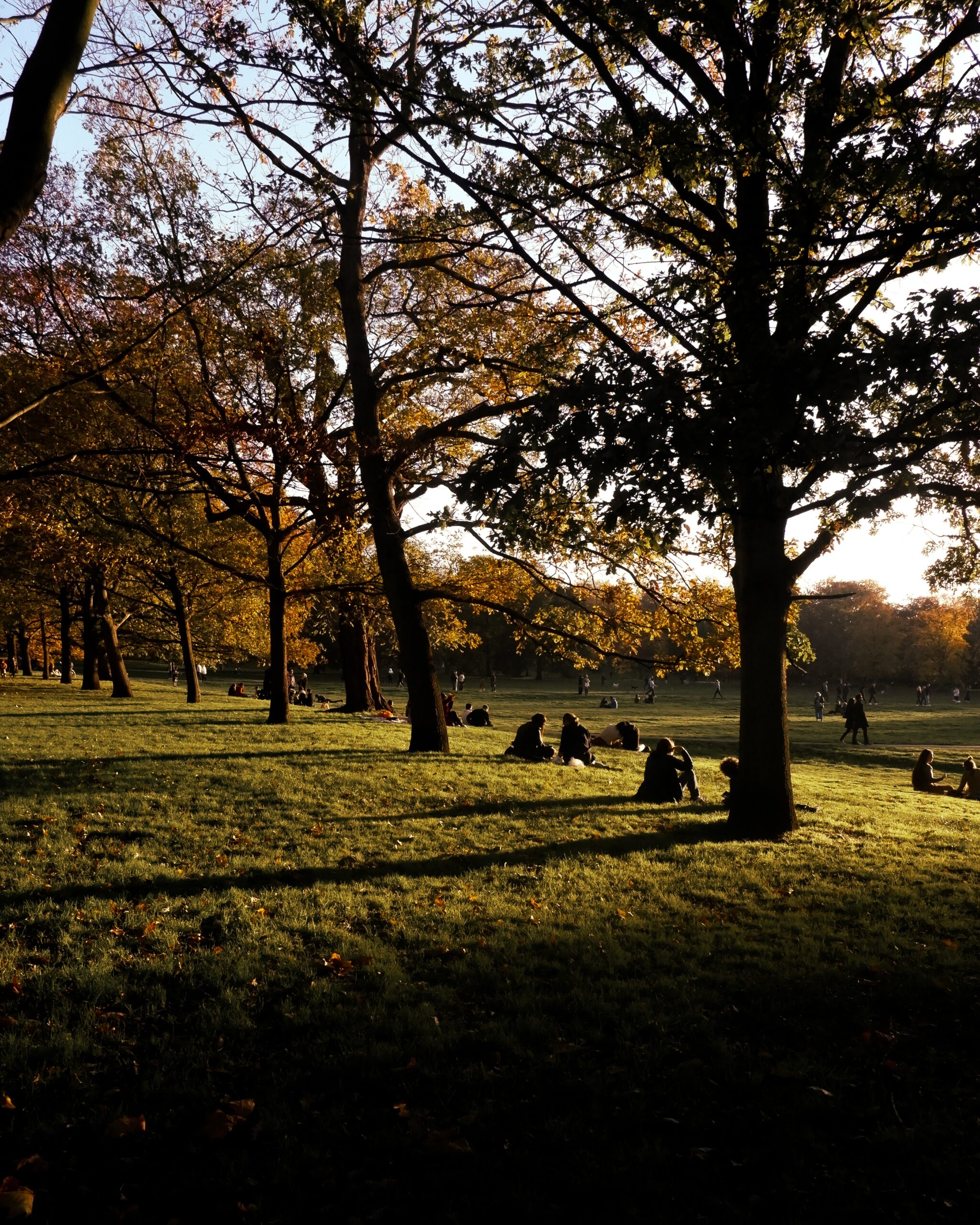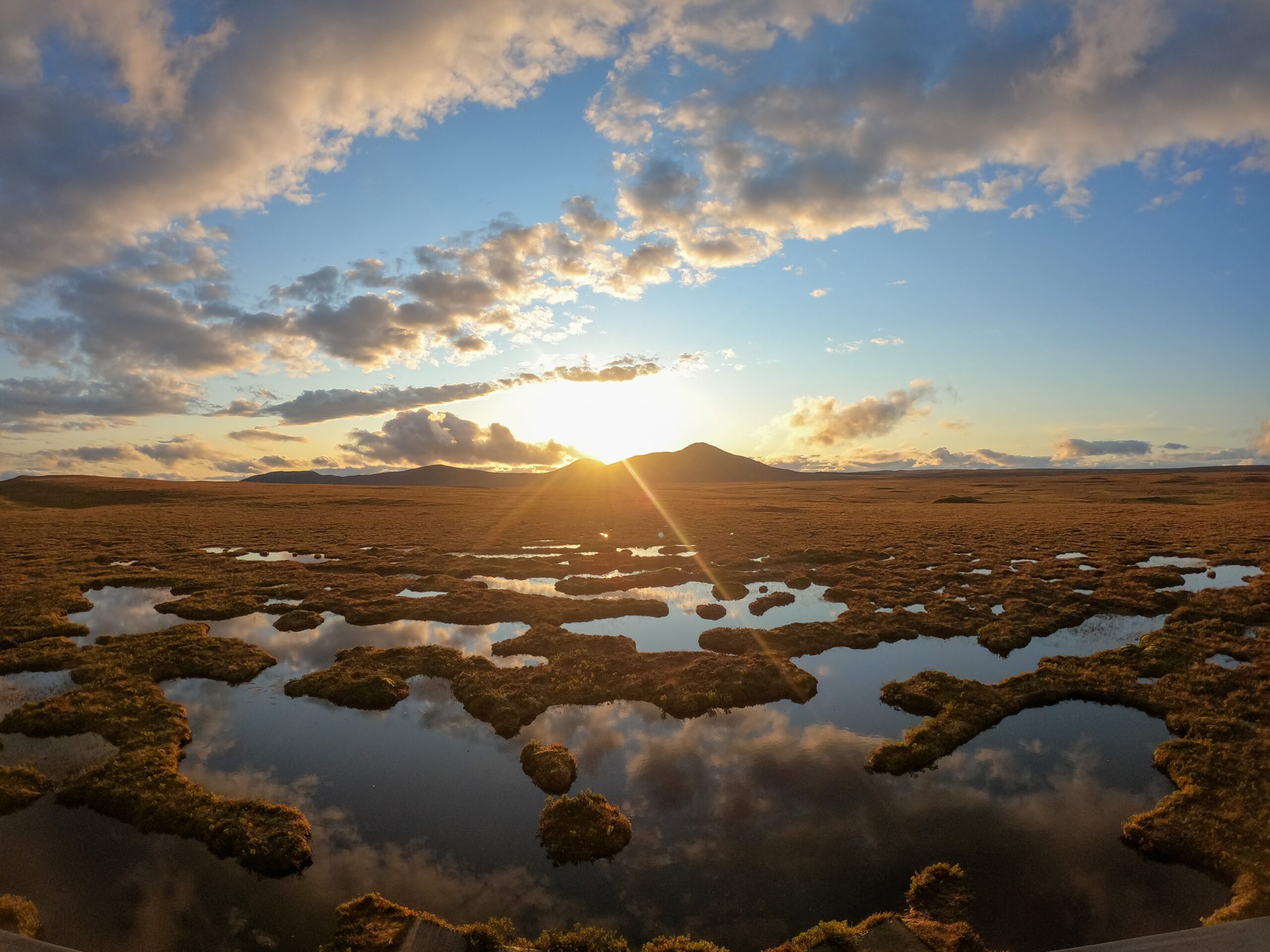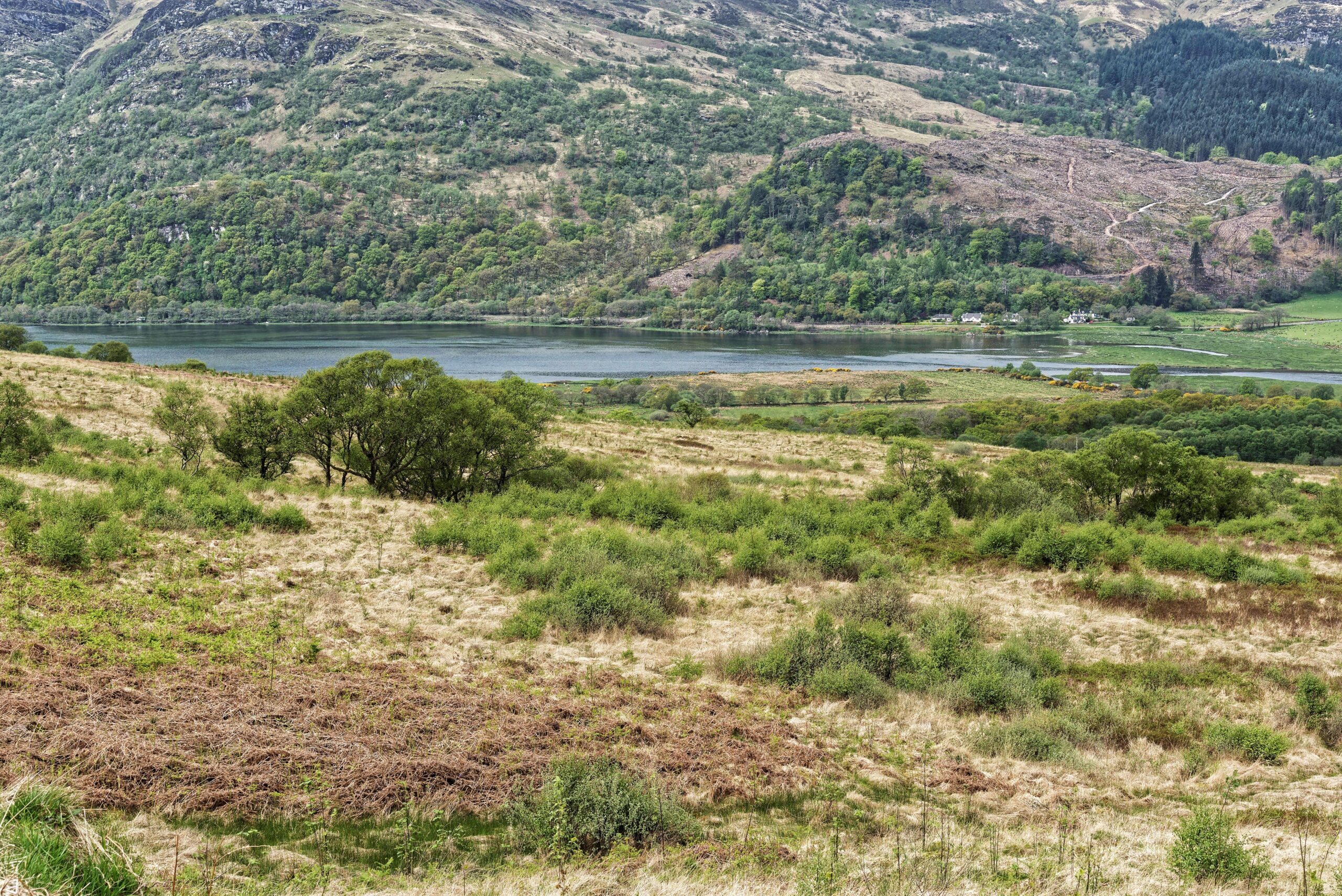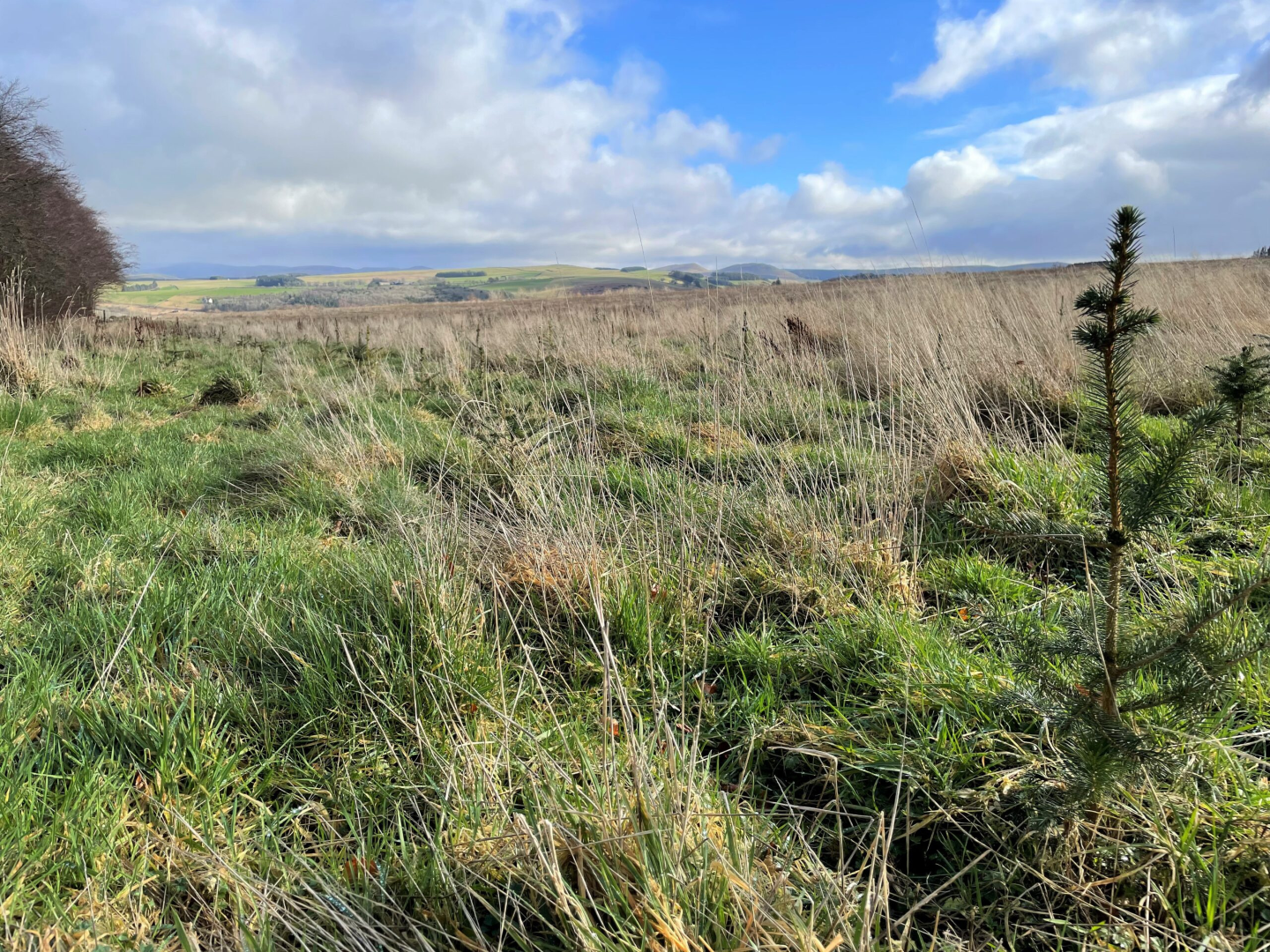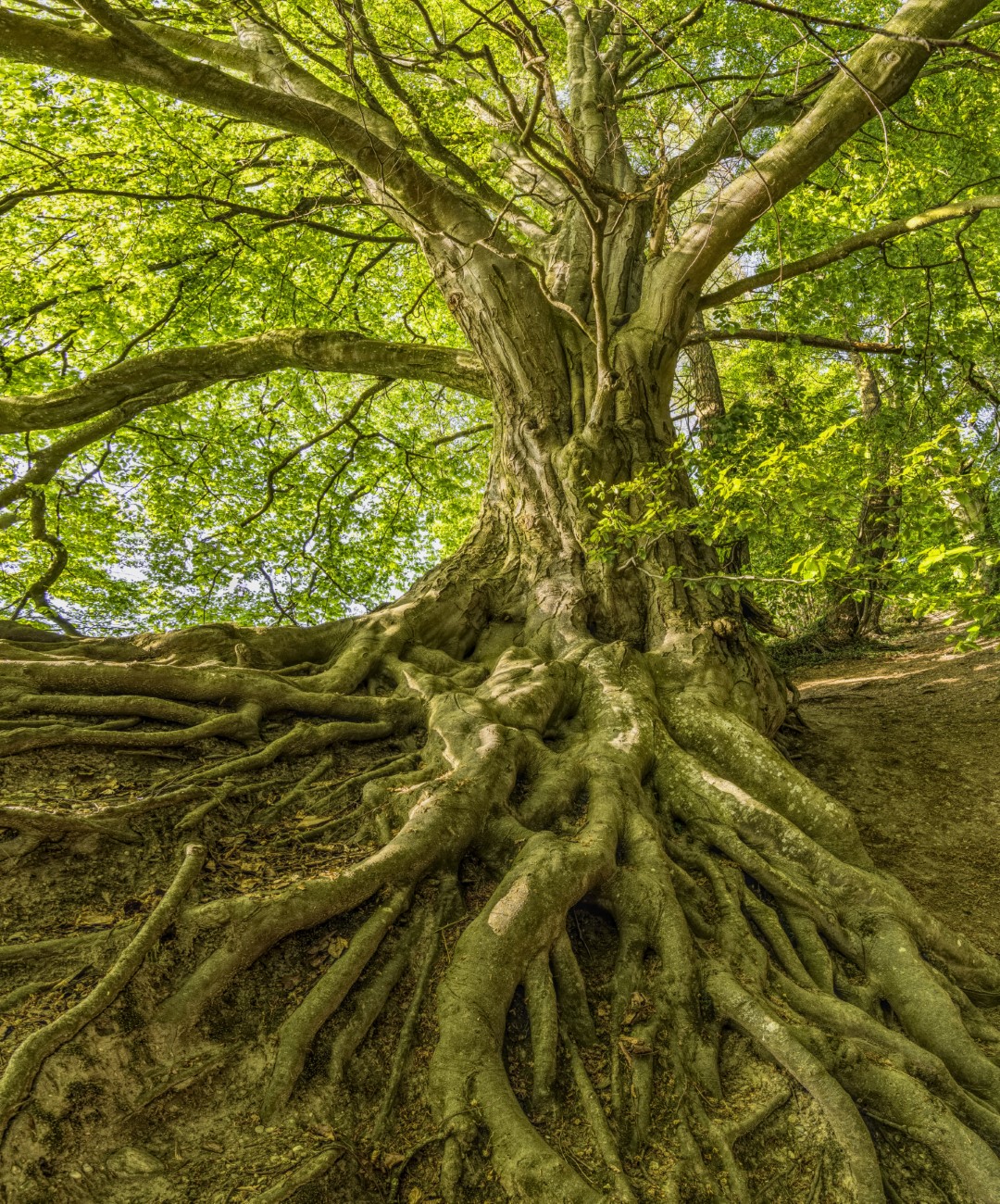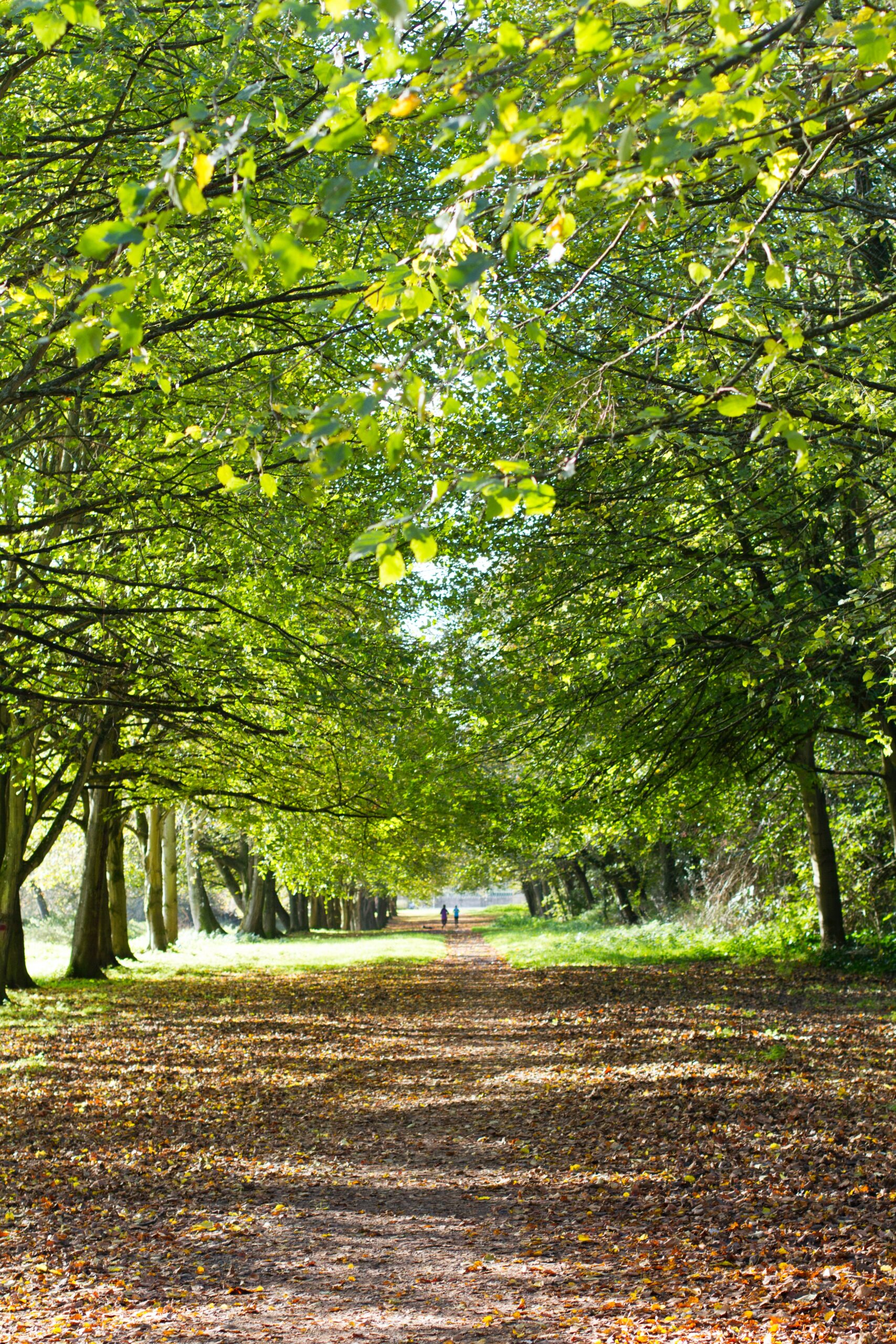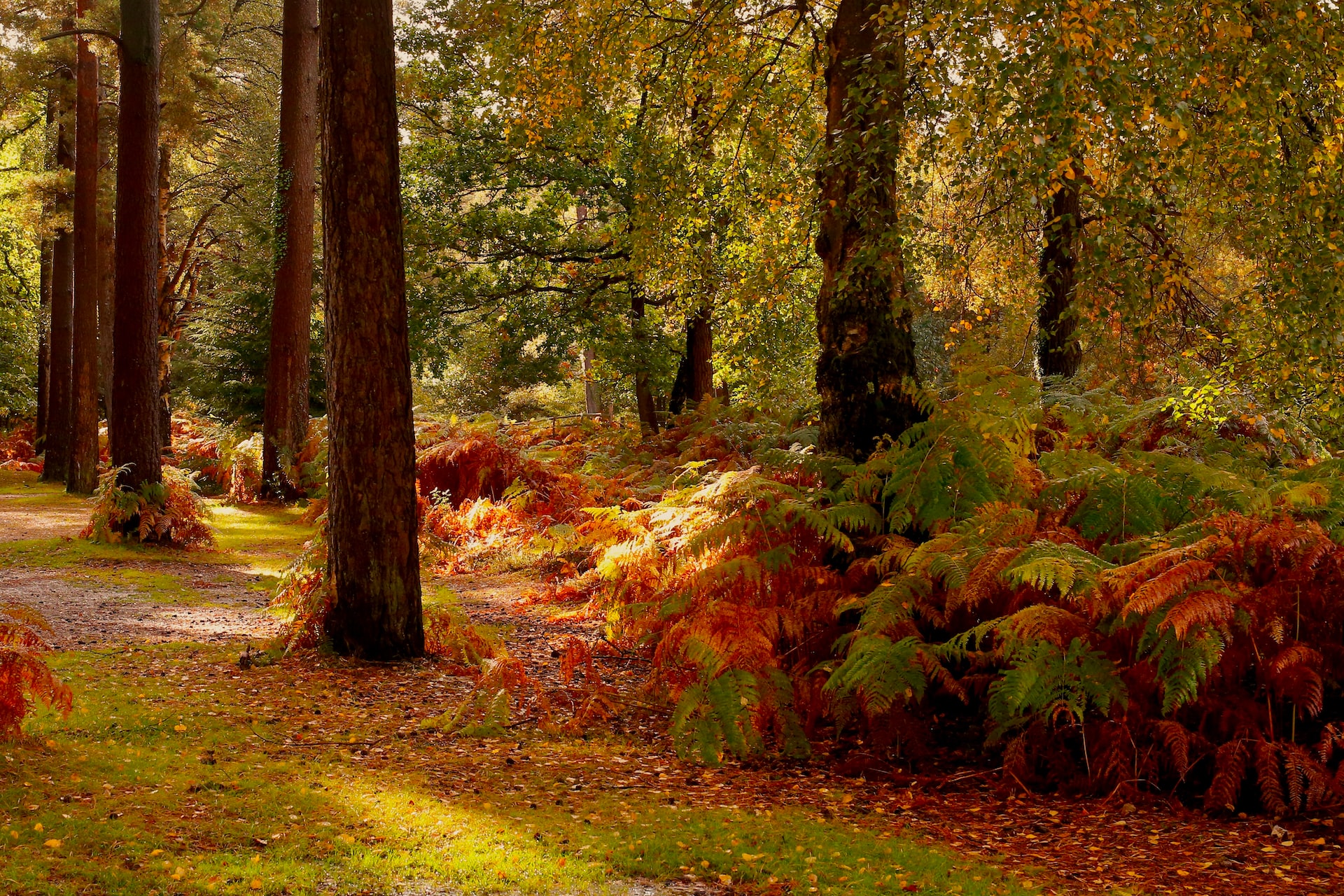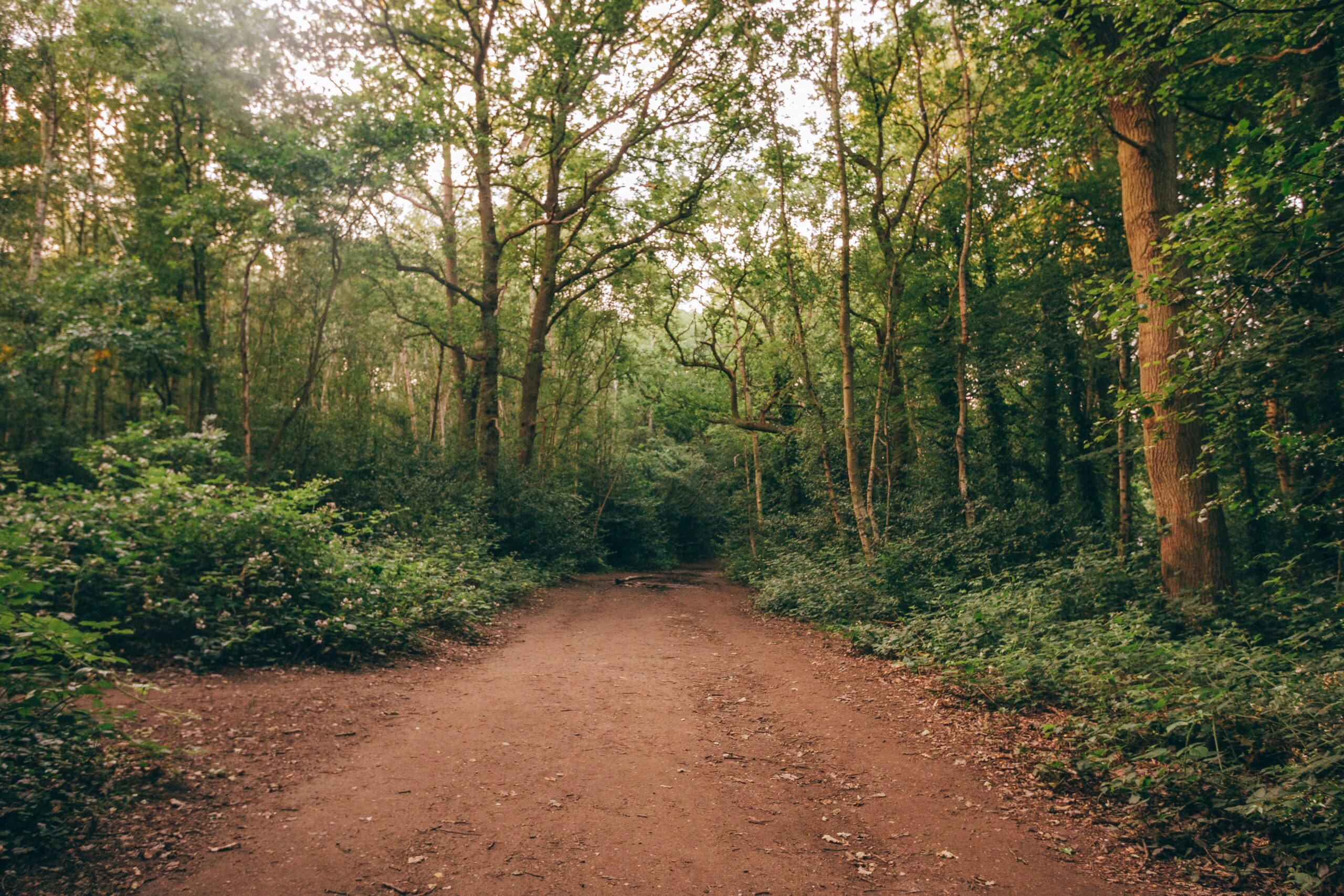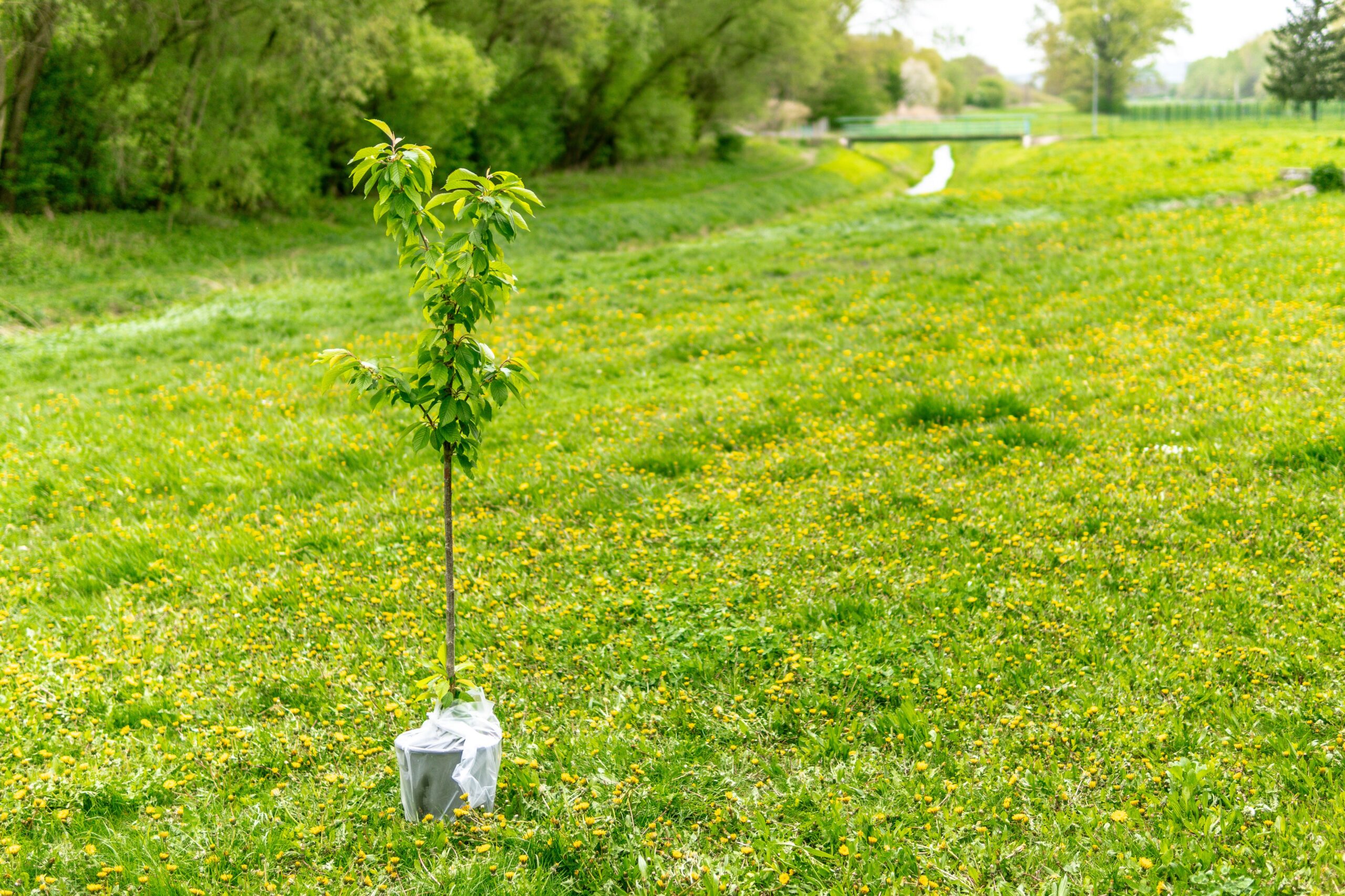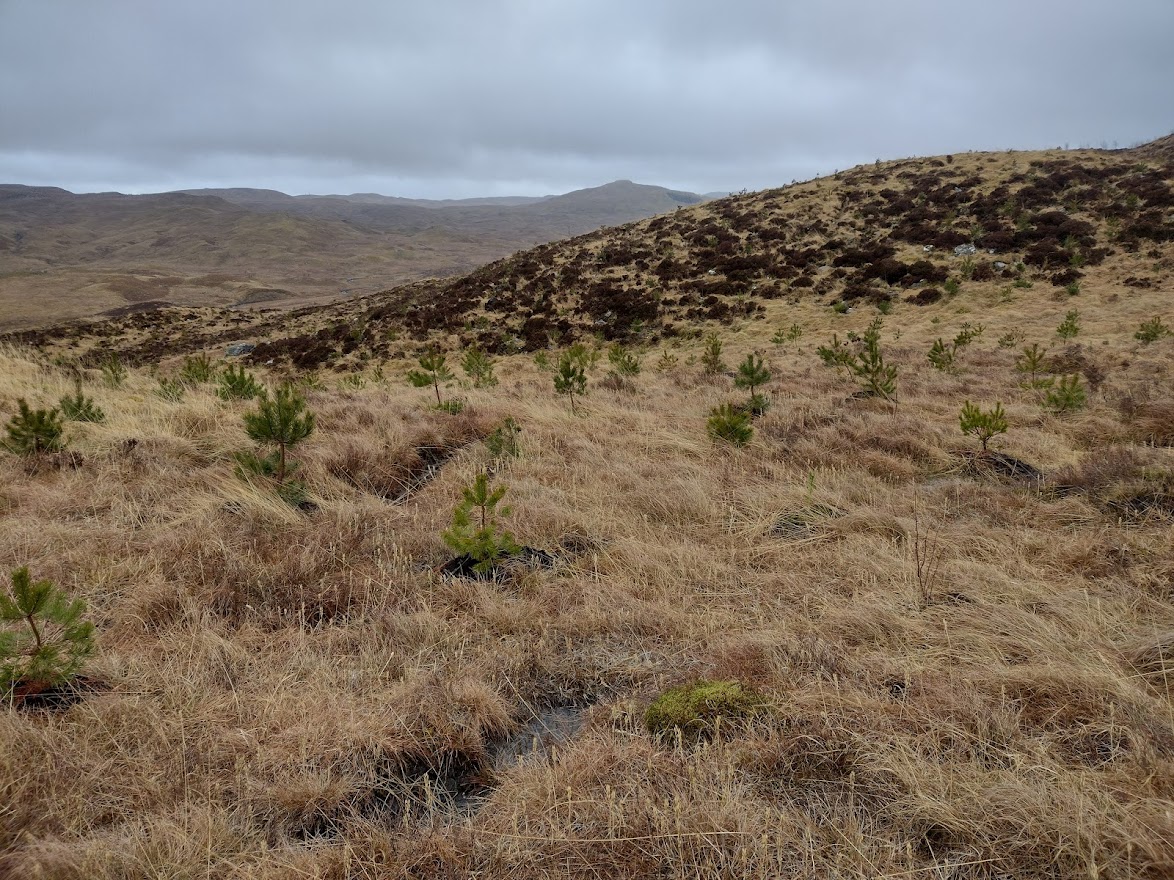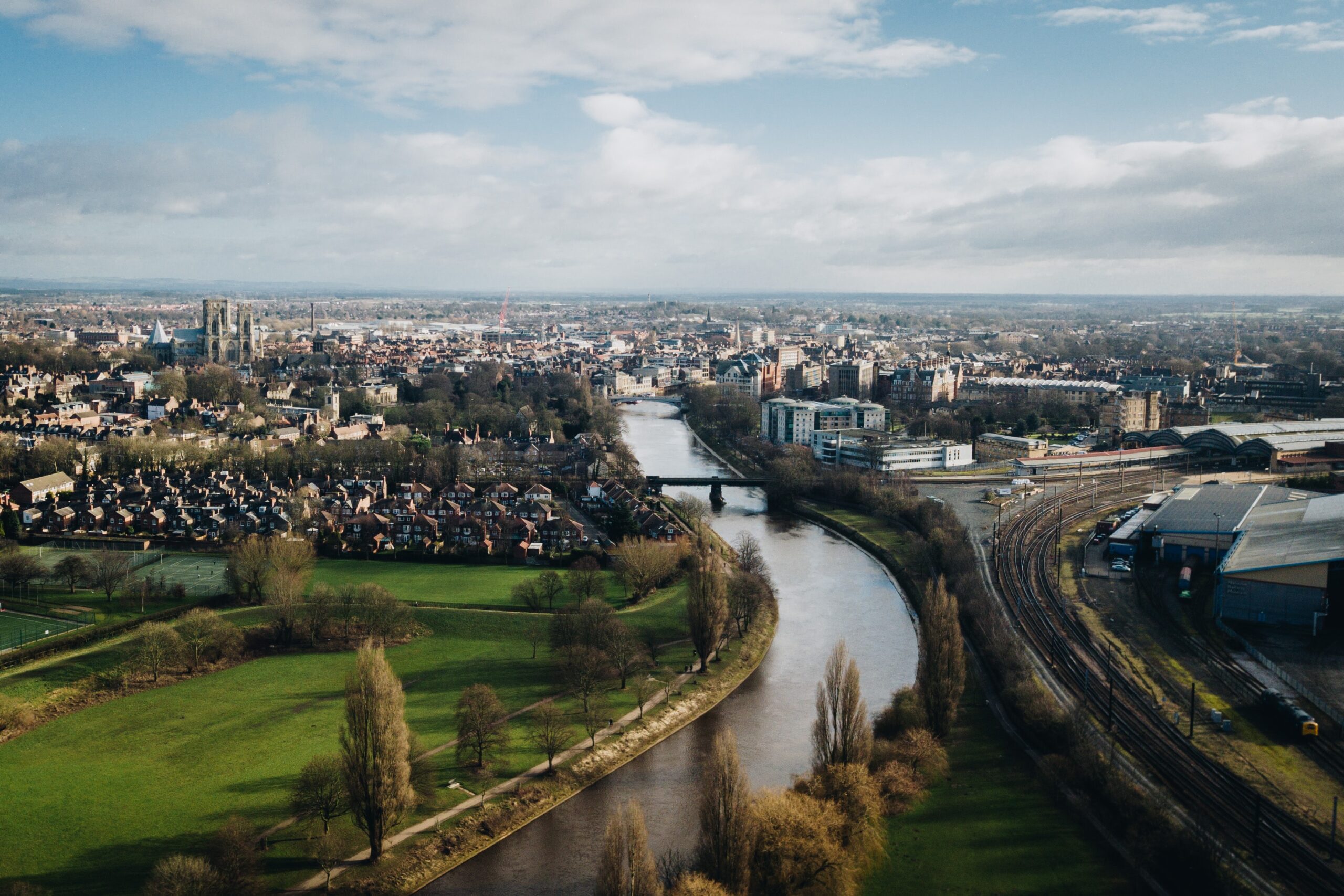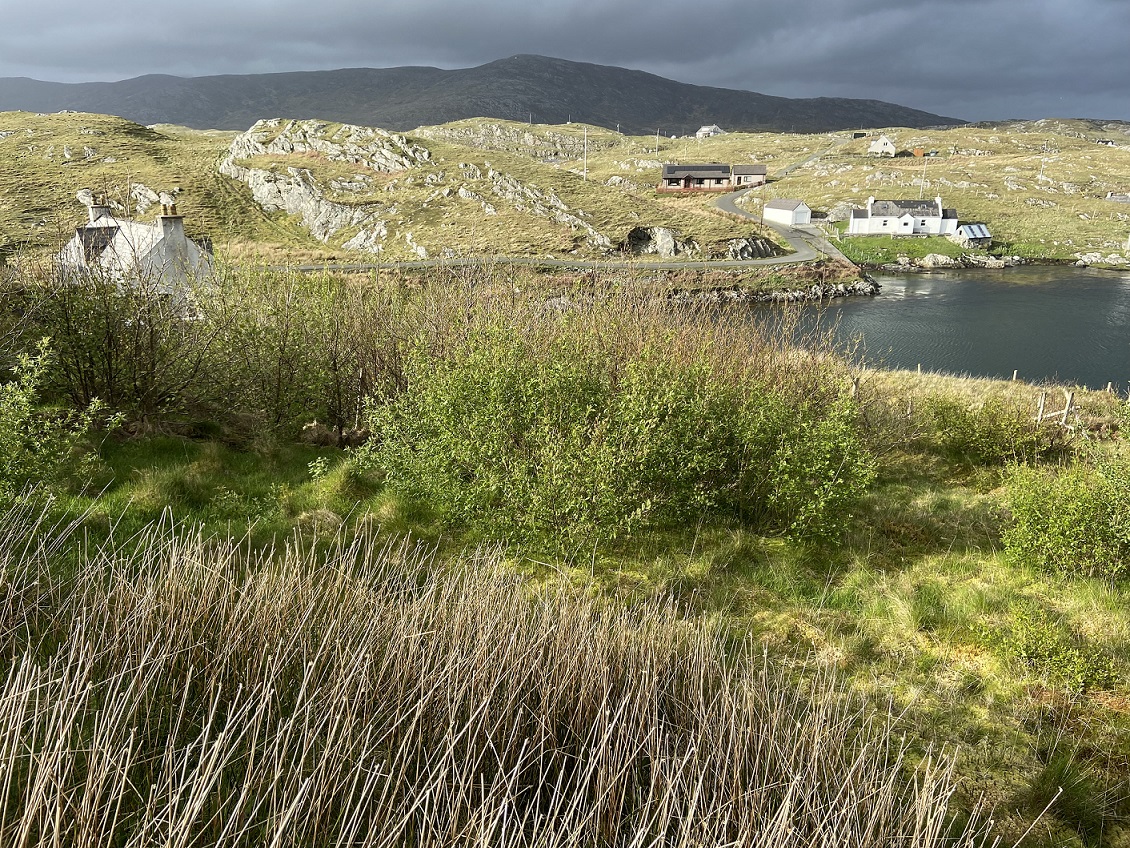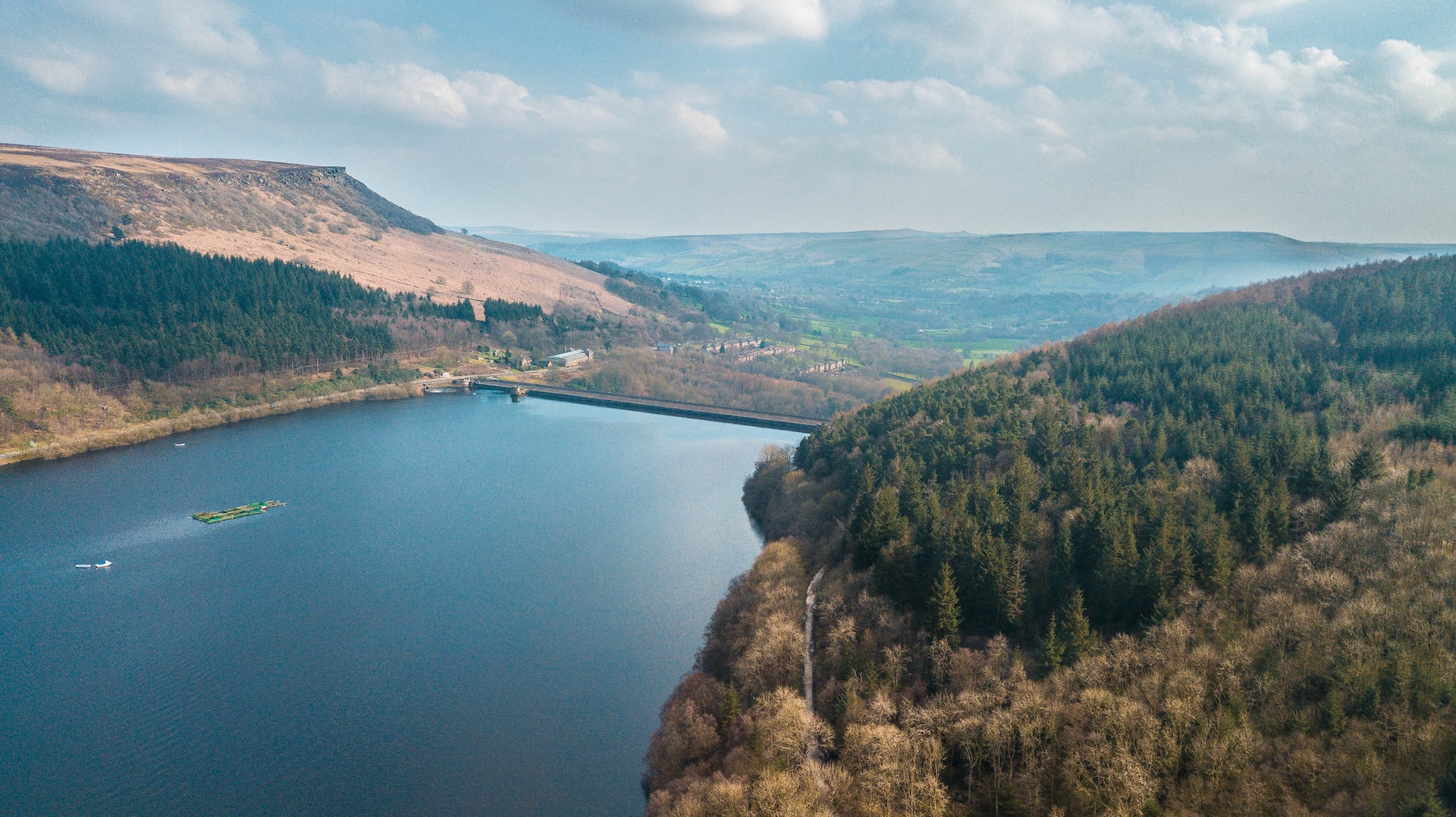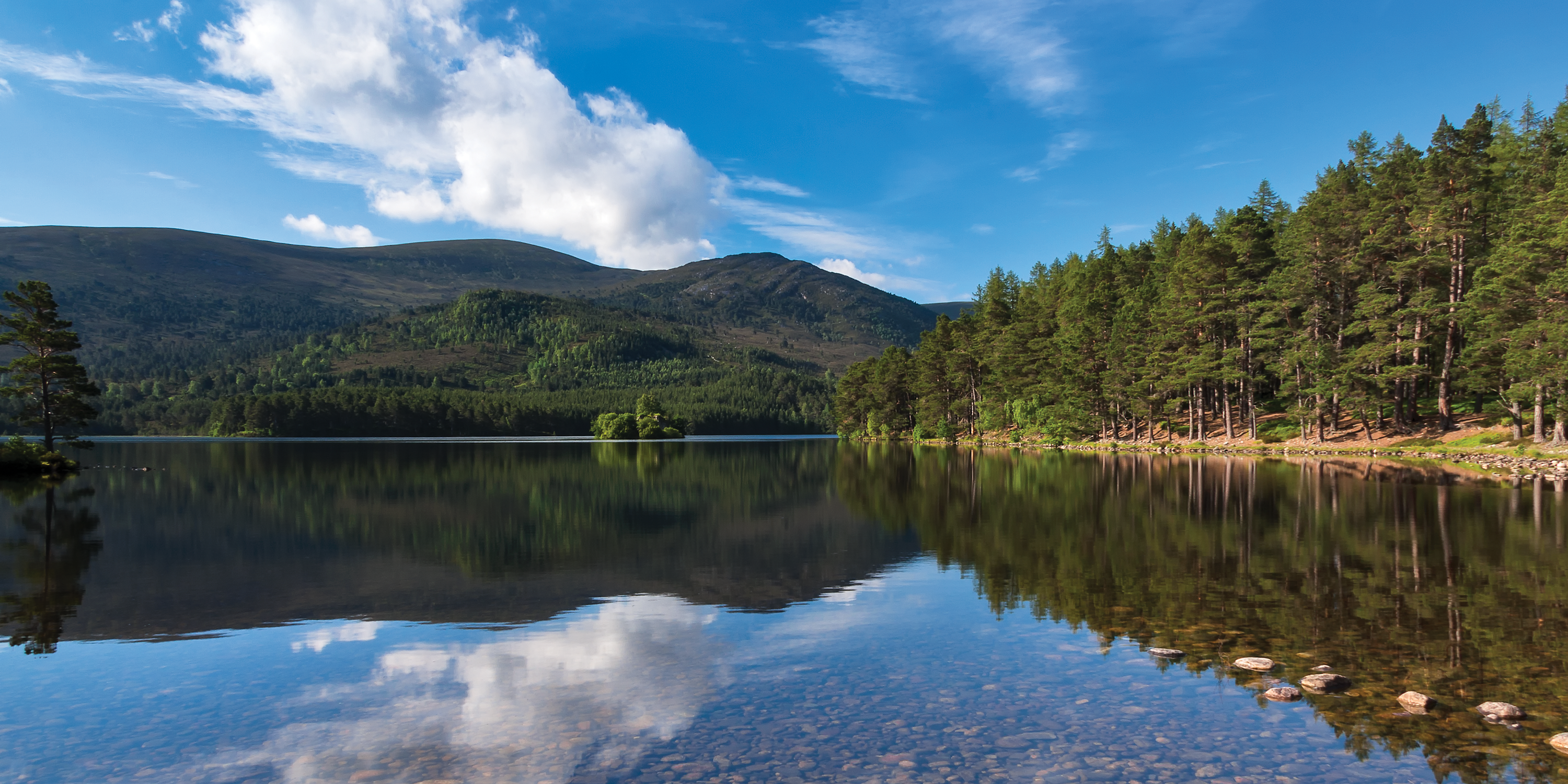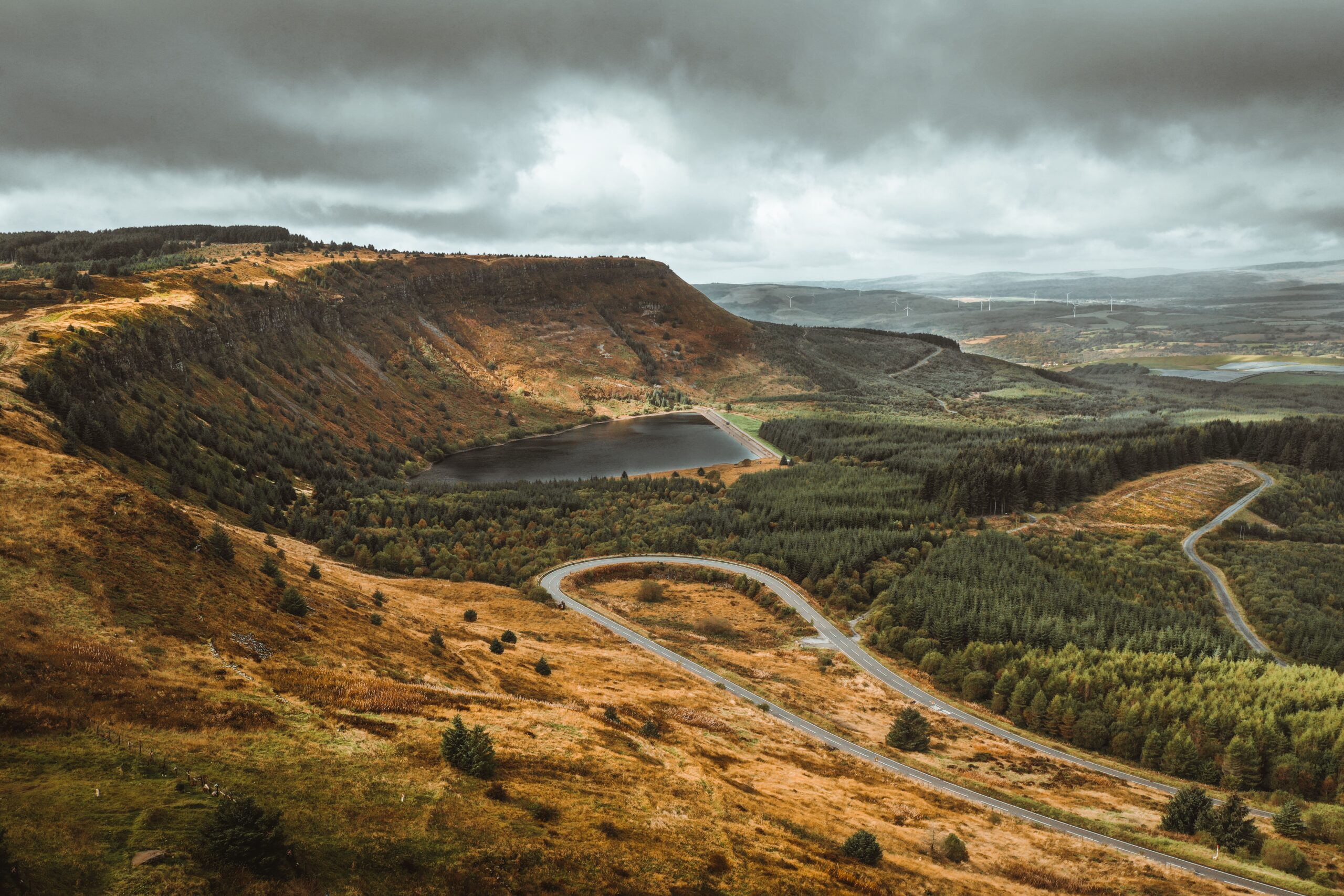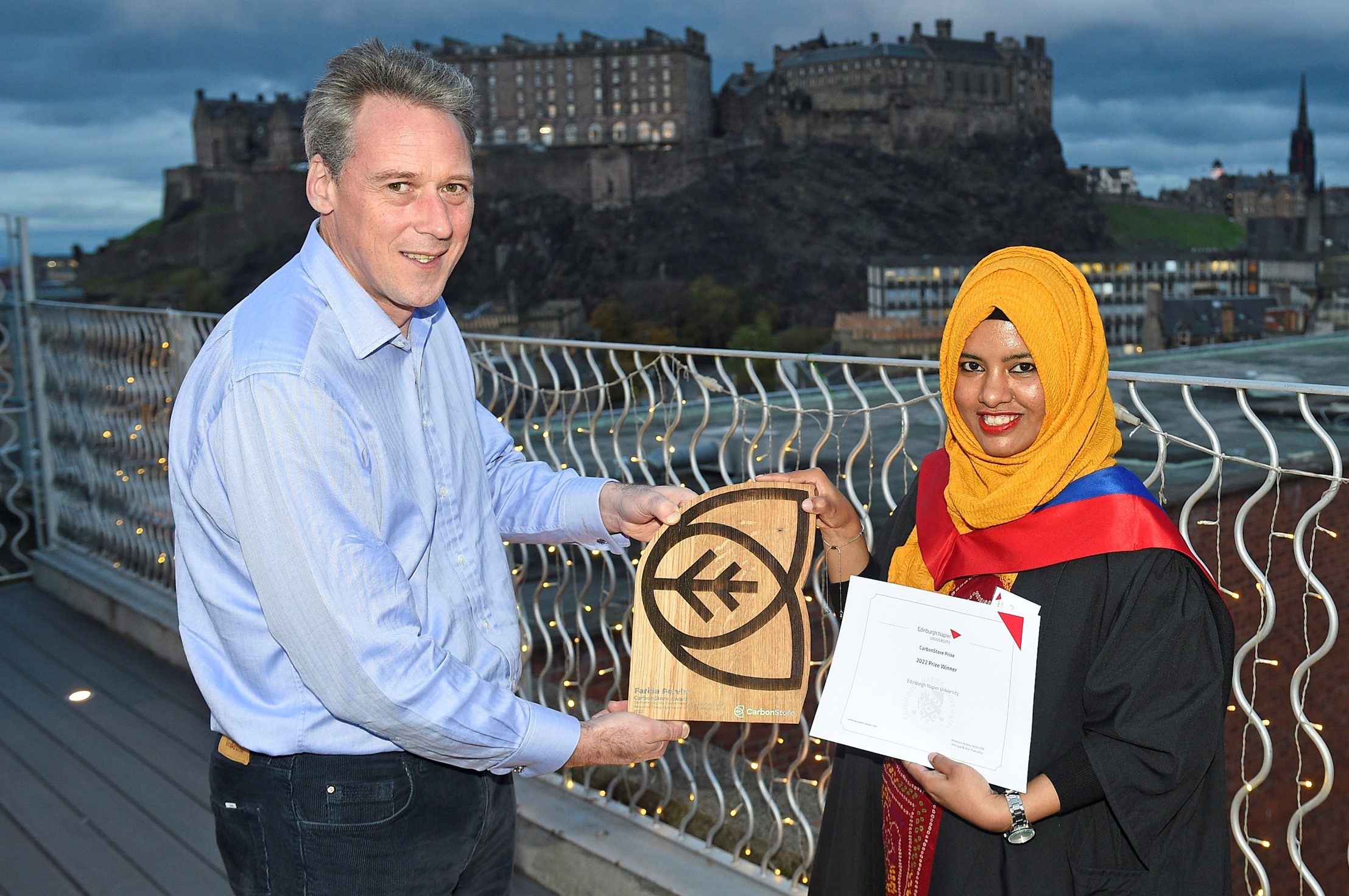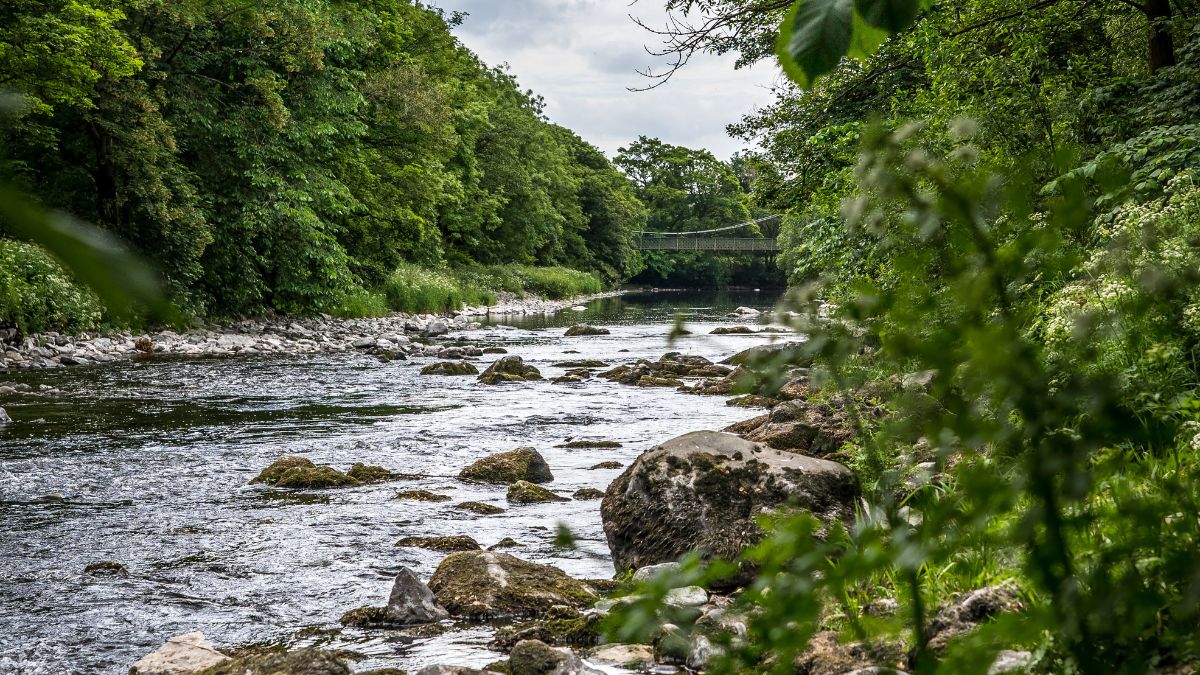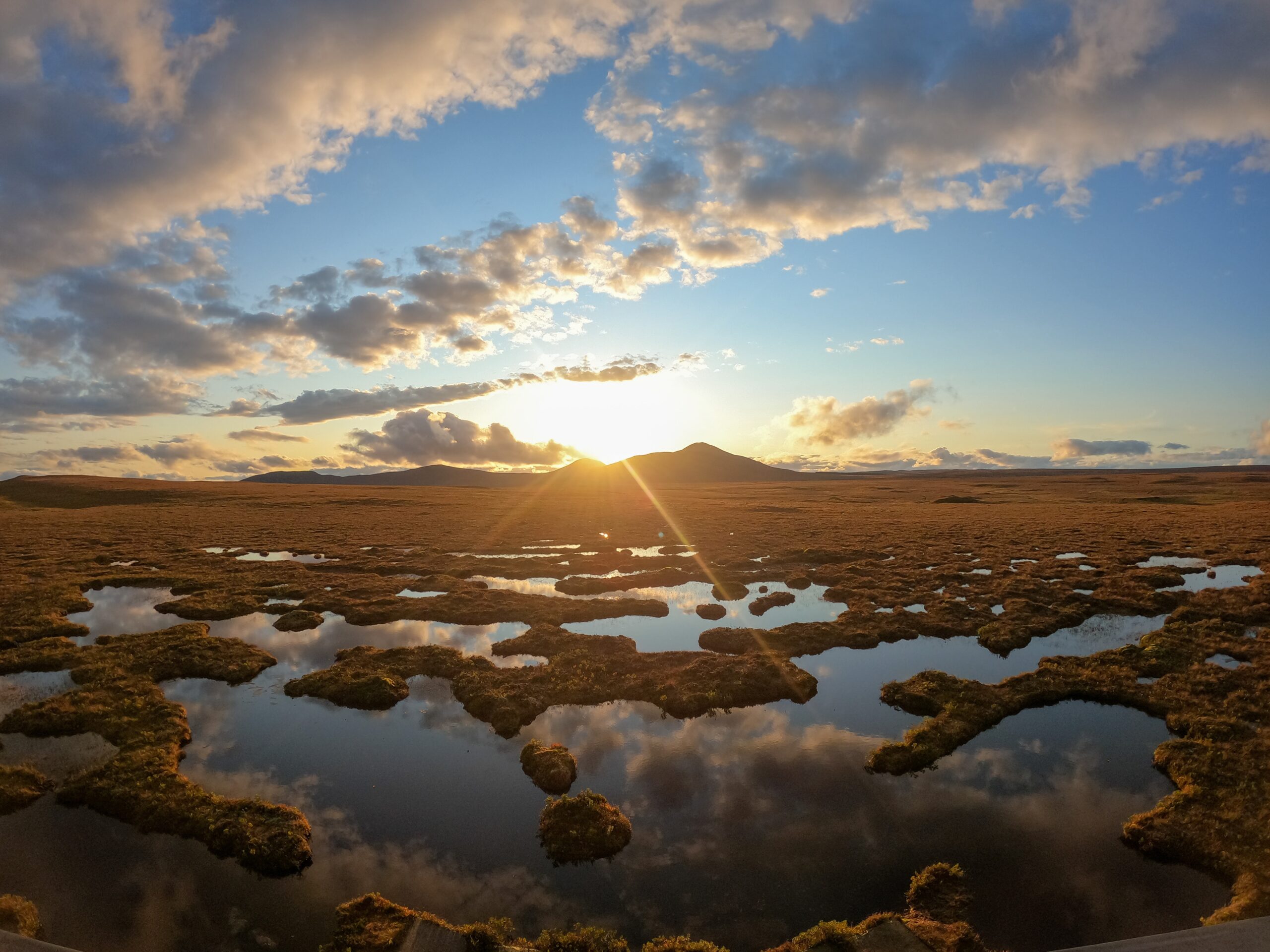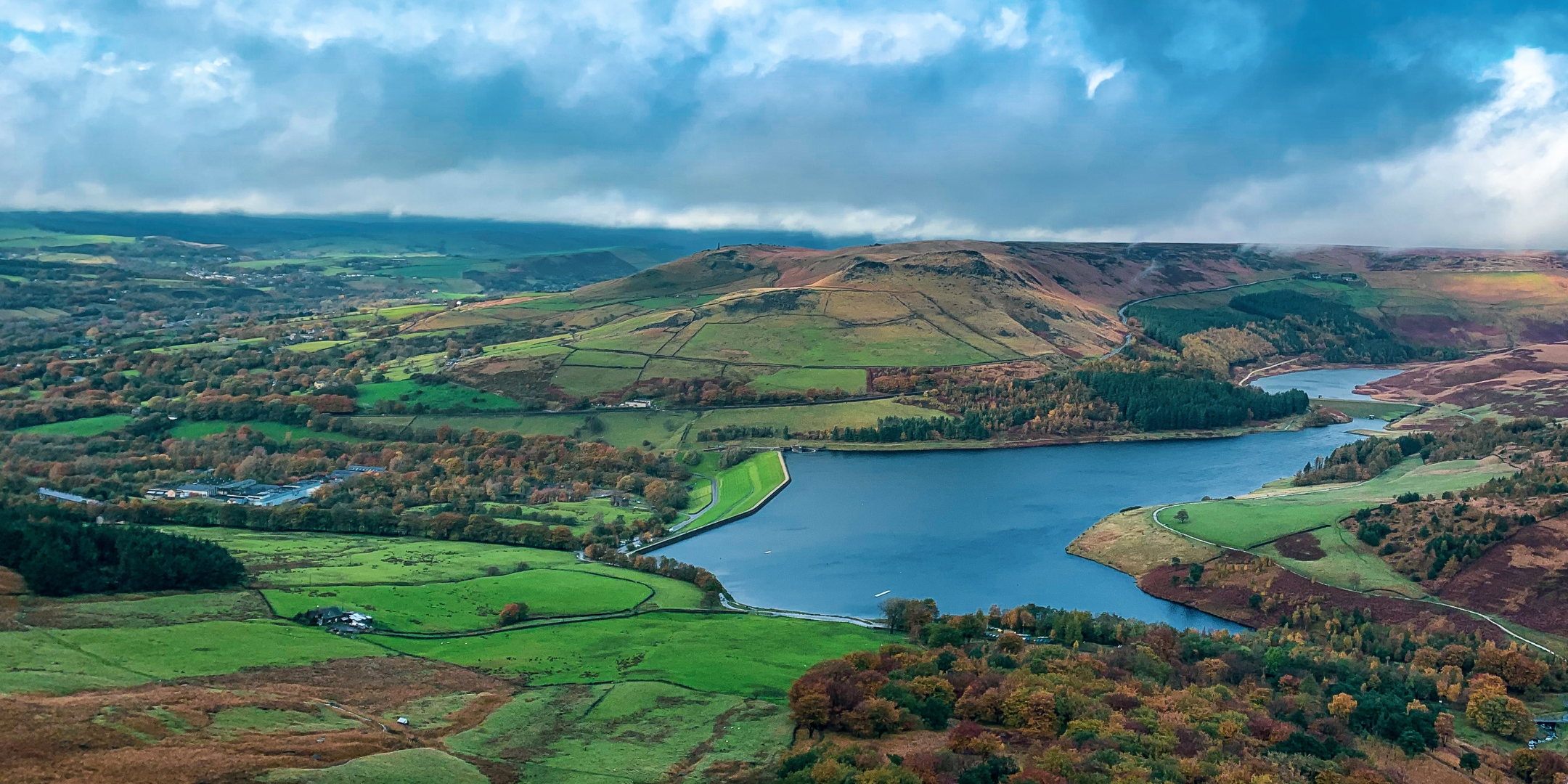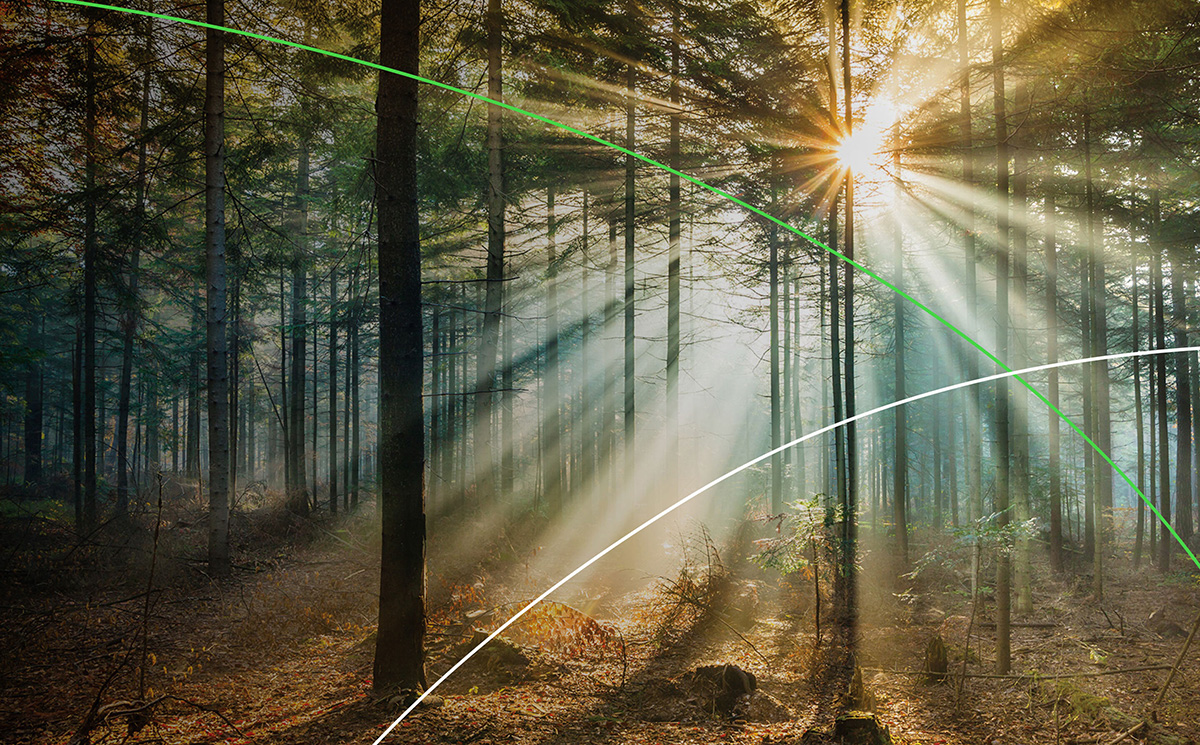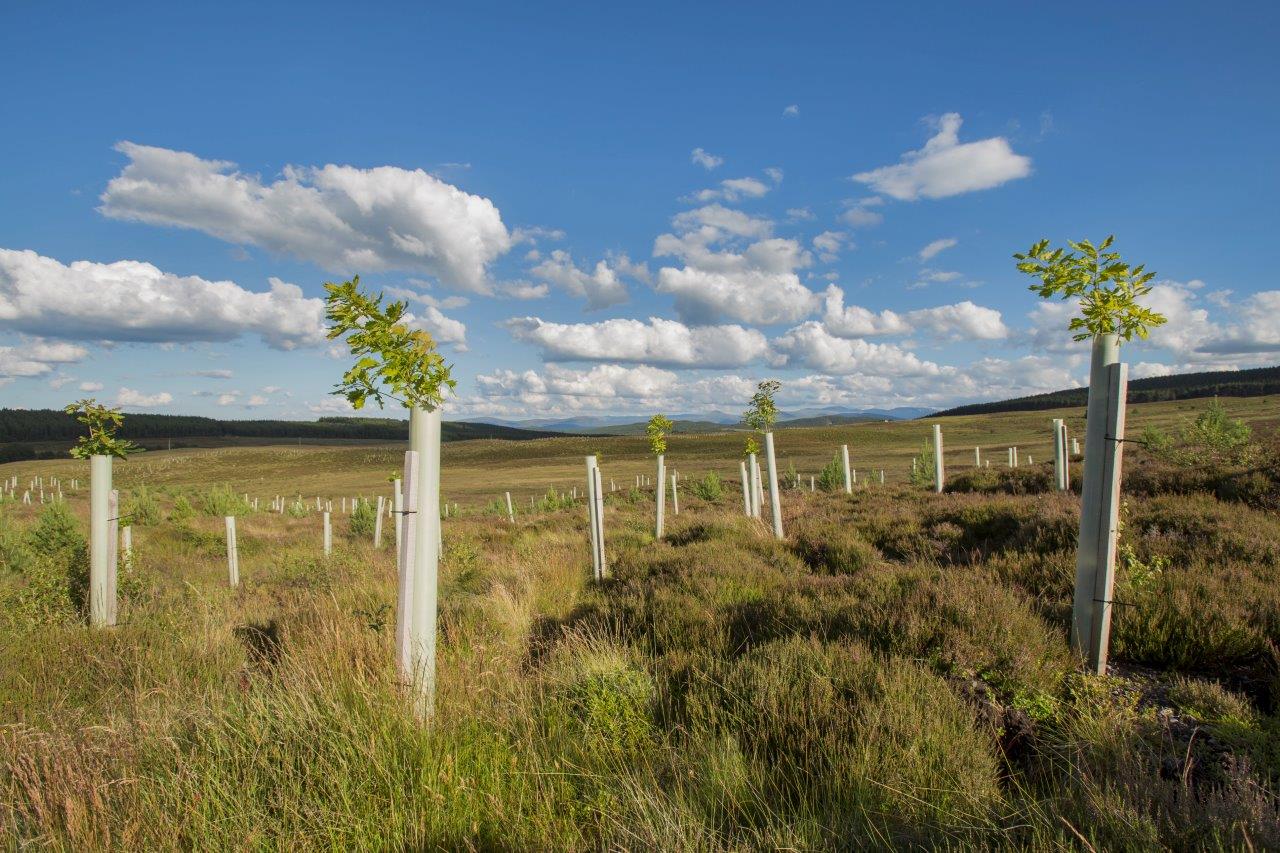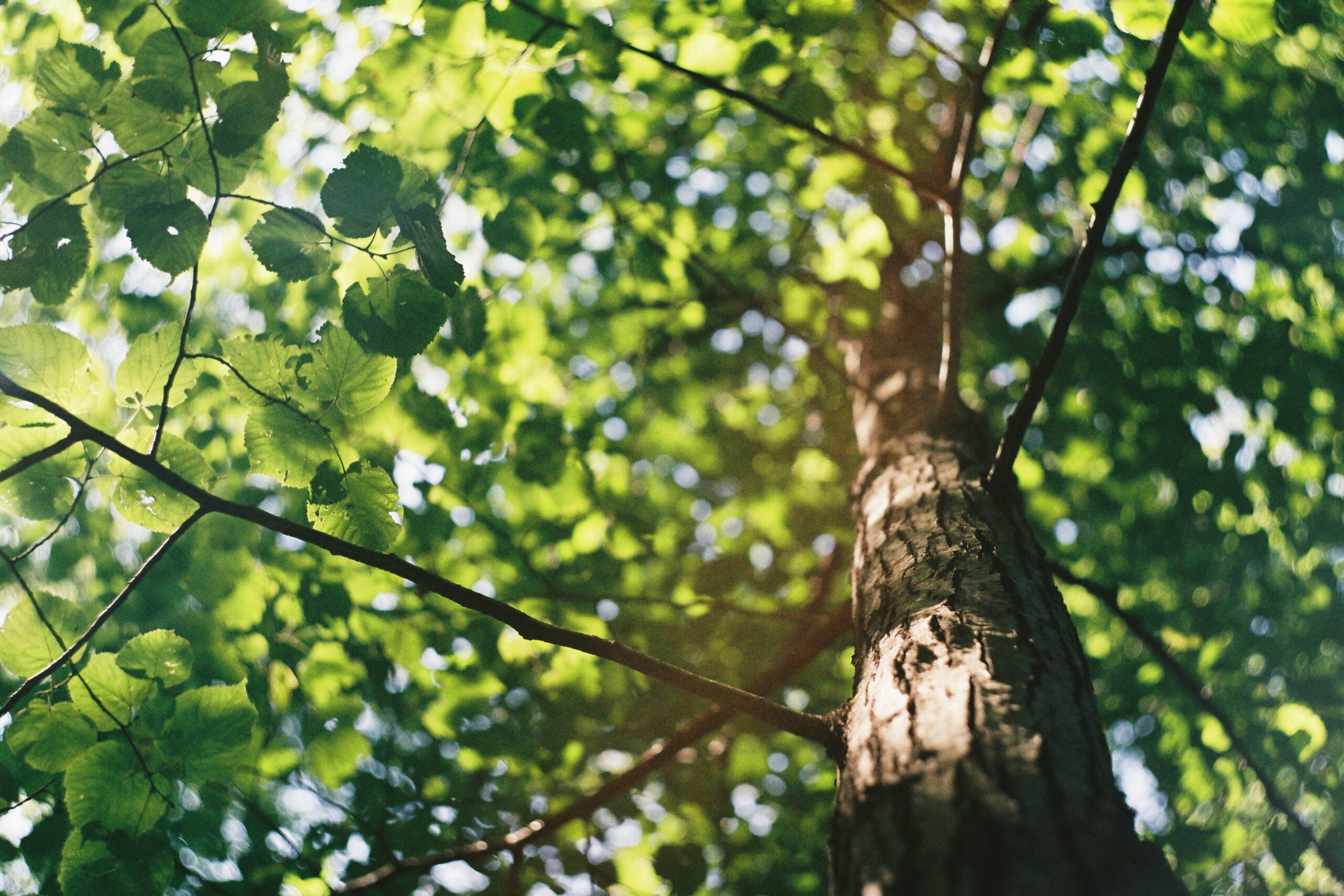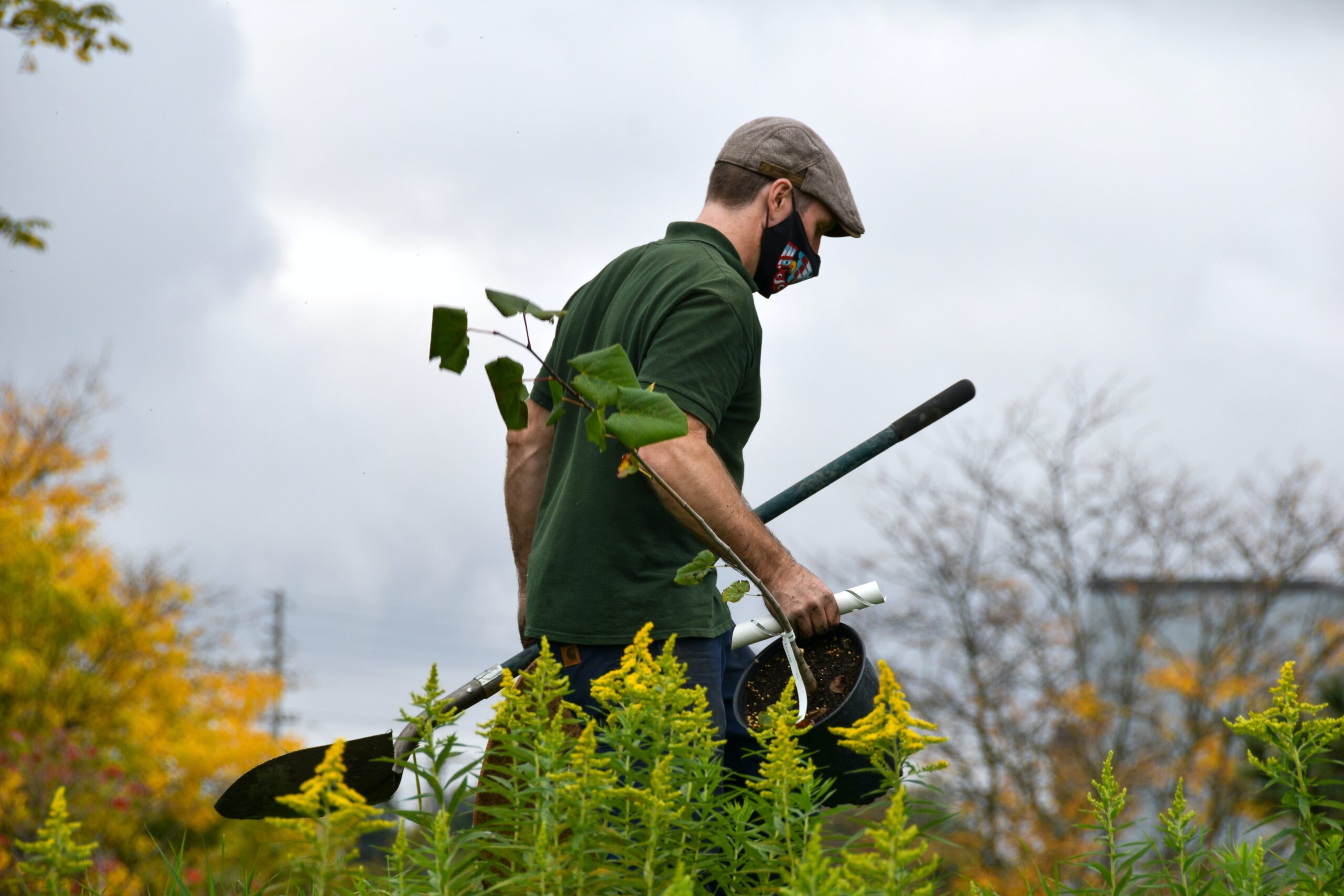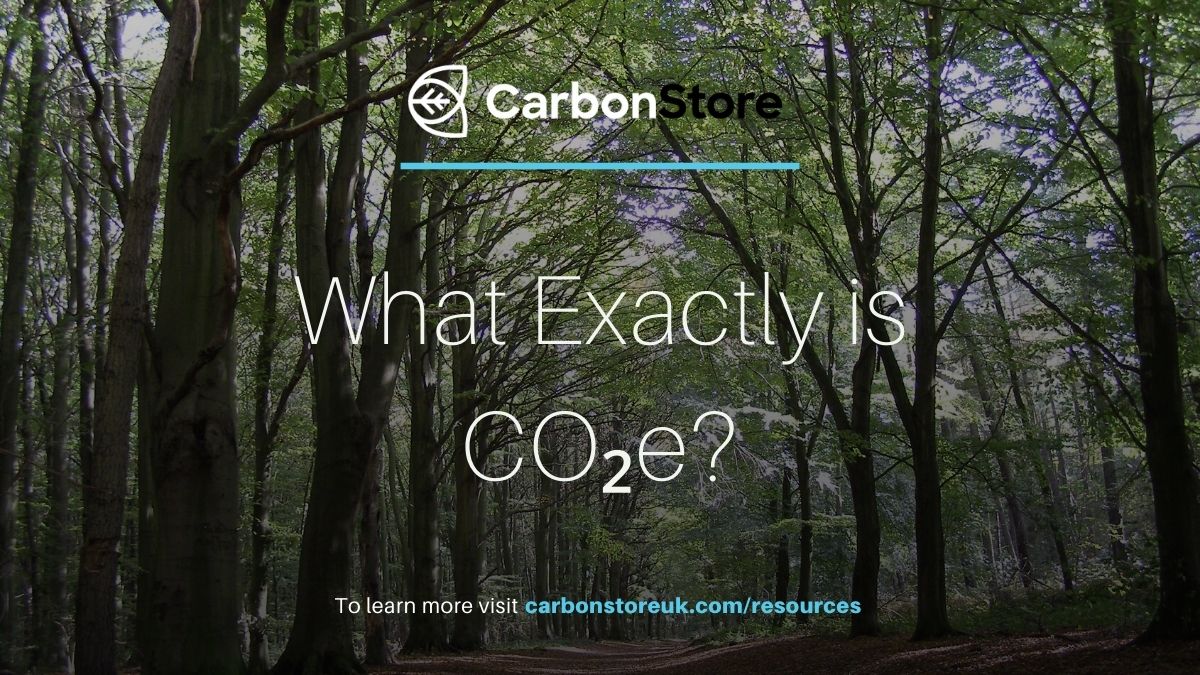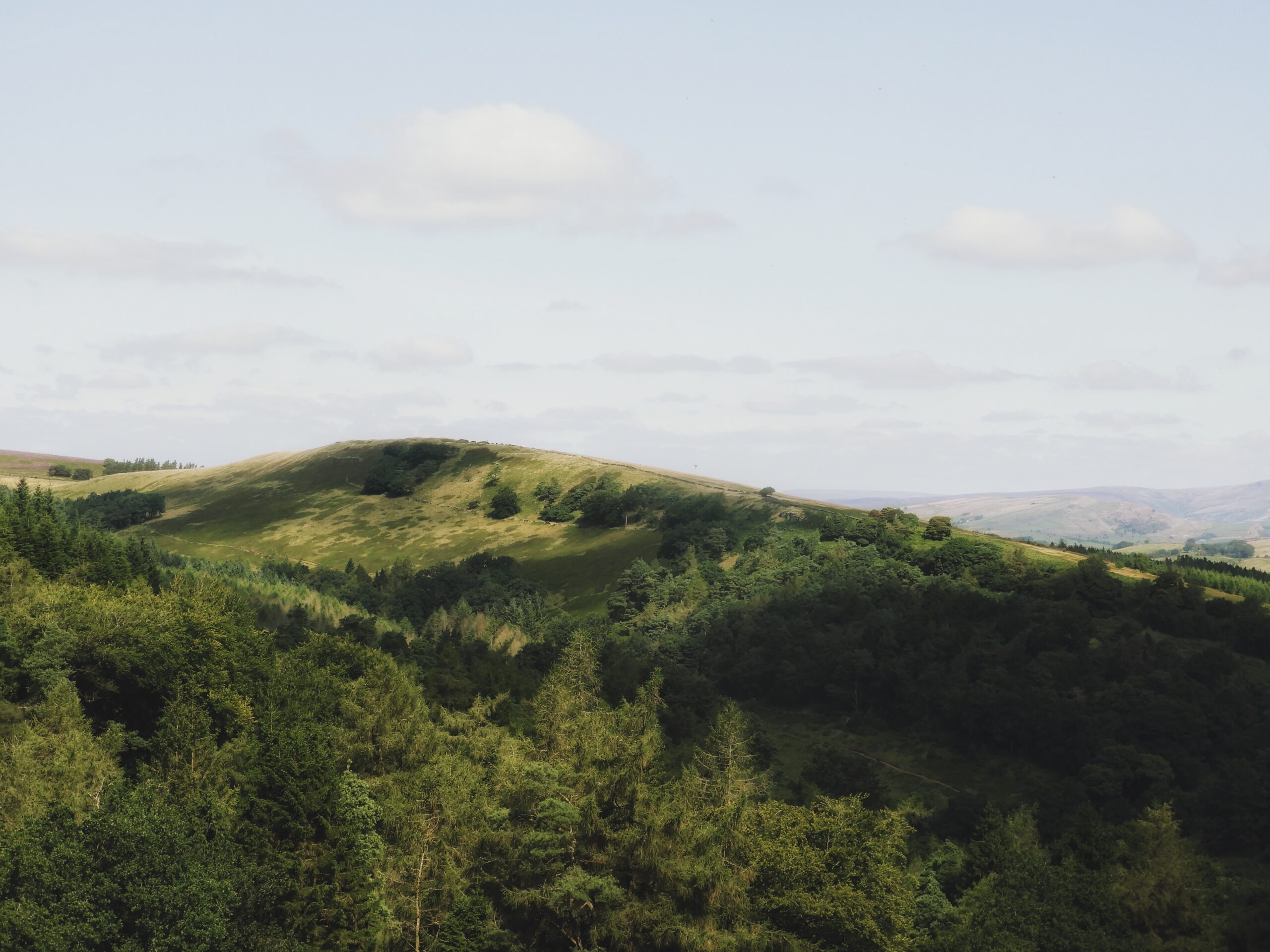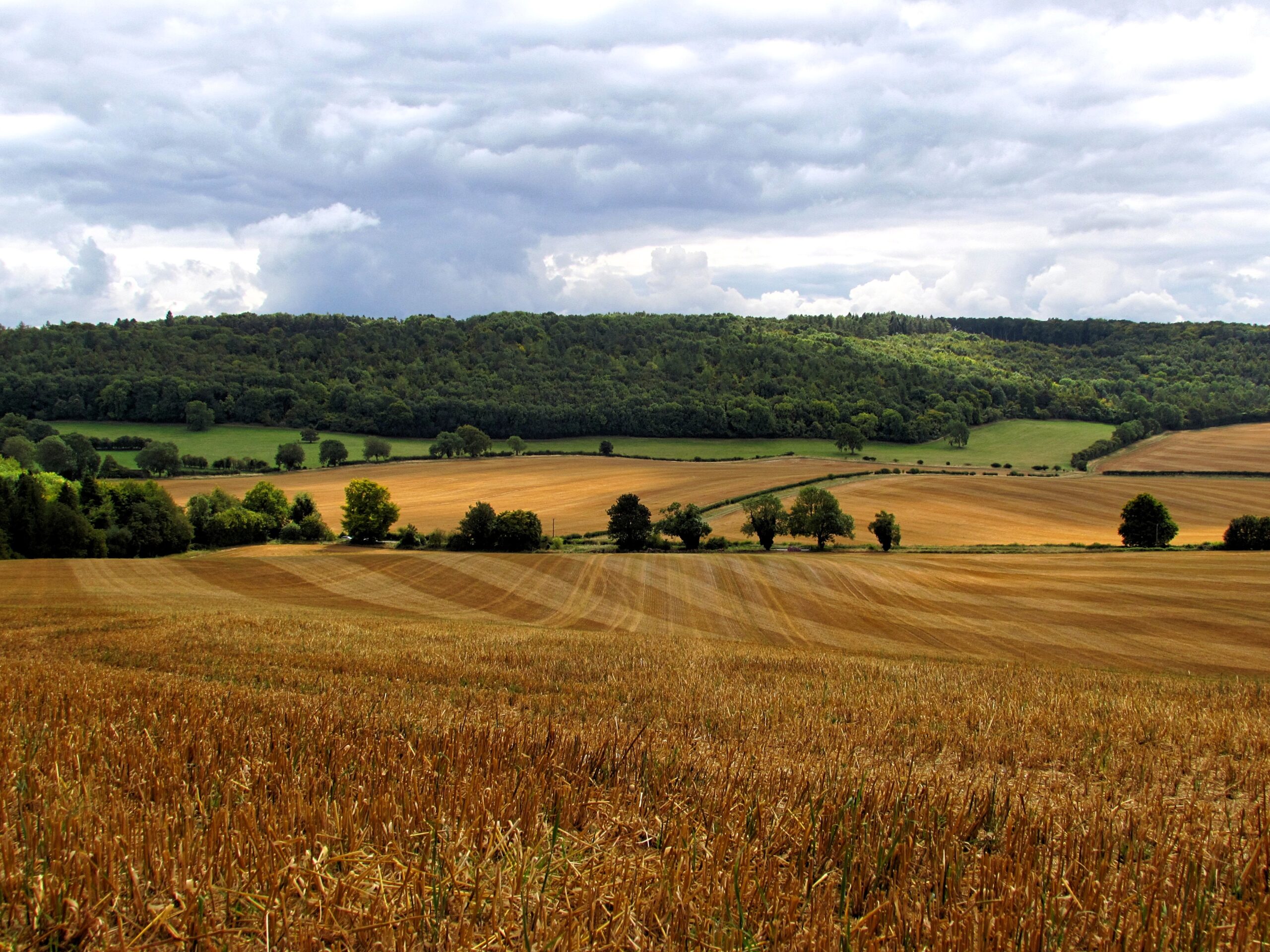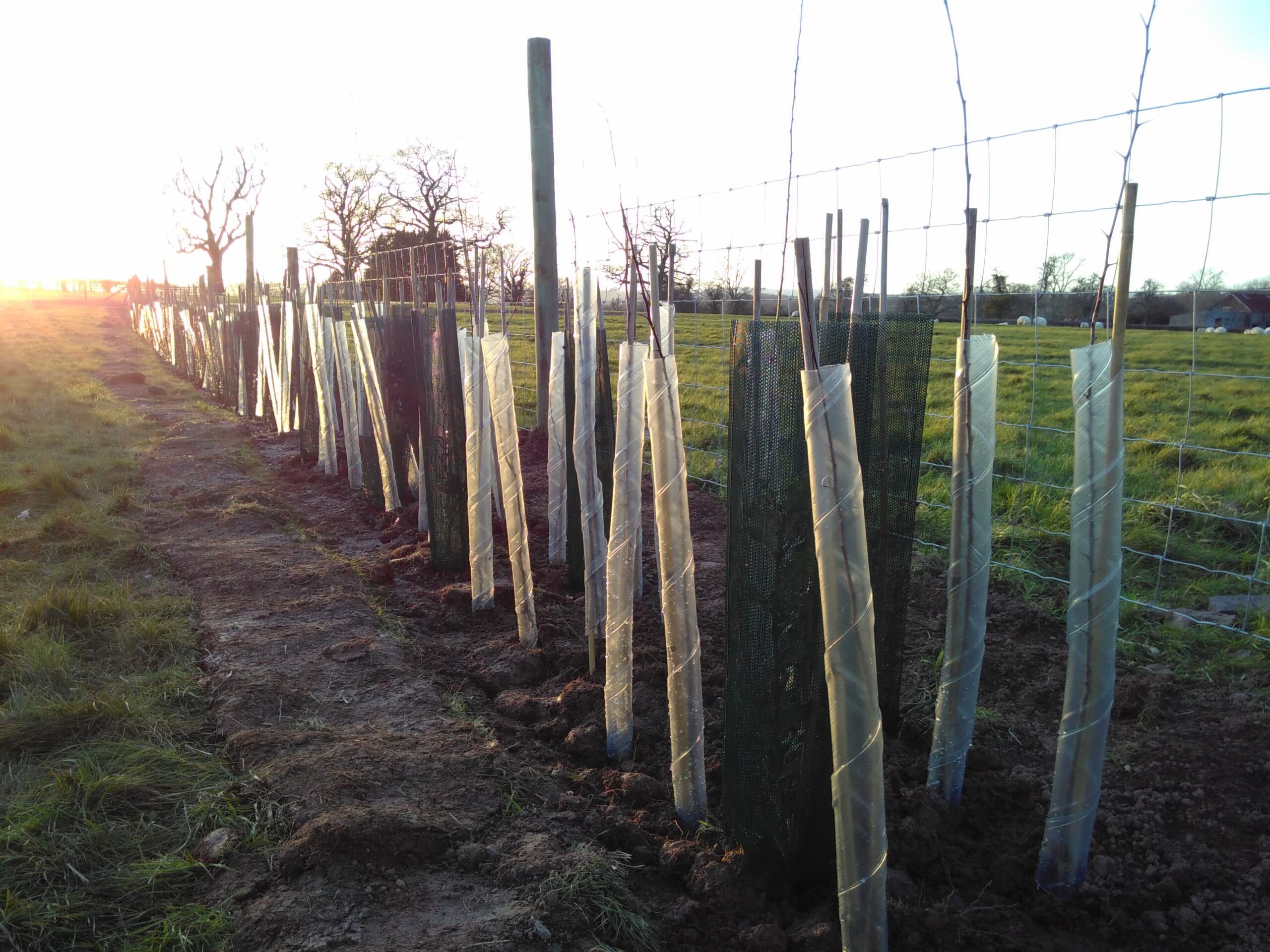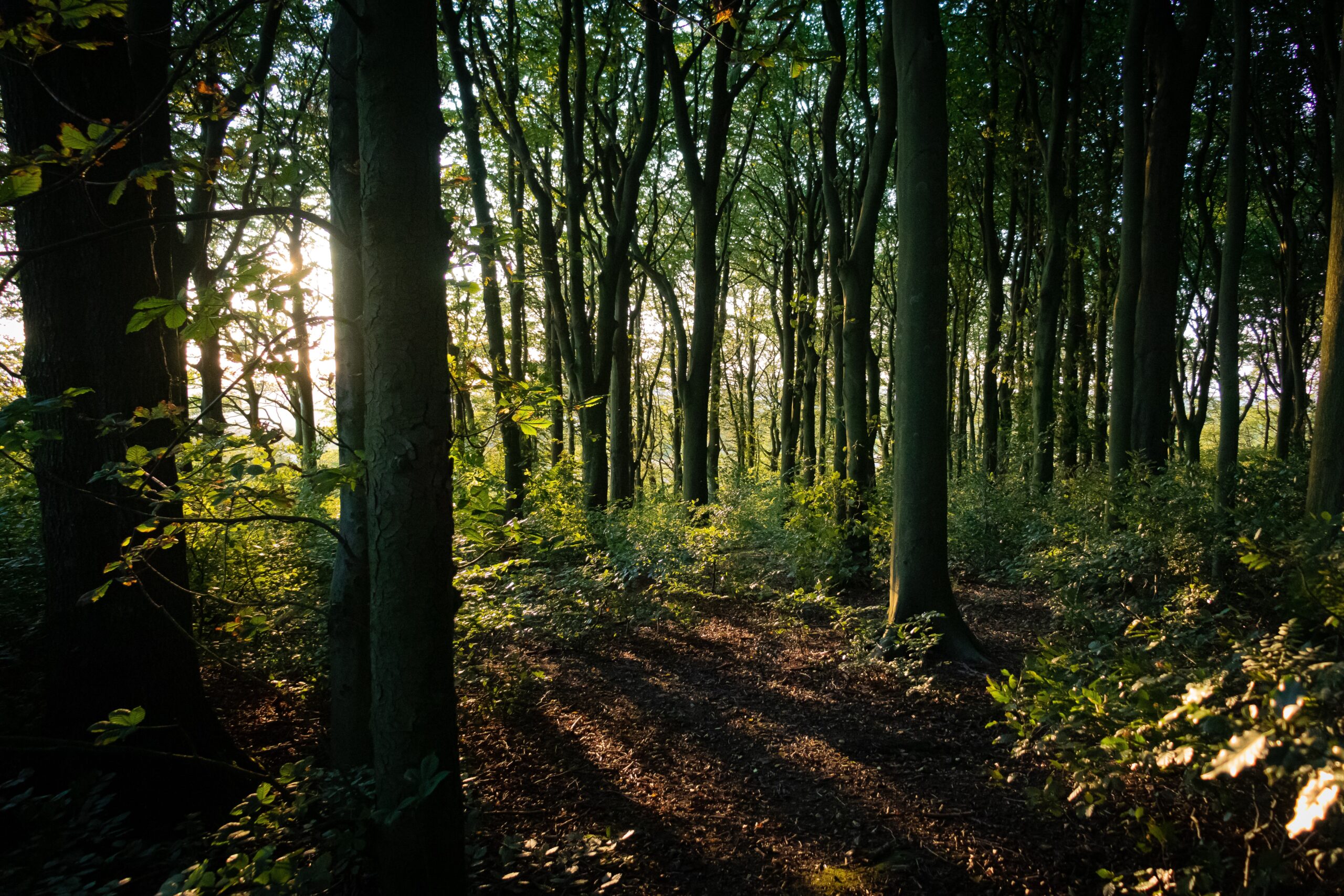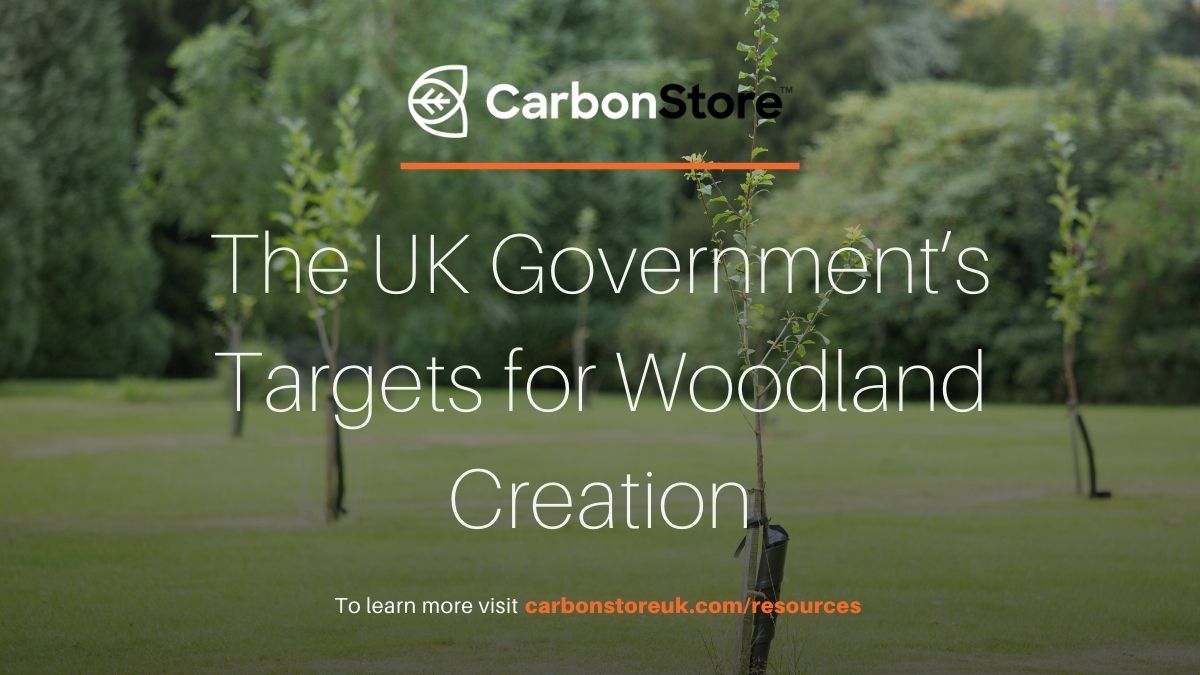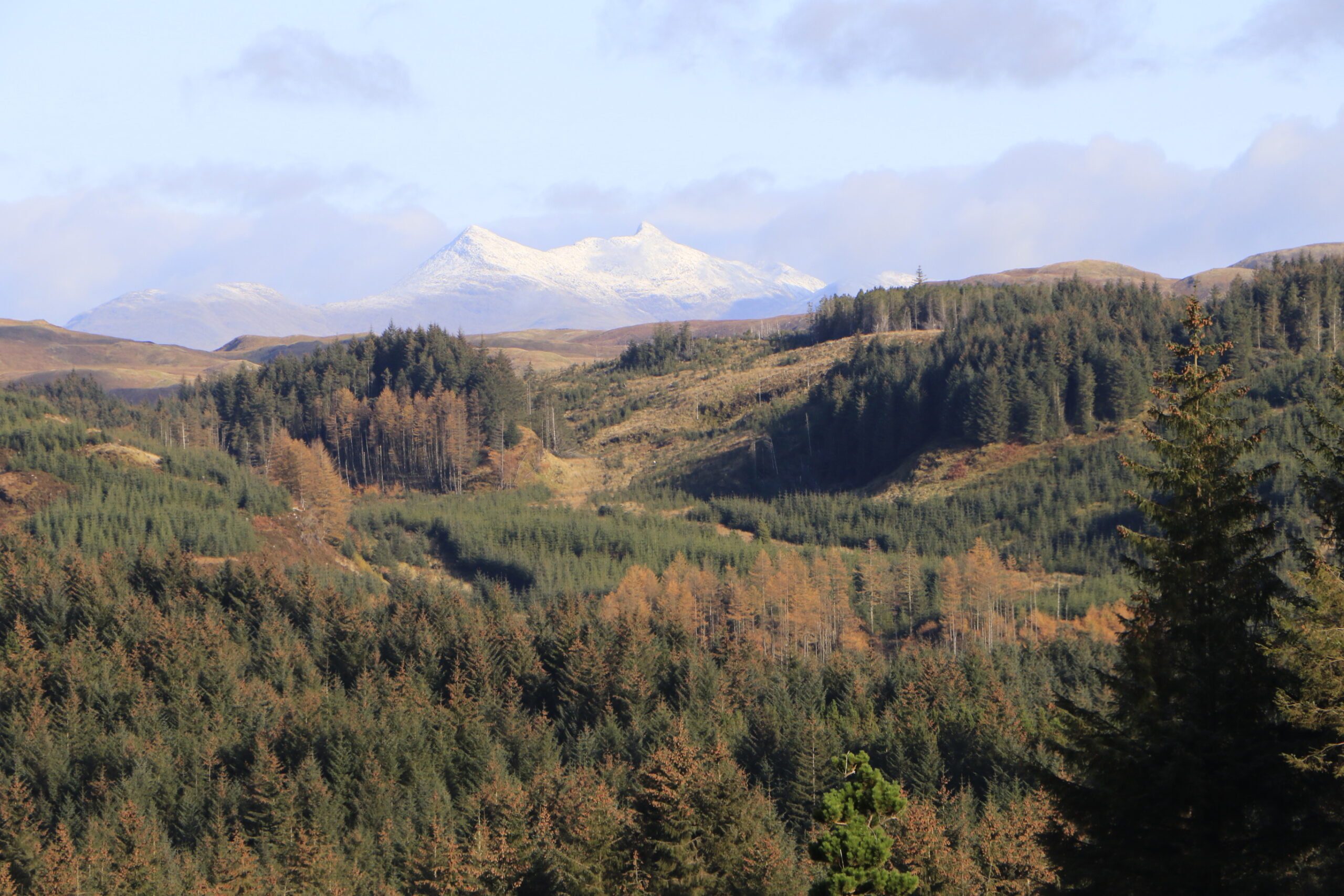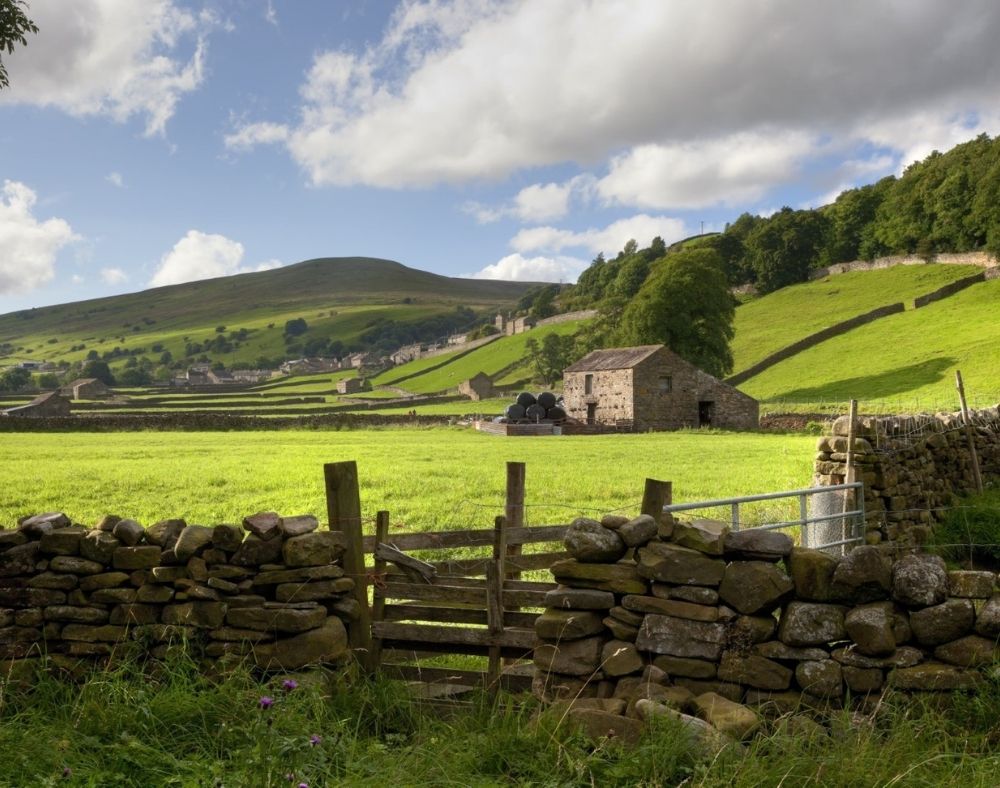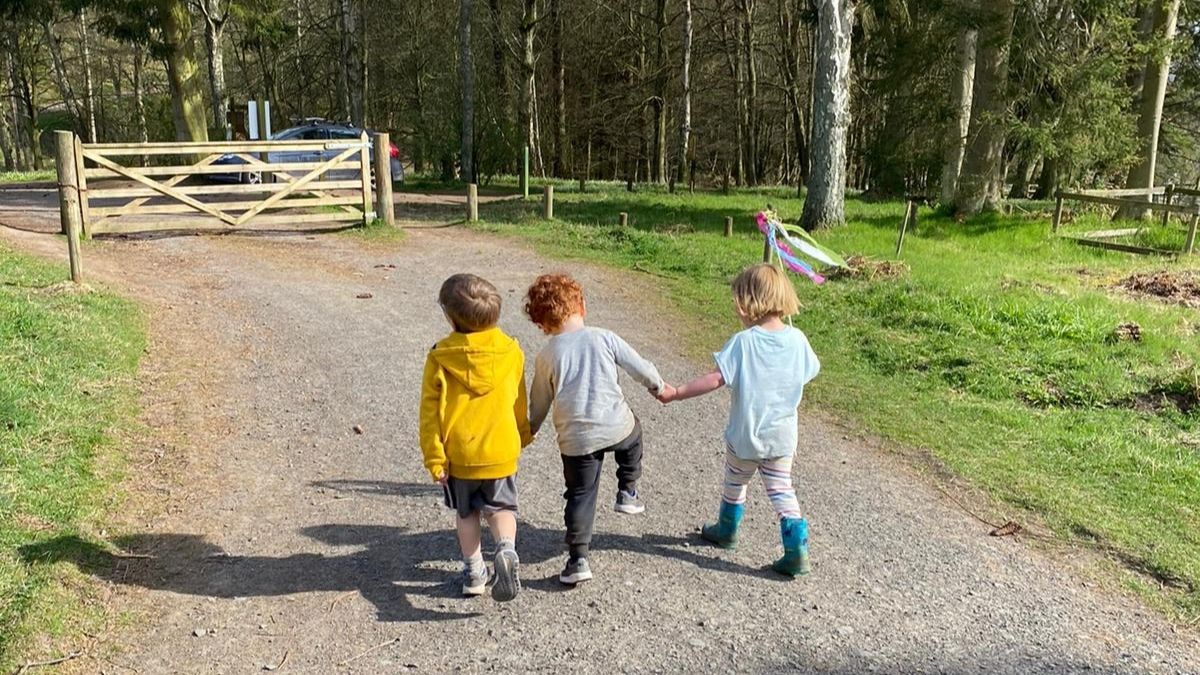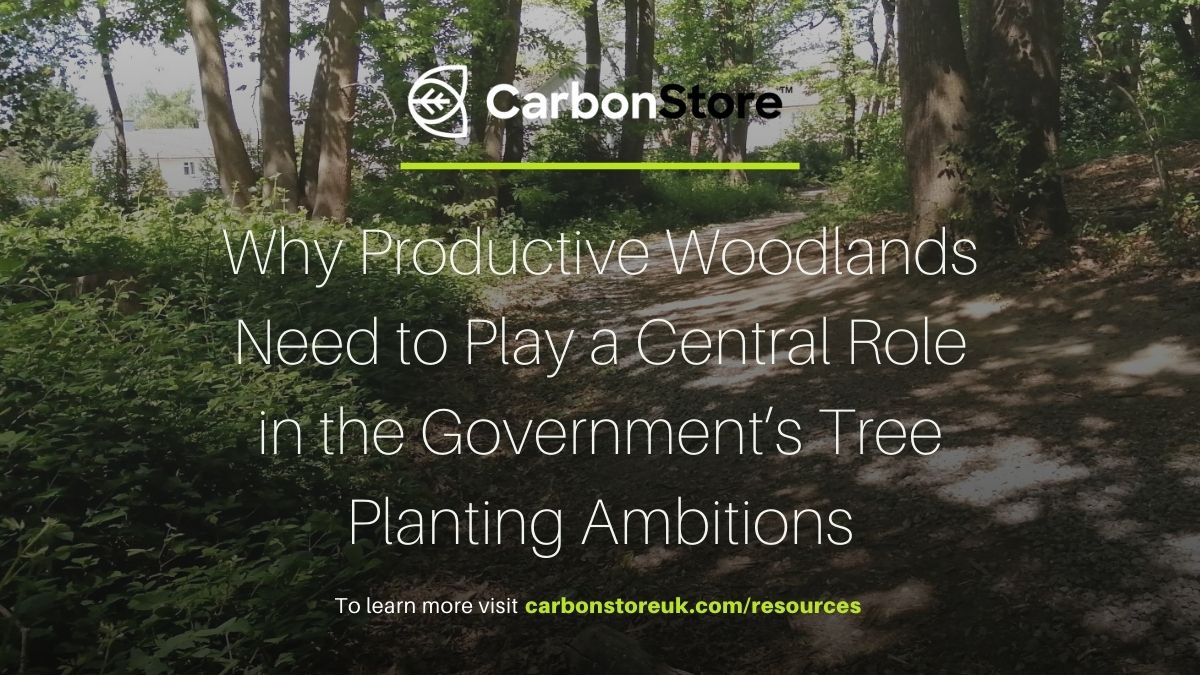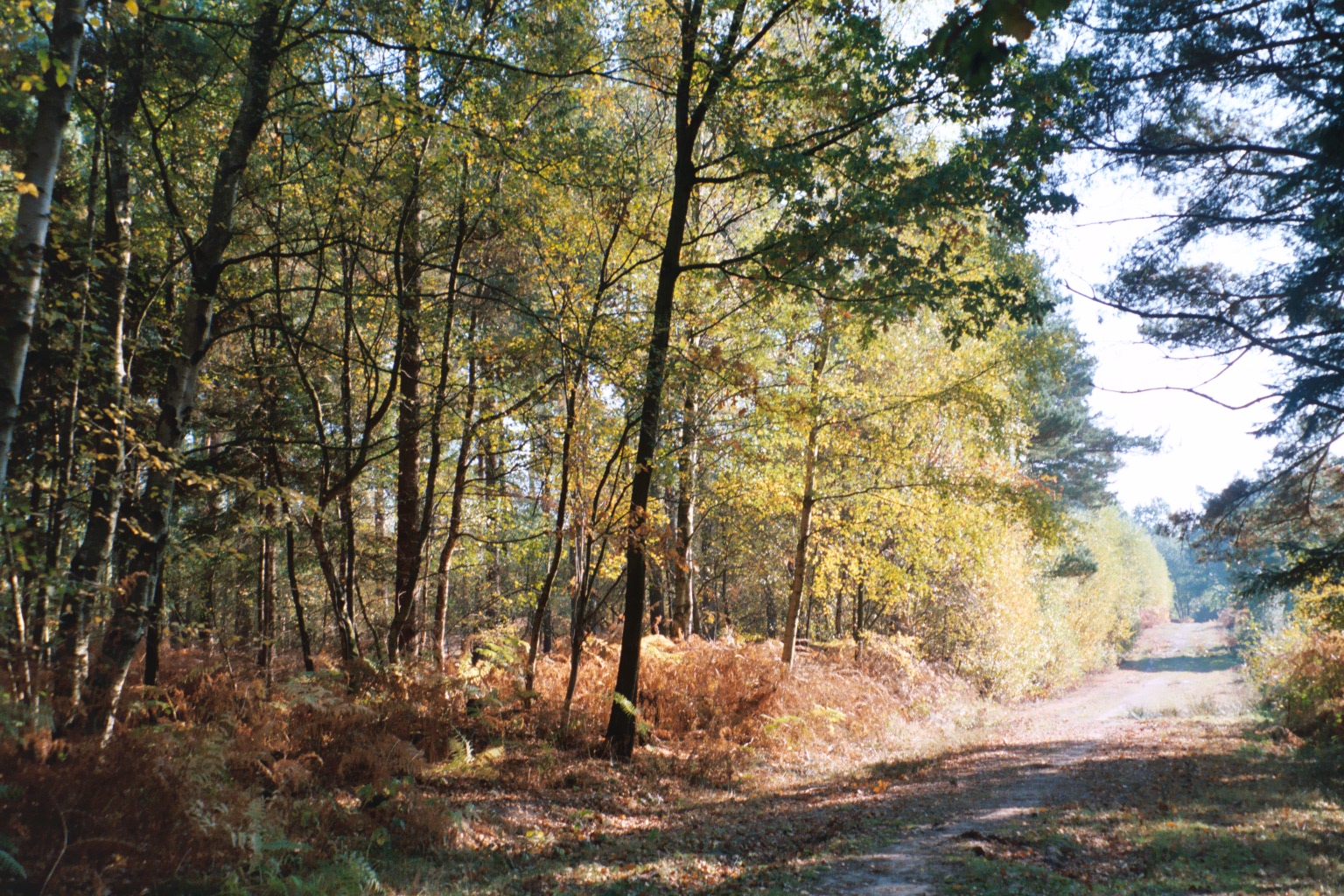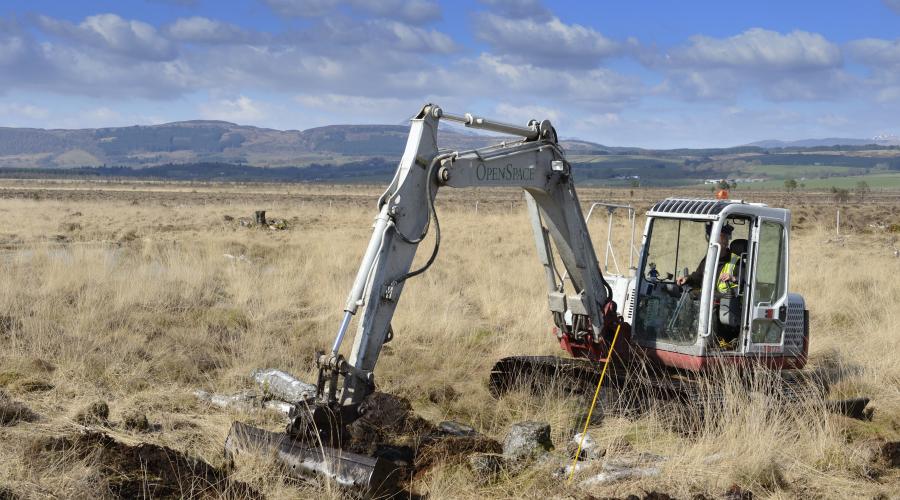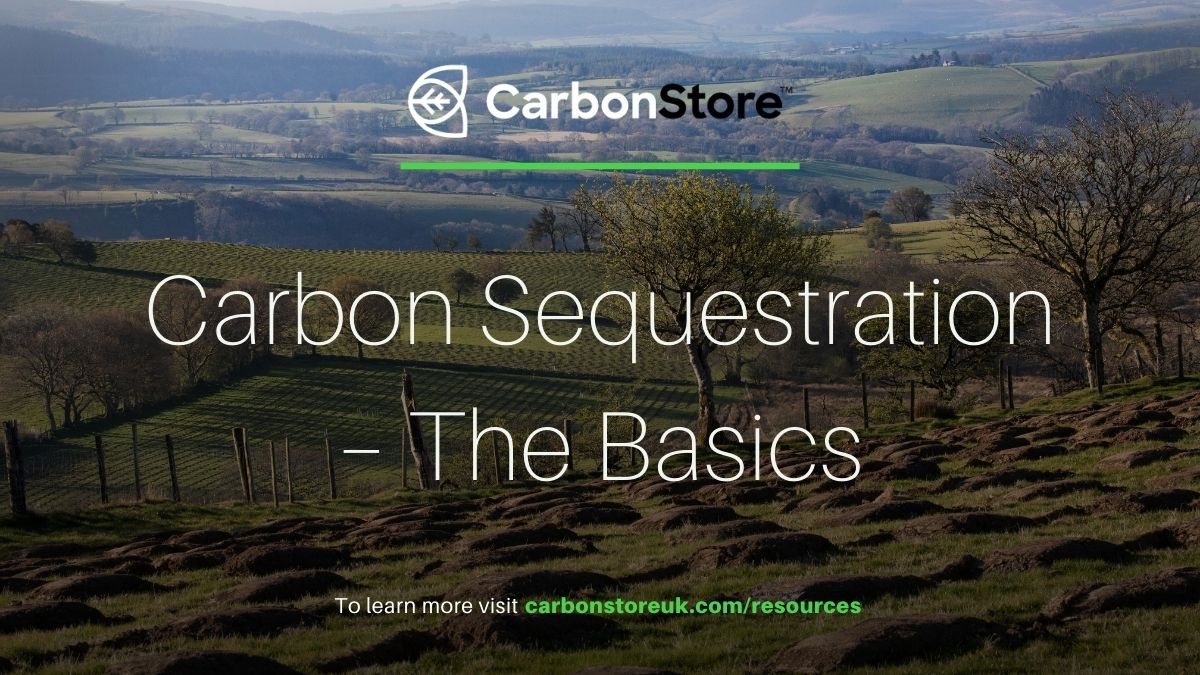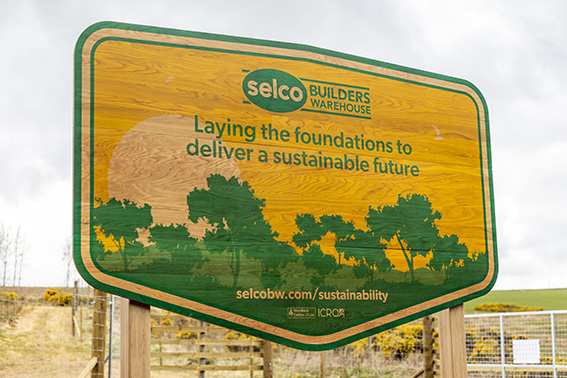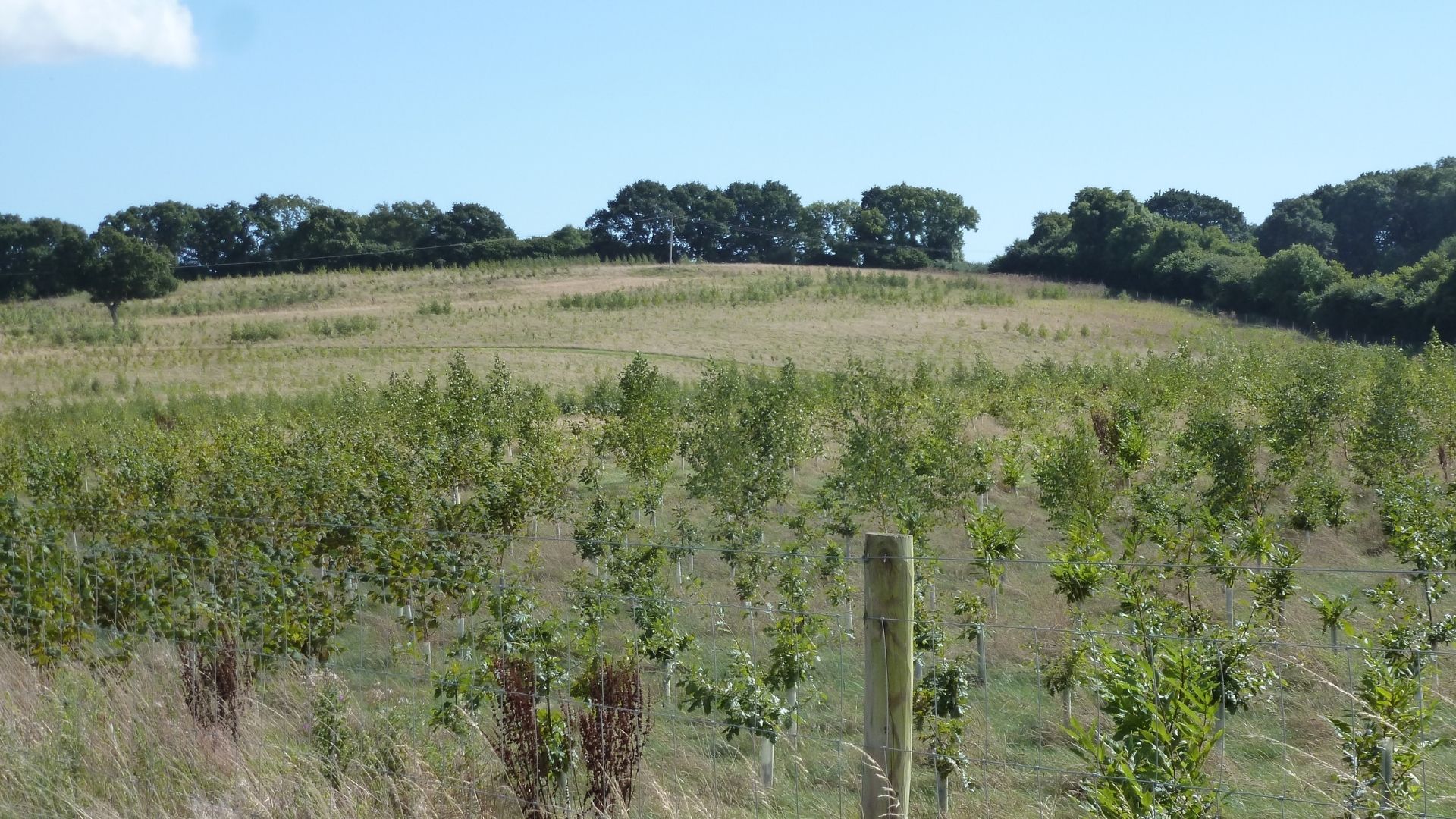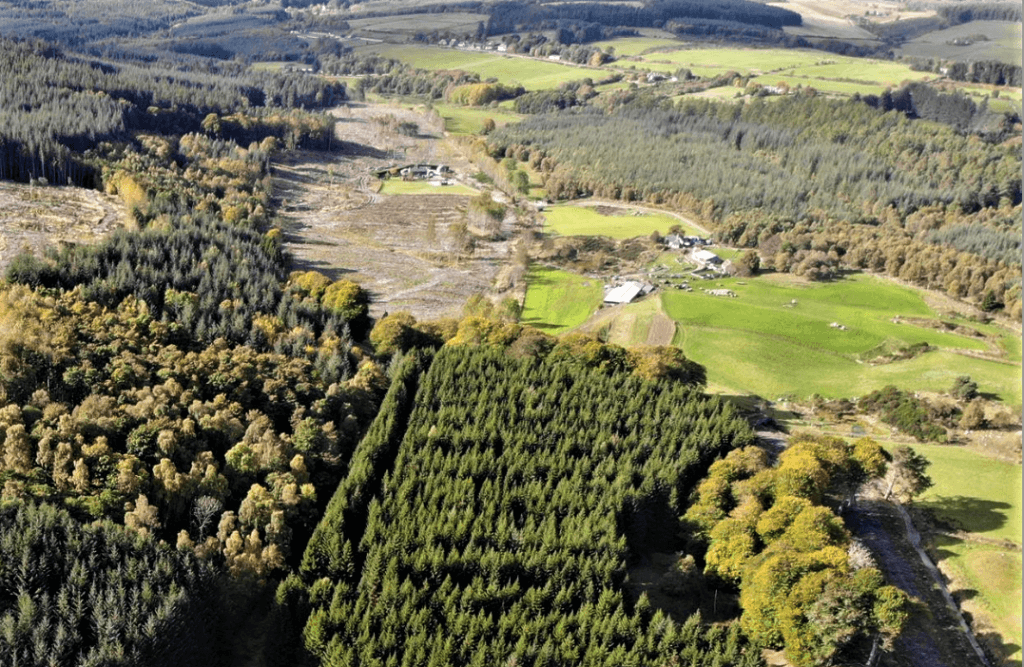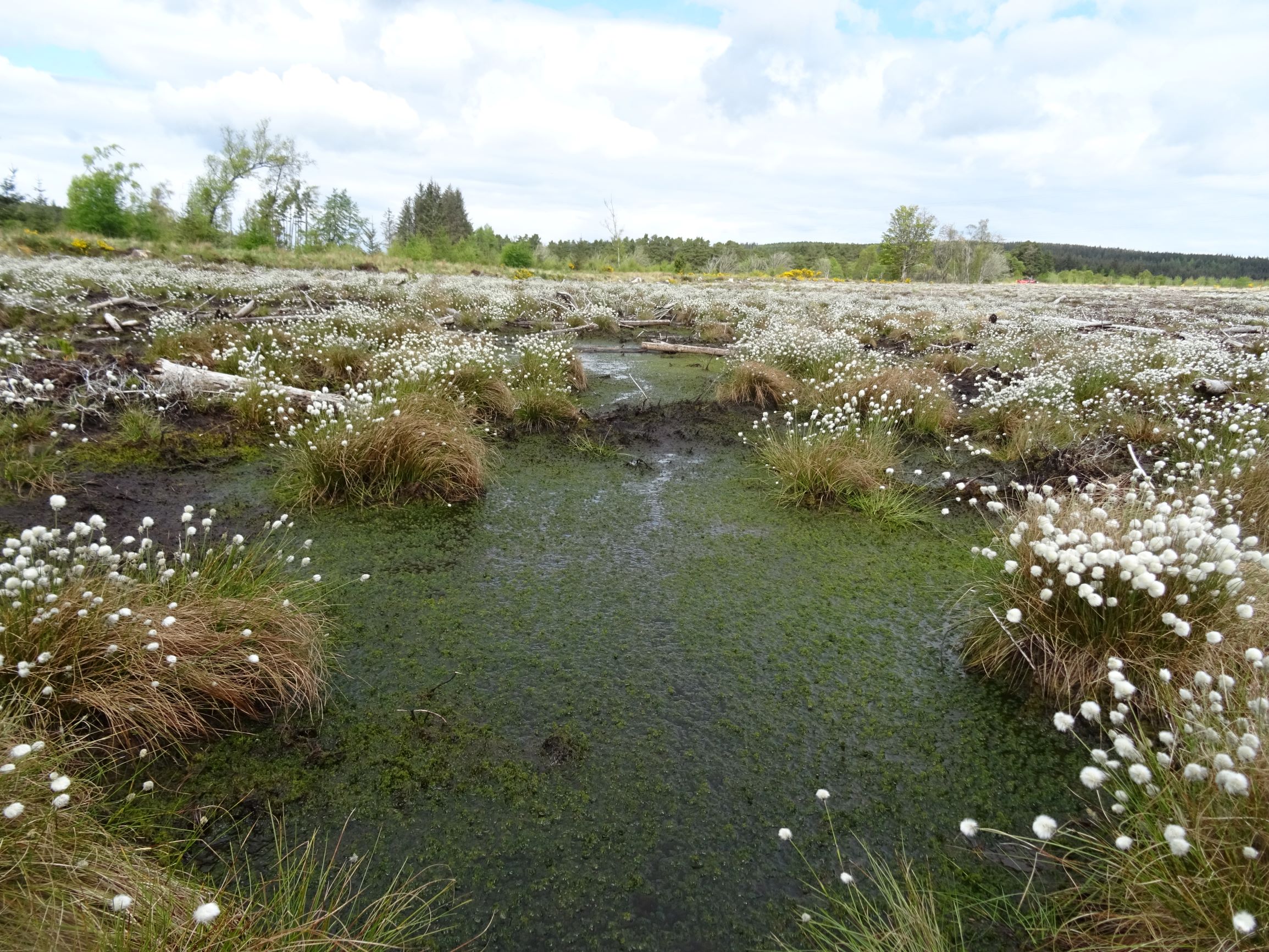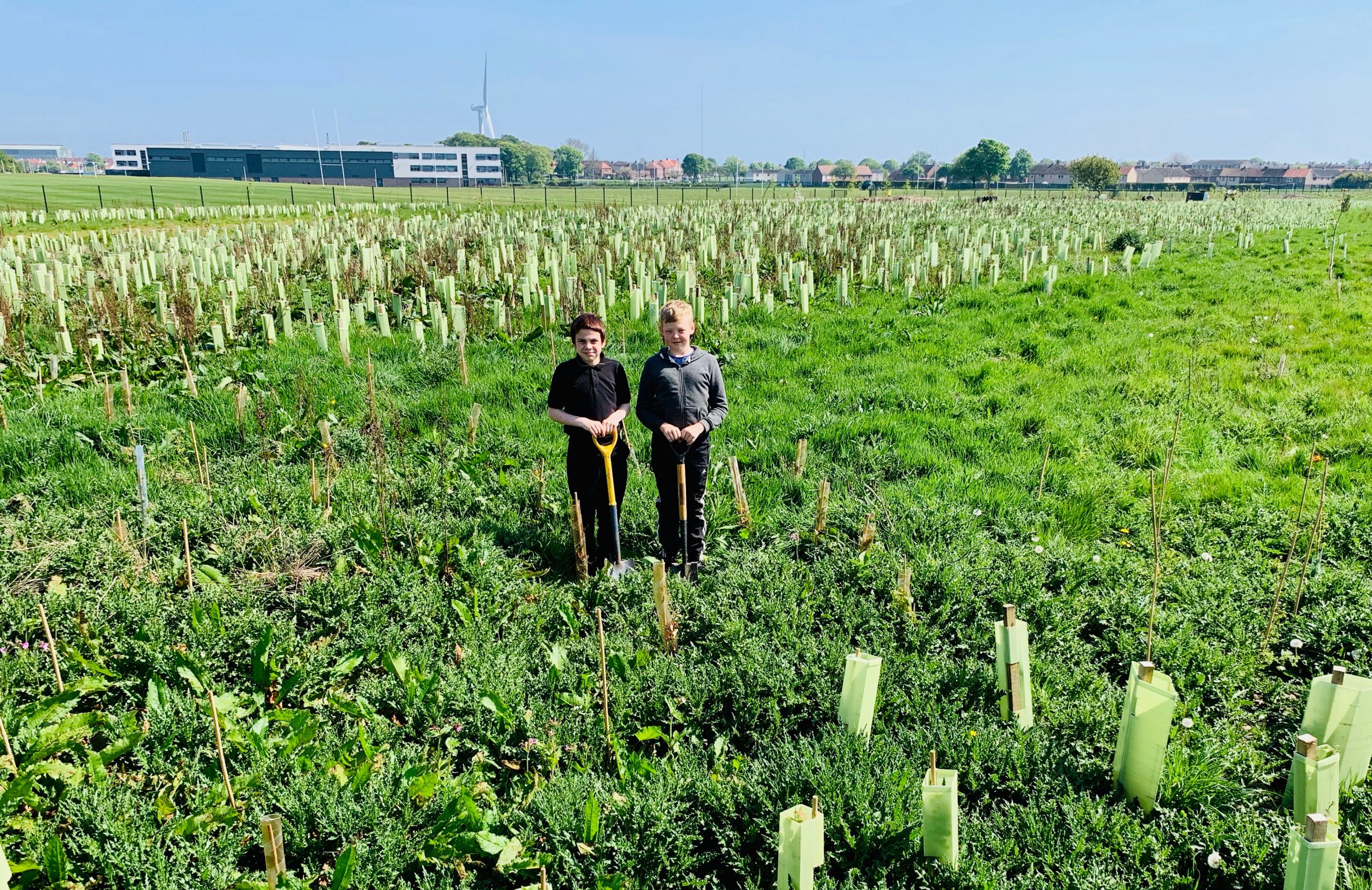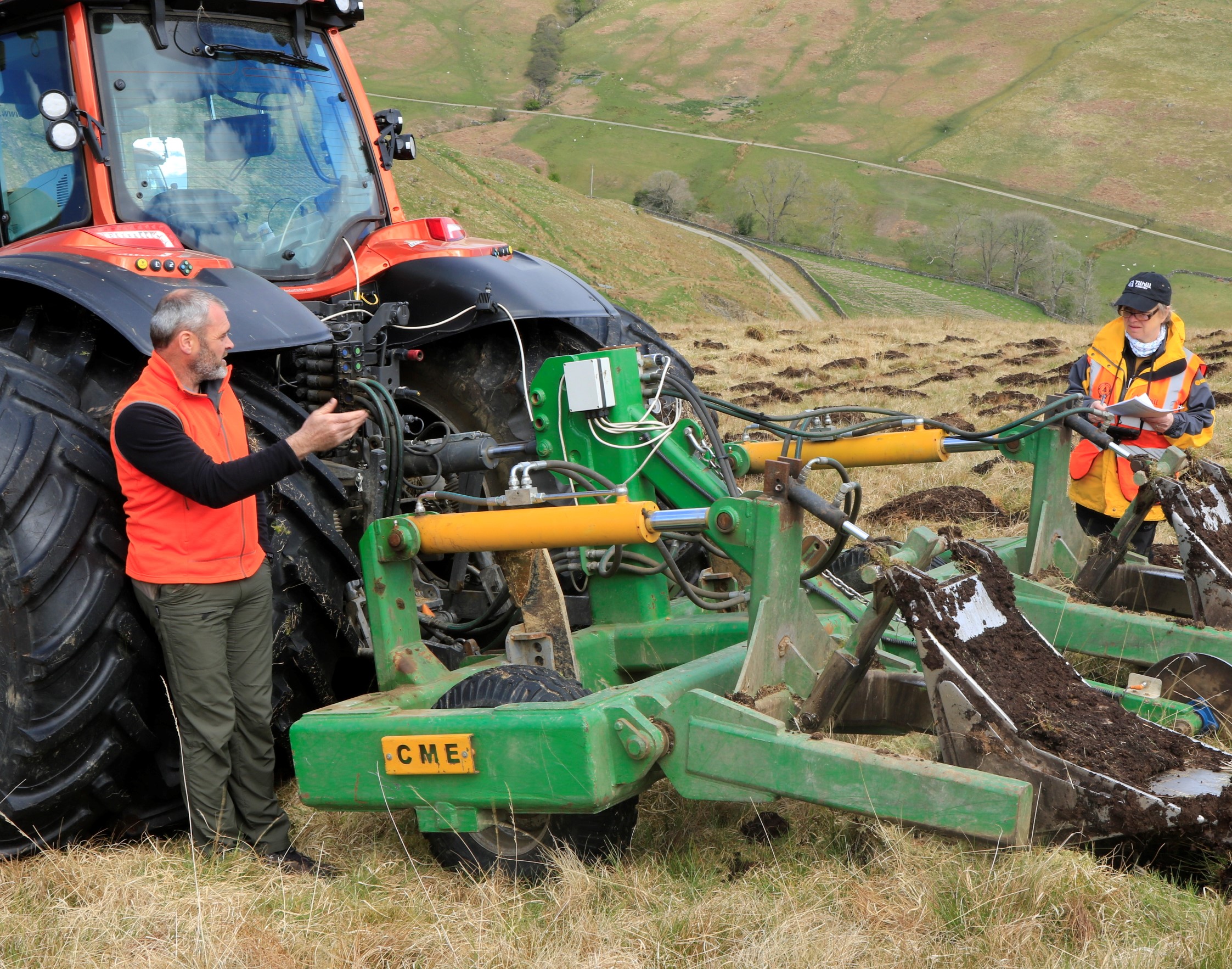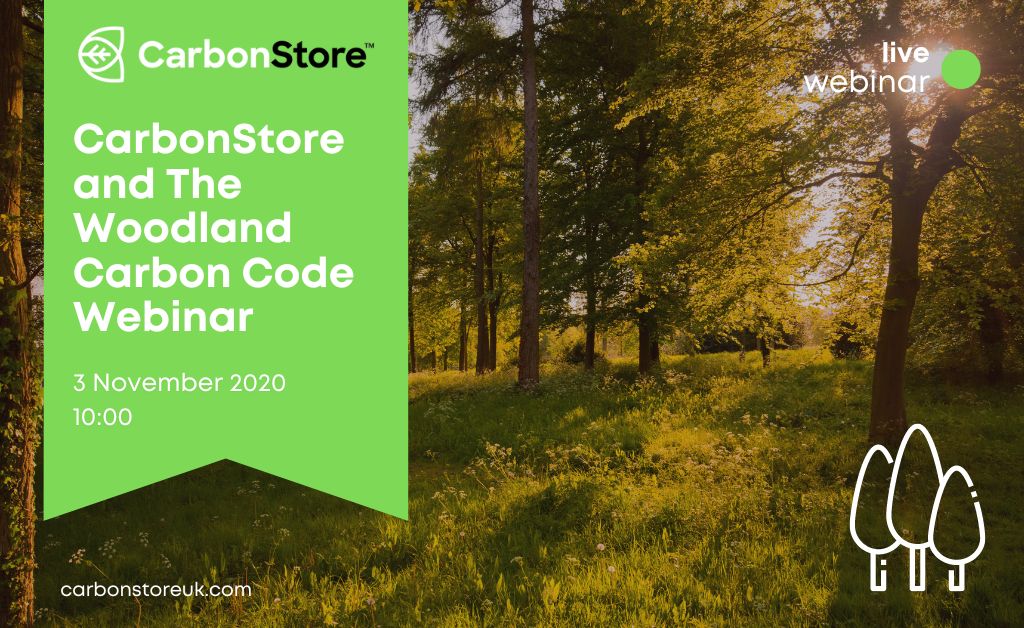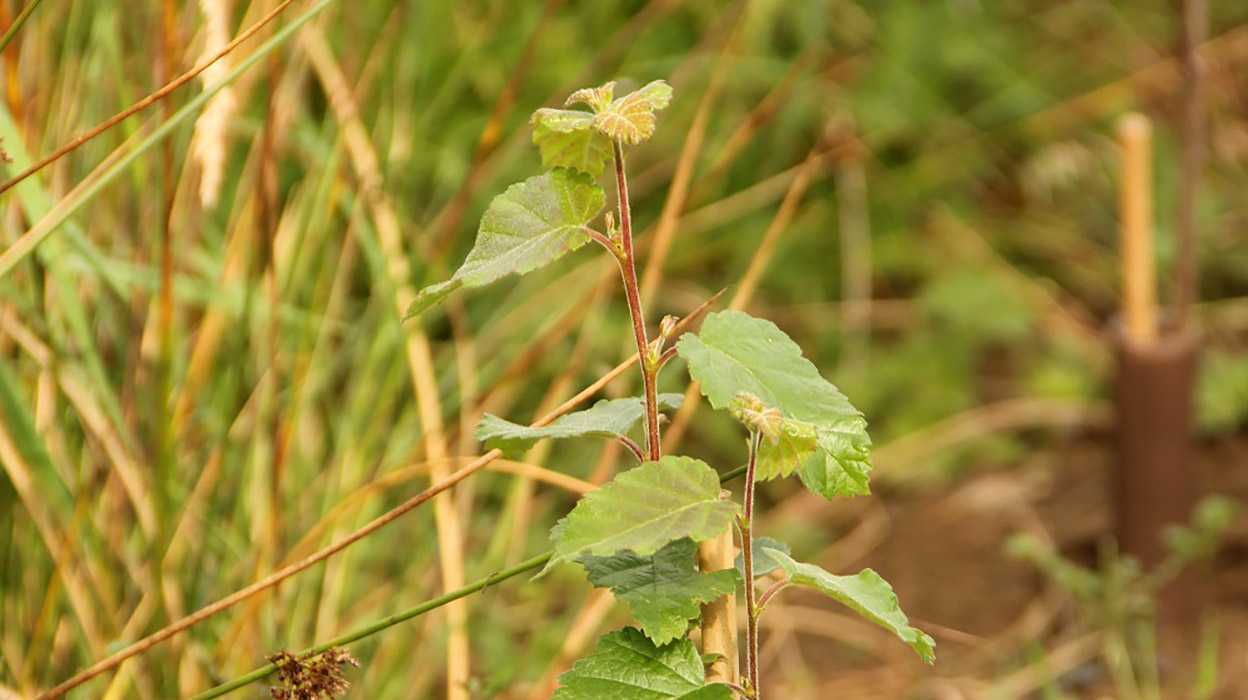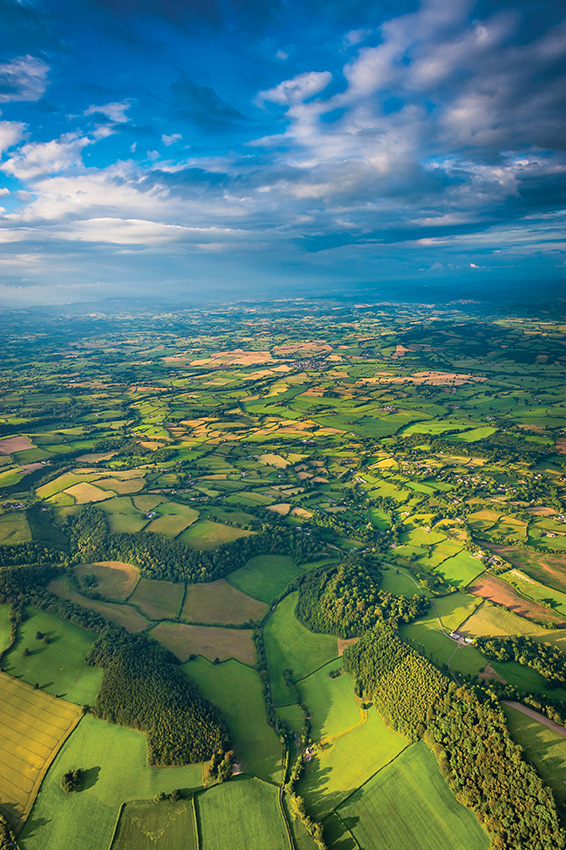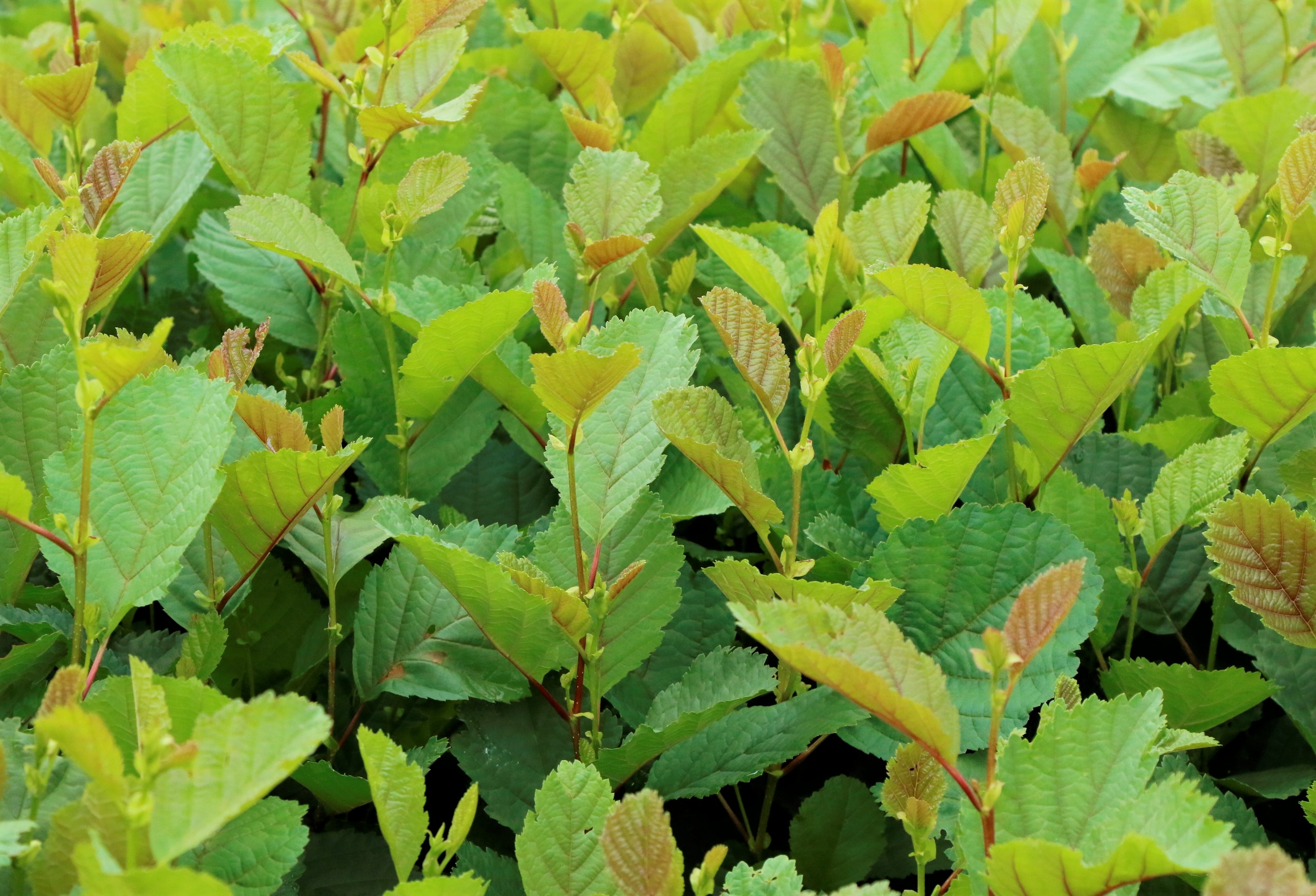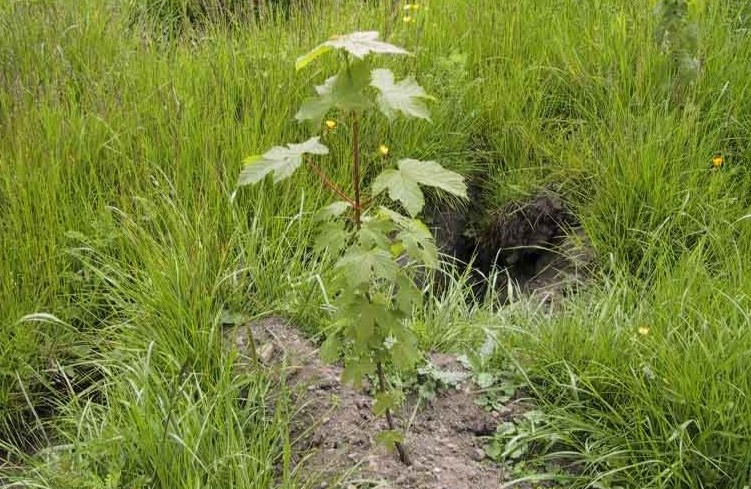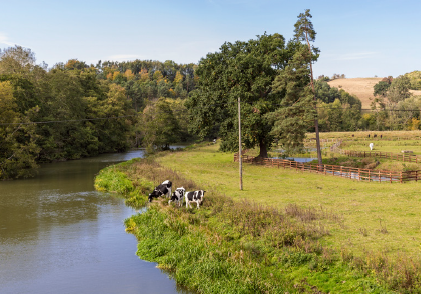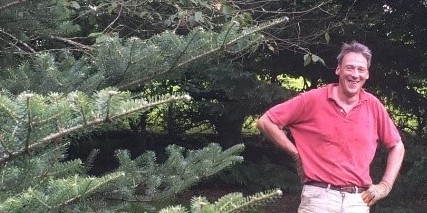Government seeking views on a ban of the retail sale of peat in horticulture by end of this Parliament
Plans to ban the use of peat in horticulture in England and Wales by the end of this Parliament were set out by the Government on 18th December 2021 in an effort to protect precious peatland habitats and meet net zero targets.
Peatlands are the UK’s largest carbon store and are routinely dug up in the UK for horticultural purposes, such as for growing media. Bagged retail growing media accounts for 70% of the peat sold in the UK. When this extraction takes place, the carbon stored inside the bog is released as carbon dioxide, contributing to climate change.
Peat extraction also degrades the state of the wider peatland landscape, damaging habitats for rare species of flora and fauna, and negatively impacting peat’s ability to prevent flooding and filter water.
In a consultation published today, the Government has set out measures to phase out the sale of peat and peat-containing products in the amateur sector by the end of this Parliament. Organisations with an interest in peatland protection, horticultural businesses and associations, and those who import and export peat products, are being asked for their views on new measures to end the use of peat products in horticulture.
The 12-week consultation is also seeking views on:
- Introducing point-of-sale measures for bagged growing media, such as a point-of-sale charge for the purchase of any growing media bag containing peat; and mandatory labelling and point-of-sale material containing detail of the environmental reasons for eschewing products containing peat.
- Mandatory reporting of the volume of peat sold for all sellers of peat and peat containing products.
- Potential exemptions, including for scientific purposes and a maximum amount of peat allowed in certain products, which will need to be strictly defined and enforced to prevent exploitation.
Sustainable alternatives to peat which are of comparable quality to peat-based products are currently available. These are often made up of peat-free materials derived from more sustainable sources, for example wood fibre and bark, green compost, wool, coir and other materials.
Environment Minister Rebecca Pow said:
Our peatlands are an incredibly valuable natural resource. They play a crucial role in locking up carbon, provide habitats for wildlife and help with flood mitigation.
The amateur gardening sector has made huge strides in reducing peat use and there are now more sustainable and good quality peat-free alternatives available than at any other time, so I am confident now is the right time to make the shift permanent.
Today’s consultation directly contributes towards the Government’s net zero carbon emissions target. The protection of our peatlands will also help us deliver on commitments in the 25 Year Environment Plan whilst also preserving these landscapes for future generations.
Tony Juniper, Chair of Natural England, said:
Our peatlands exemplify the multiple benefits society can reap from healthy natural systems. Healthy peatlands are among our most precious habitats, offering a home to some our scarcest plants and animals. They comprise diverse landscapes too, located not only in our remote uplands but also in lowland areas, such as fens.
Peatlands are also among our most beautiful landscapes, including in the National Parks and Areas of Outstanding Natural Beauty, that we hope even more people will enjoy during the years ahead. By restoring peatlands, we can protect and increase all of these valuable benefits.
We are proud to be able to deliver the next round of funding for the Discovery Grants, which will unlock barriers faced for smaller, up and coming projects and will make a major difference to protecting these precious habitats. This will contribute to building a wider Nature Recovery Network across the entire country.
Welsh Minister for Rural Affairs Lesley Griffiths said:
The protection of our peatlands is an important element of our Net Zero plans. They are a valued and precious part of our landscape, and play a vital role in capturing carbon. With many alternatives to peat available for amateur gardeners, it is a good time to look at making the shift from using peat in our gardens and to launch this consultation. We are already supporting projects to restore and protect our peatlands in Wales through our five year National Peatland Action Programme (NPAP), which I launched in November of last year. In the first year alone of the NPAP, we have invested over £1.5m in capital funding ensuring over 650ha of peatlands are on a restoration pathway.
The Government has also awarded funding of over £4 million to help groups develop new projects seeking to restore peatland systems to a natural and healthy state at a landscape scale. The funding will be delivered by Natural England and will help unlock barriers to peatland restoration, enabling projects that would struggle to gain funding to be in a position to apply for future rounds of peat restoration funding. Grants have been awarded to 10 projects from across the country including in the Fens, Dorset, Somerset and Yorkshire.
Some of these projects are:
- Working closely with landowners across three Internal Drainage Boards, the National Institute of Agricultural Botany (NIAB) aims to use the funding to unlock barriers to restoration and develop proposals for a further Nature for Climate Peatland Grant for 500-1,500 ha of agriculturally-managed lowland fen peatland within a total area of 11,220 hectares in Cambridgeshire.
- The Broads Authority in Norfolk is working on the Broads Peatland Partnership to develop a whole new approach to peat management and carbon storage in The Broads; rewetting degraded peat, adopting paludiculture* and delivering additional ecosystem benefits.
- The Moors for the Future Partnership aims to develop restoration plans for 63 individual sites across the Dark Peak, Southern Pennines, West Pennines and South West Peak Staffordshire Moorlands, covering 37,614 ha of upland catchment habitat. The work will include addressing knowledge gaps in the peat resource and extensive stakeholder engagement to contribute to restoration project planning and development.
With only 13% of peatland in a near-natural state in England, Government announced the England Peat Action Plan earlier this year, setting out plans to restore, sustainably manage and protect peatlands. This will enable the restoration of at least 35,000 hectares of peatland by 2025, supported by the Nature for Climate Peatland Grant Scheme. The Government has also invested £2.7 million in the Great North Bog, a large-scale peatland restoration initiative across our sweeping expanse of blanket bog in the north of England.
Today’s announcement is part of the Government’s commitments to tackle the twin threat of biodiversity and climate change. The Environment Act will deliver the most ambitious environmental programme of any country on earth and drive forward action to protect nature and improve biodiversity, including through a target for species abundance for 2030, aiming to halt the decline of nature.
The consultation closes on 18th March and can be found online at this link.

